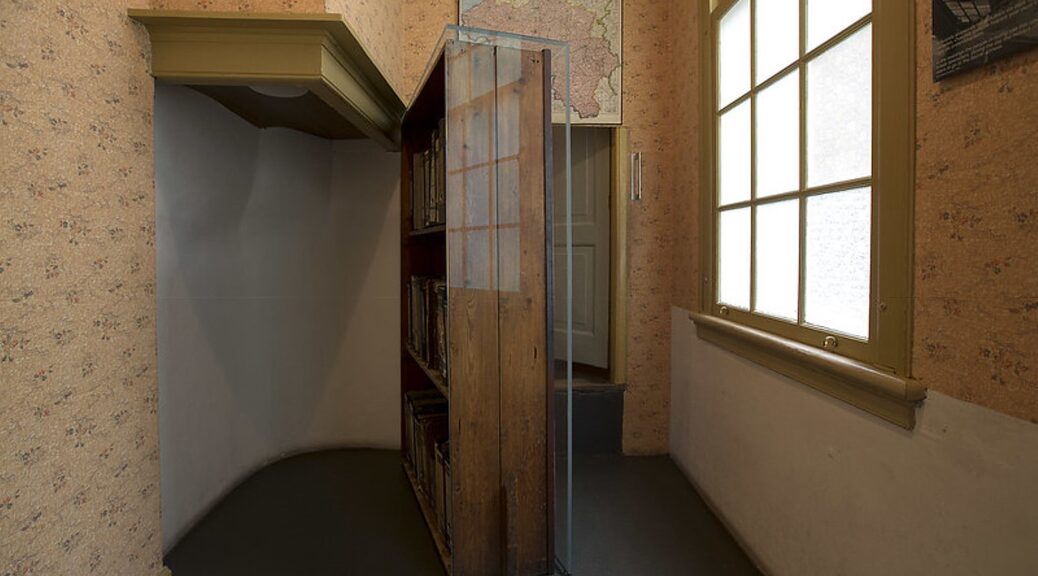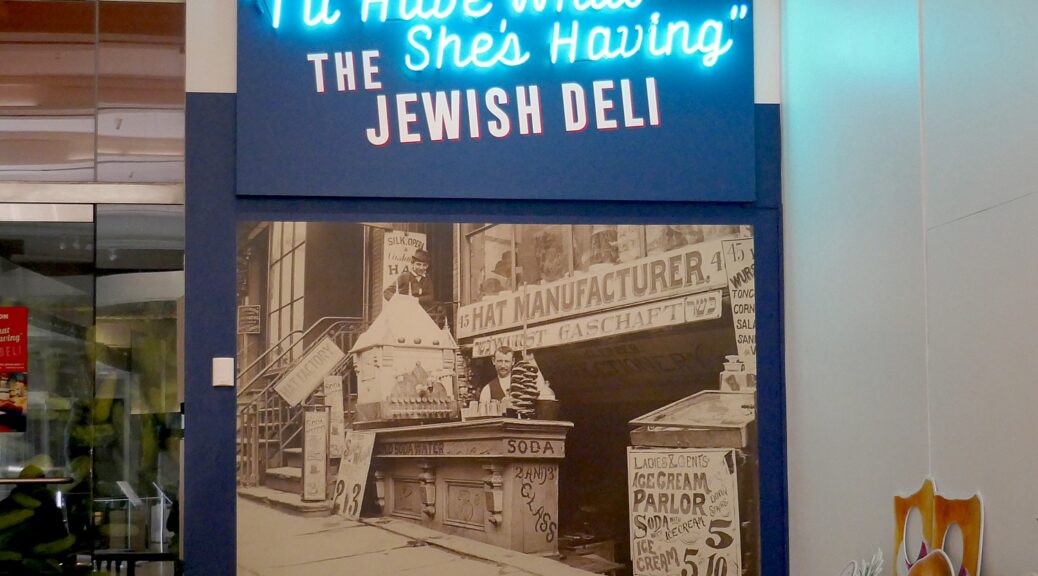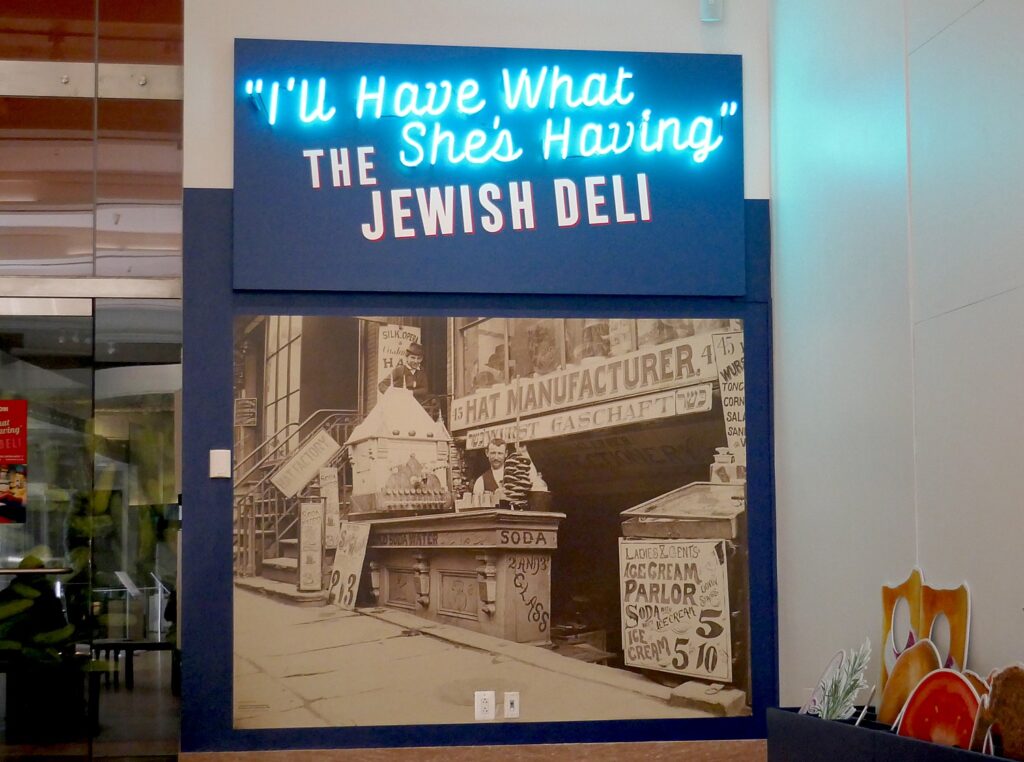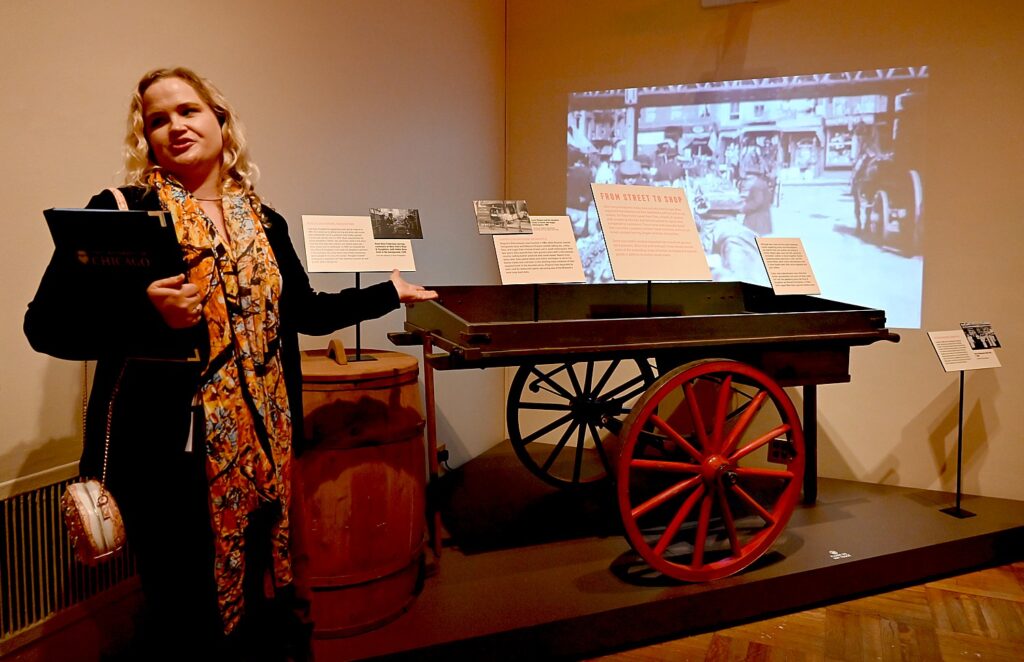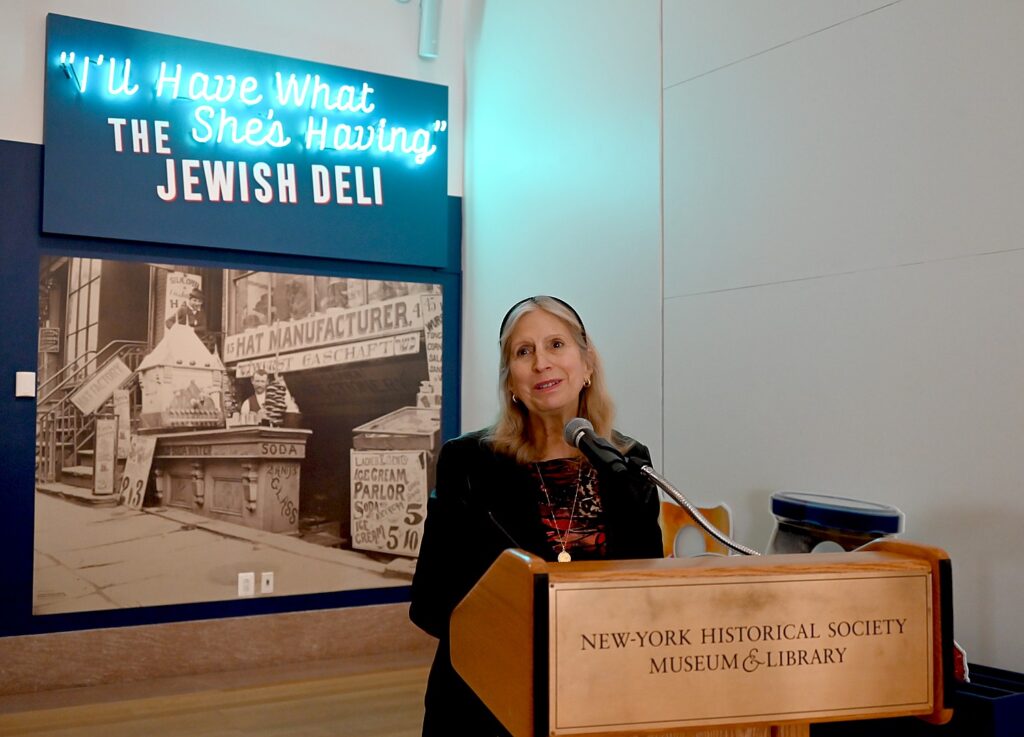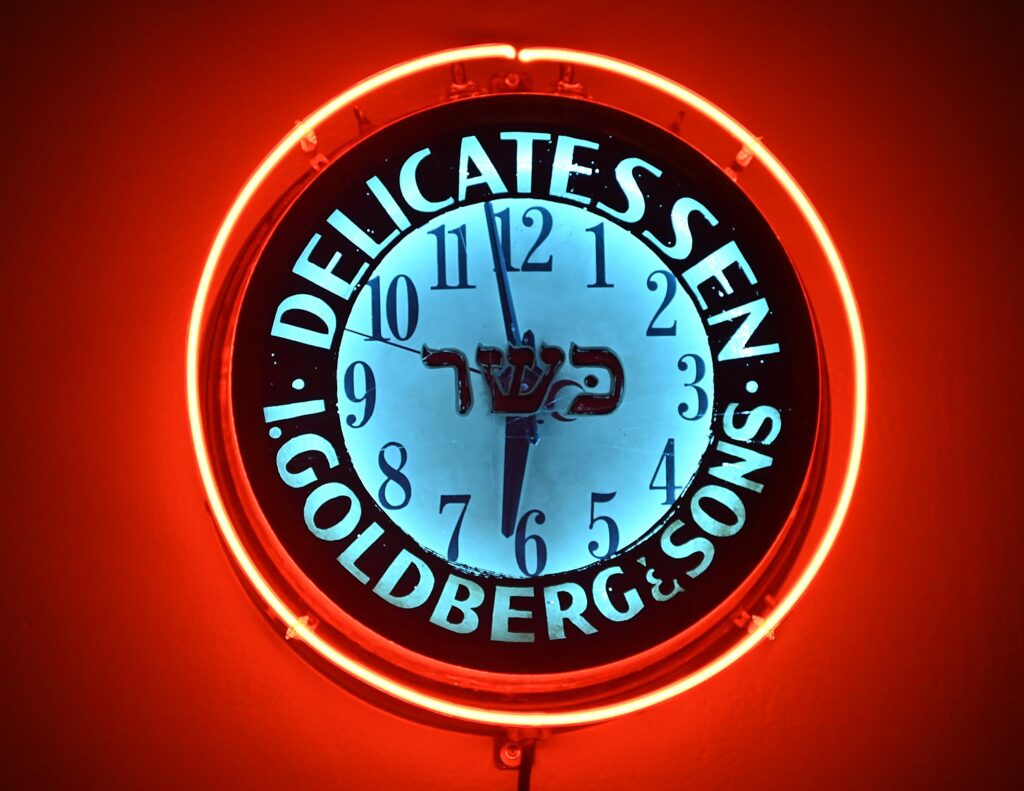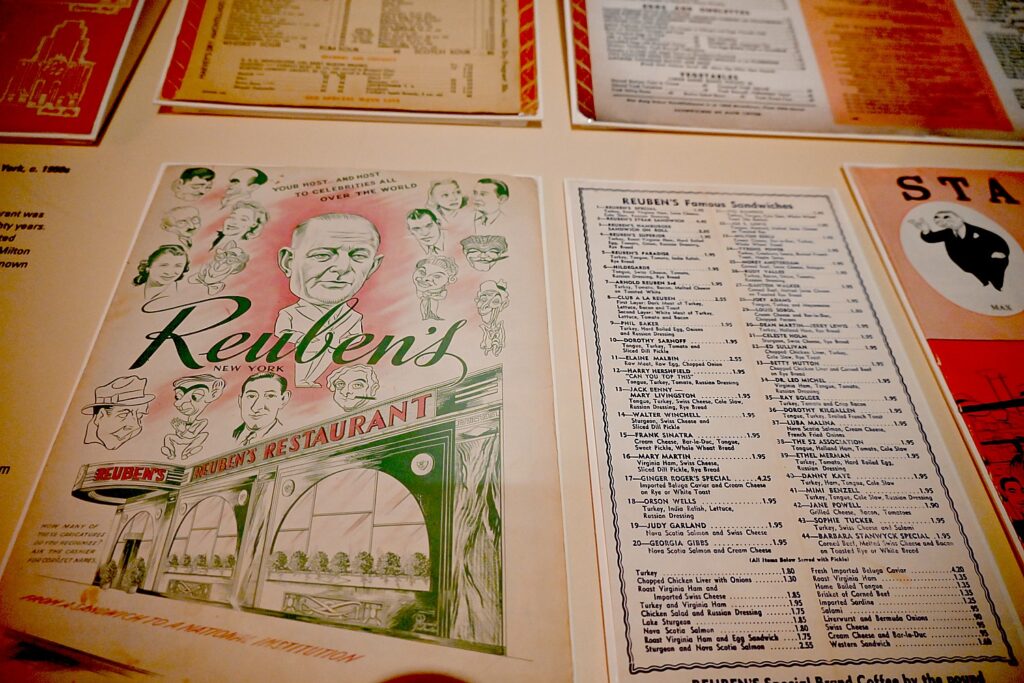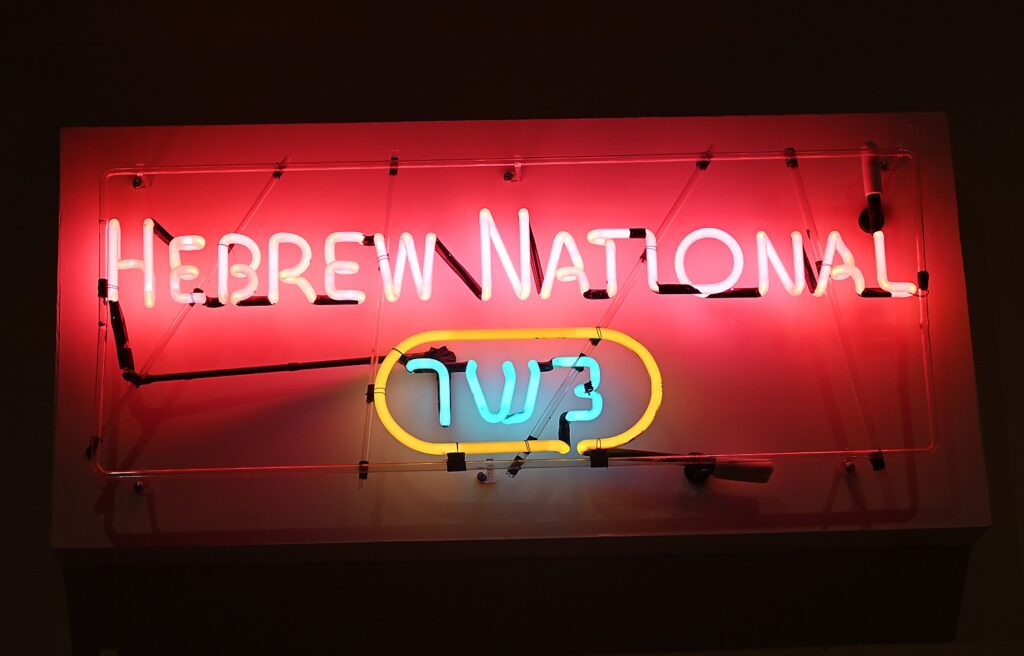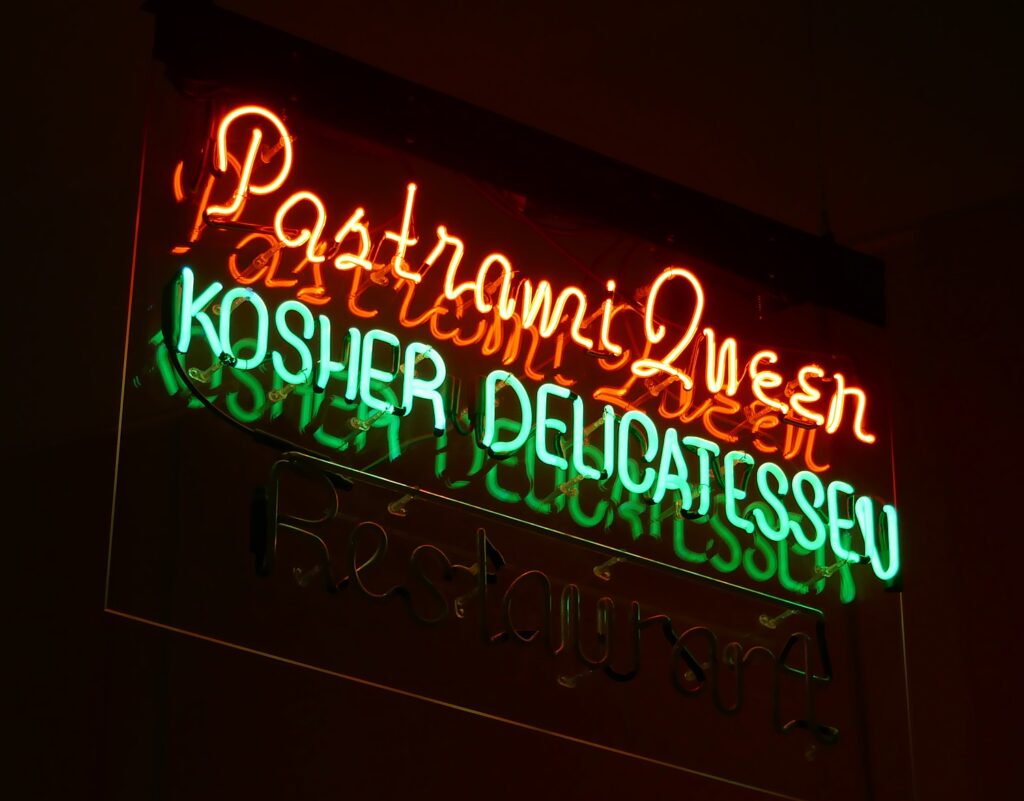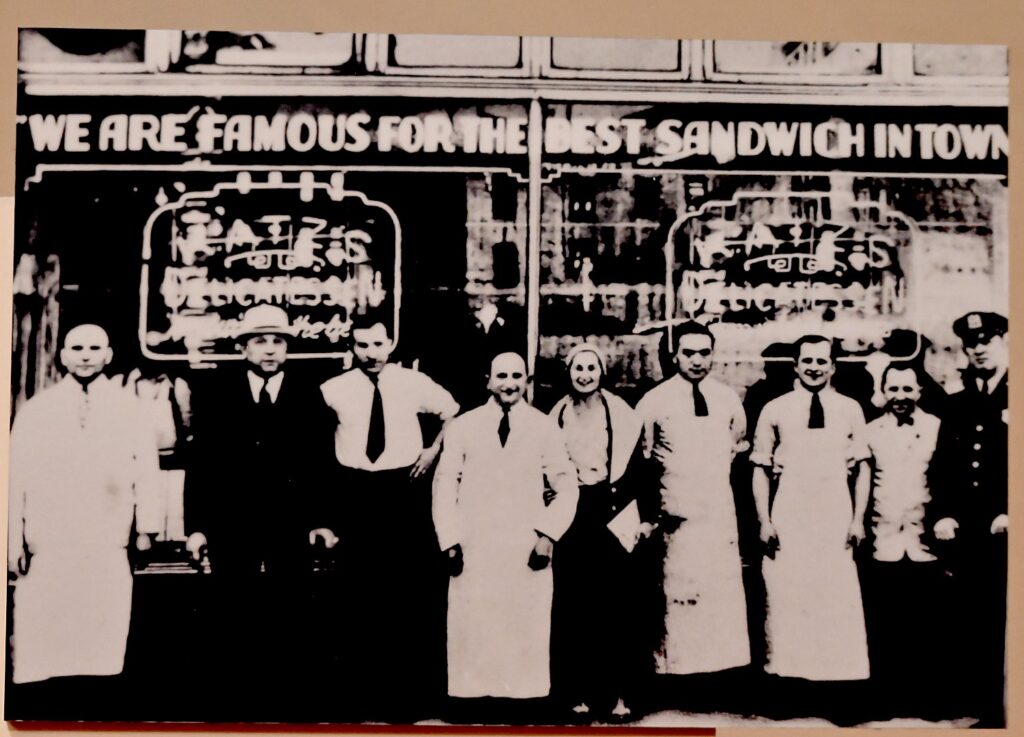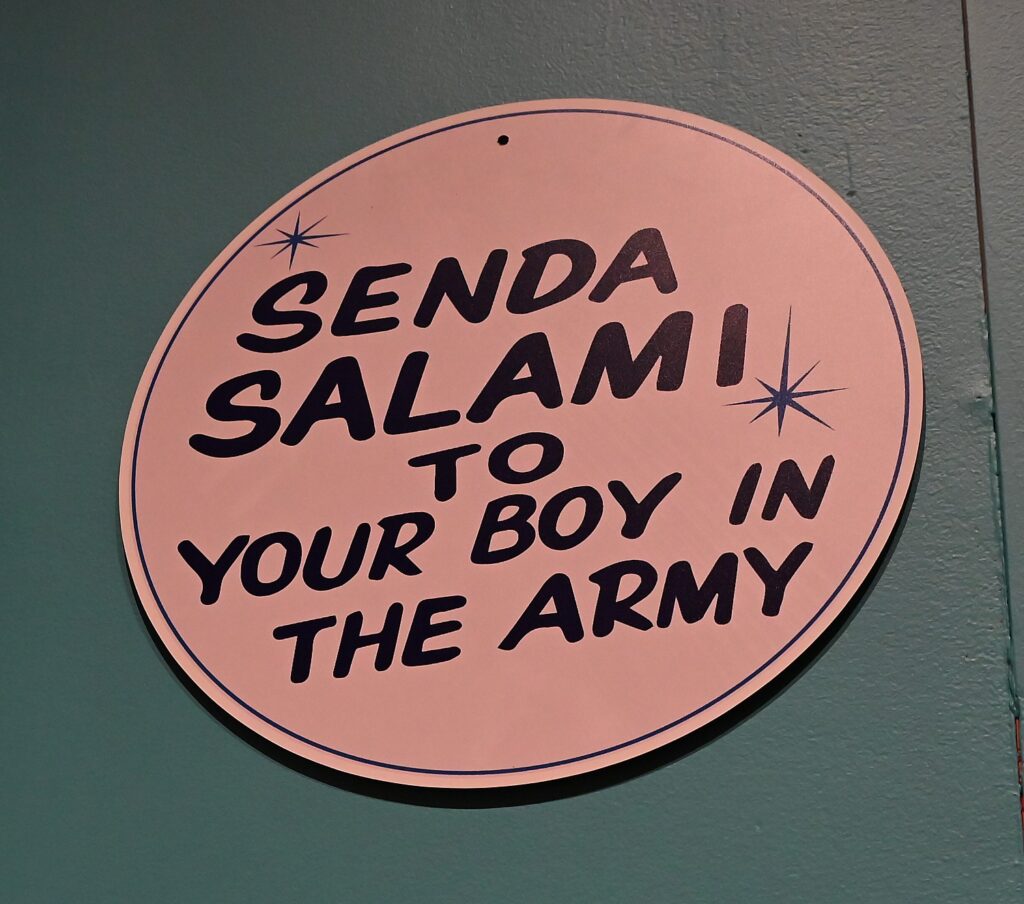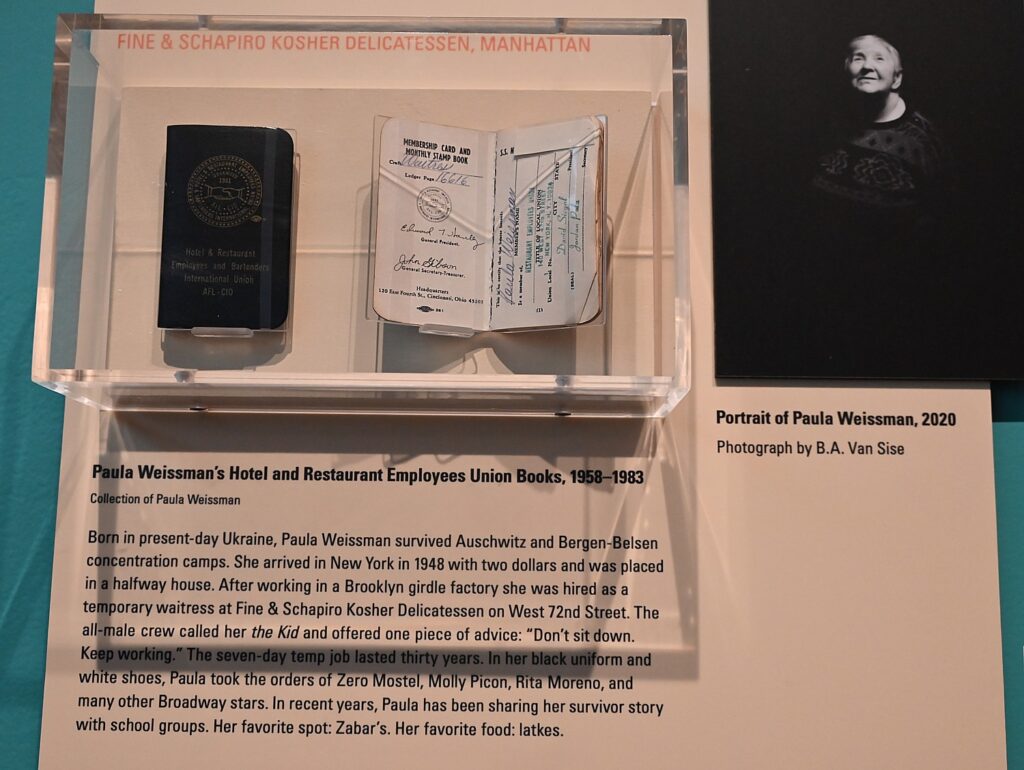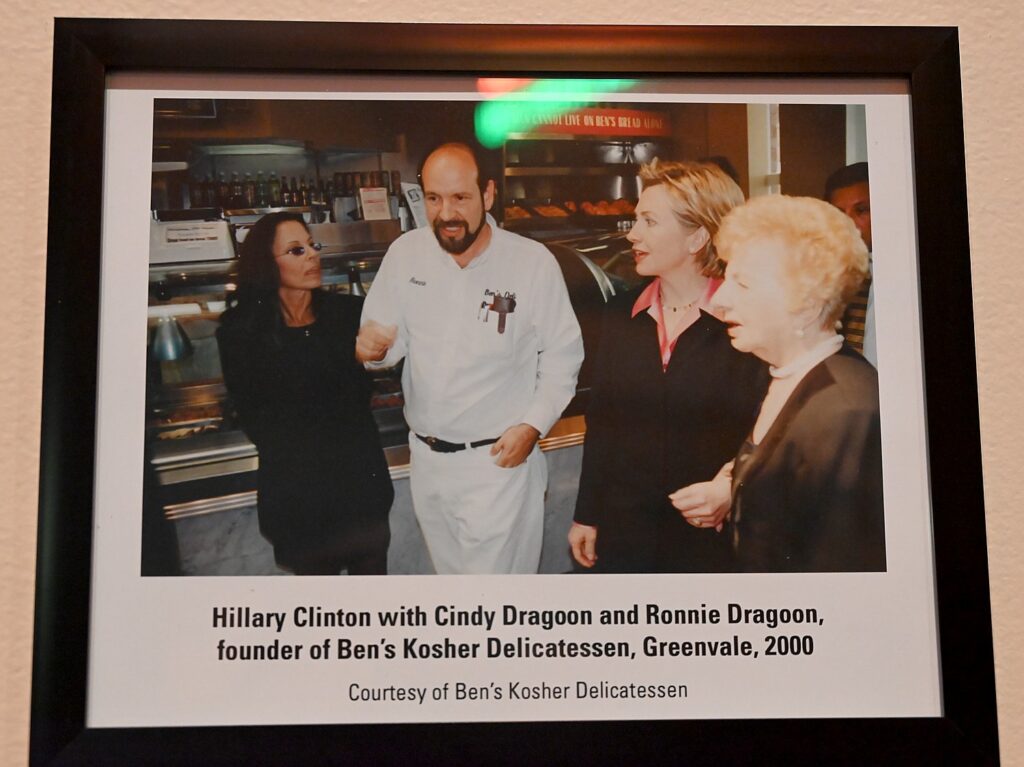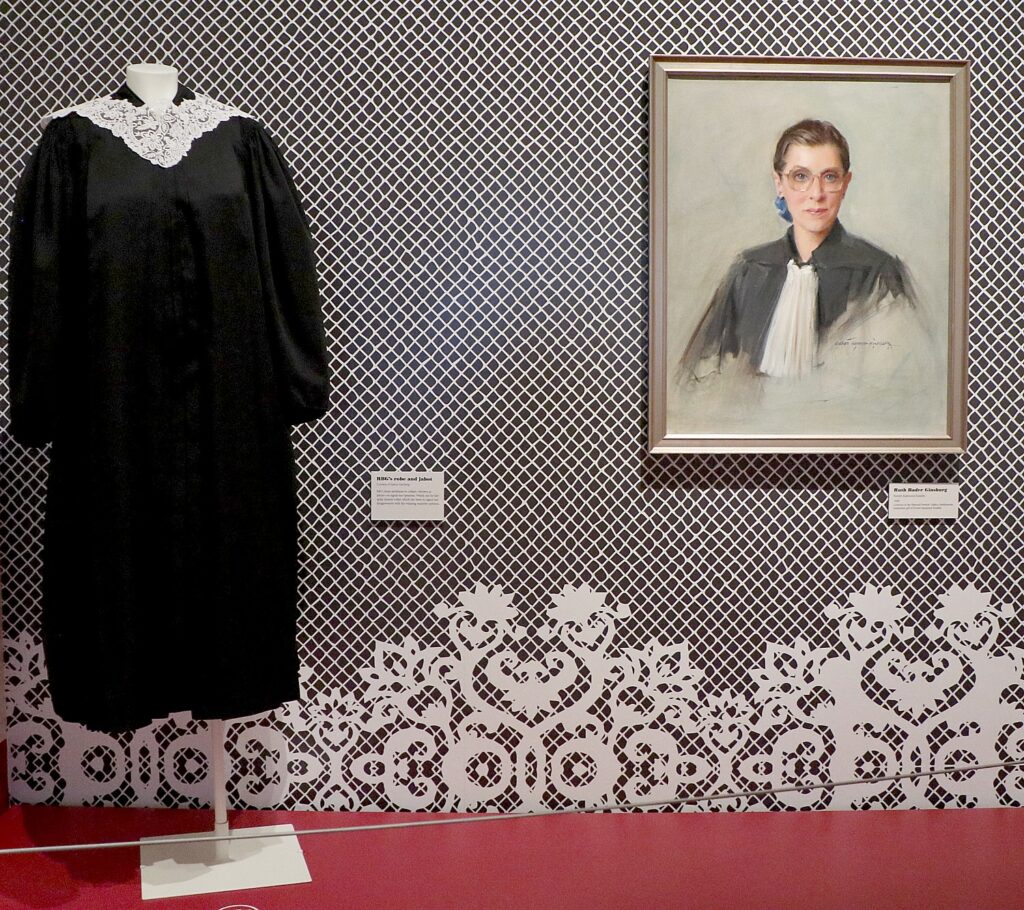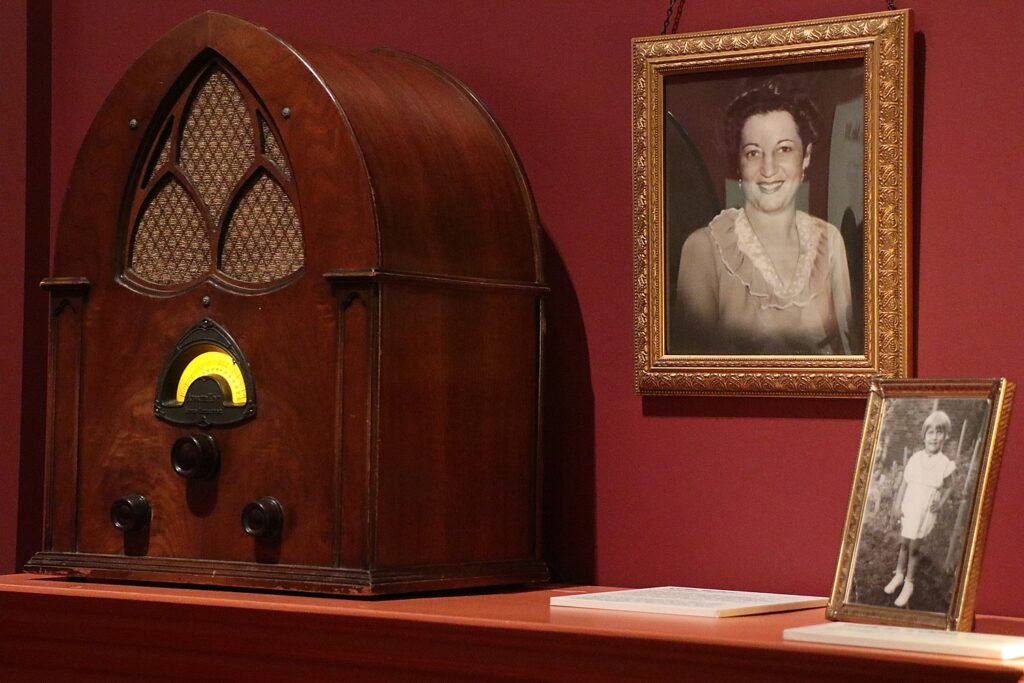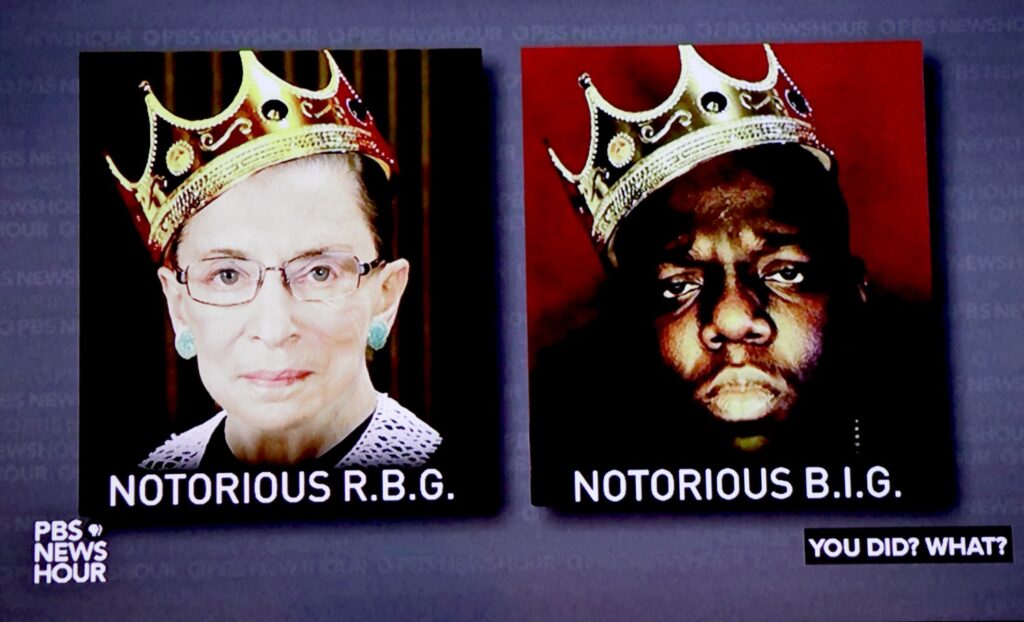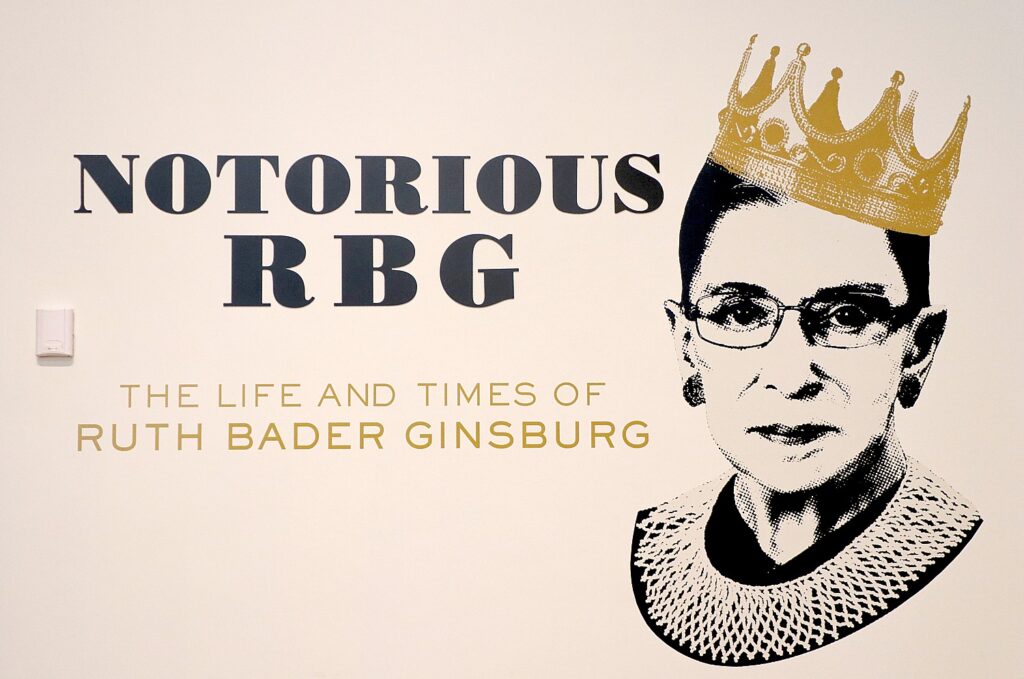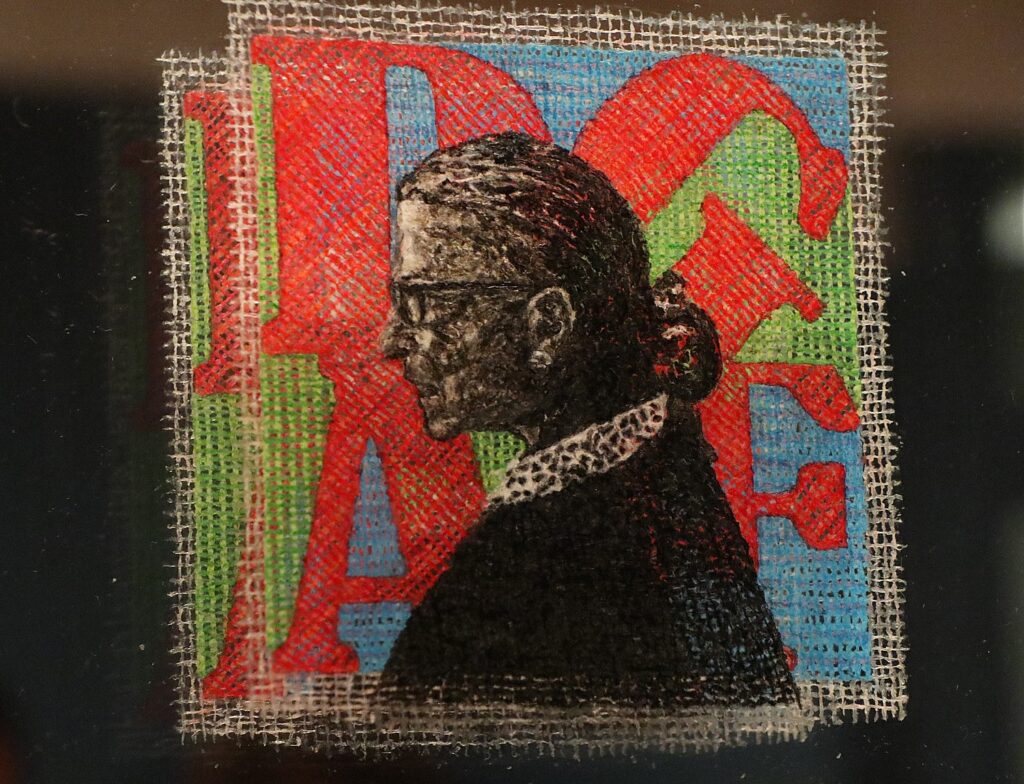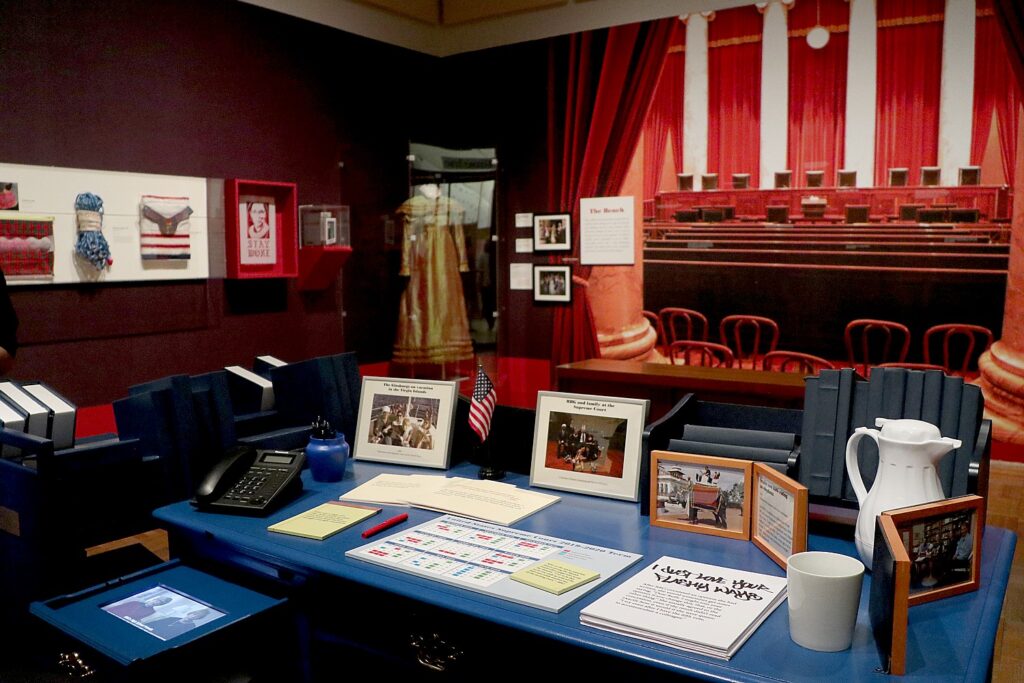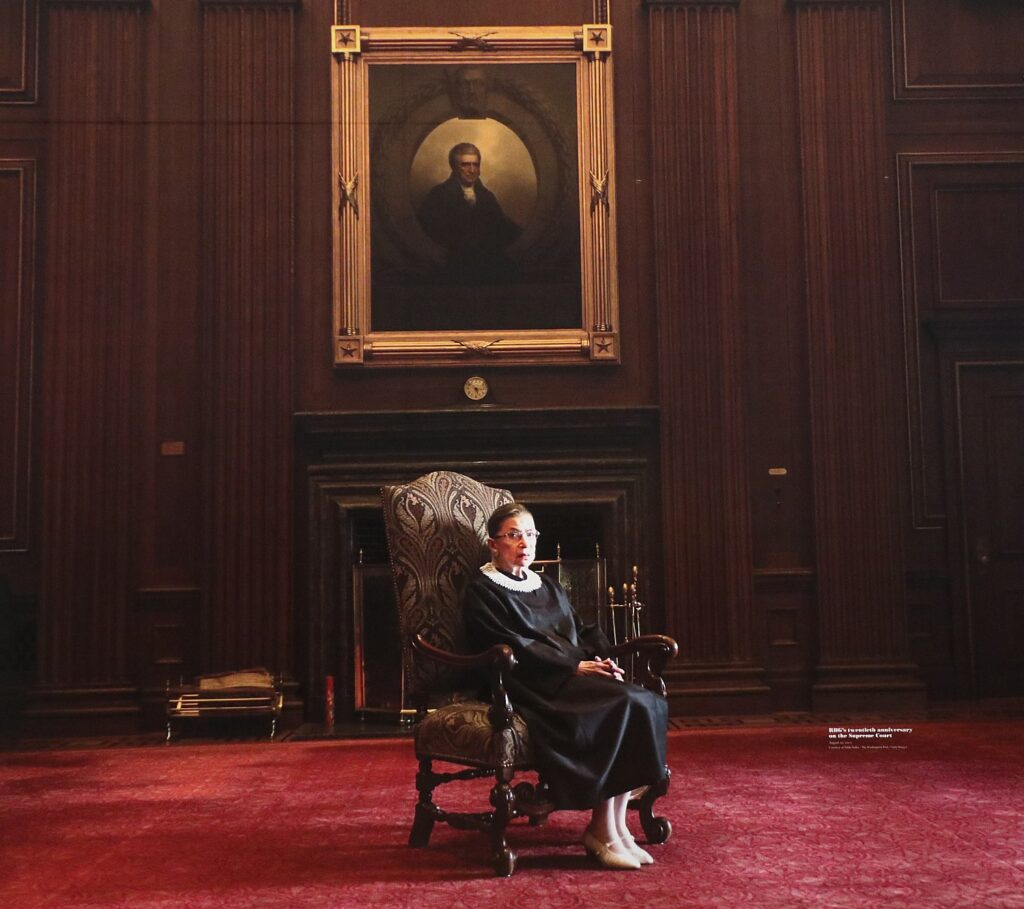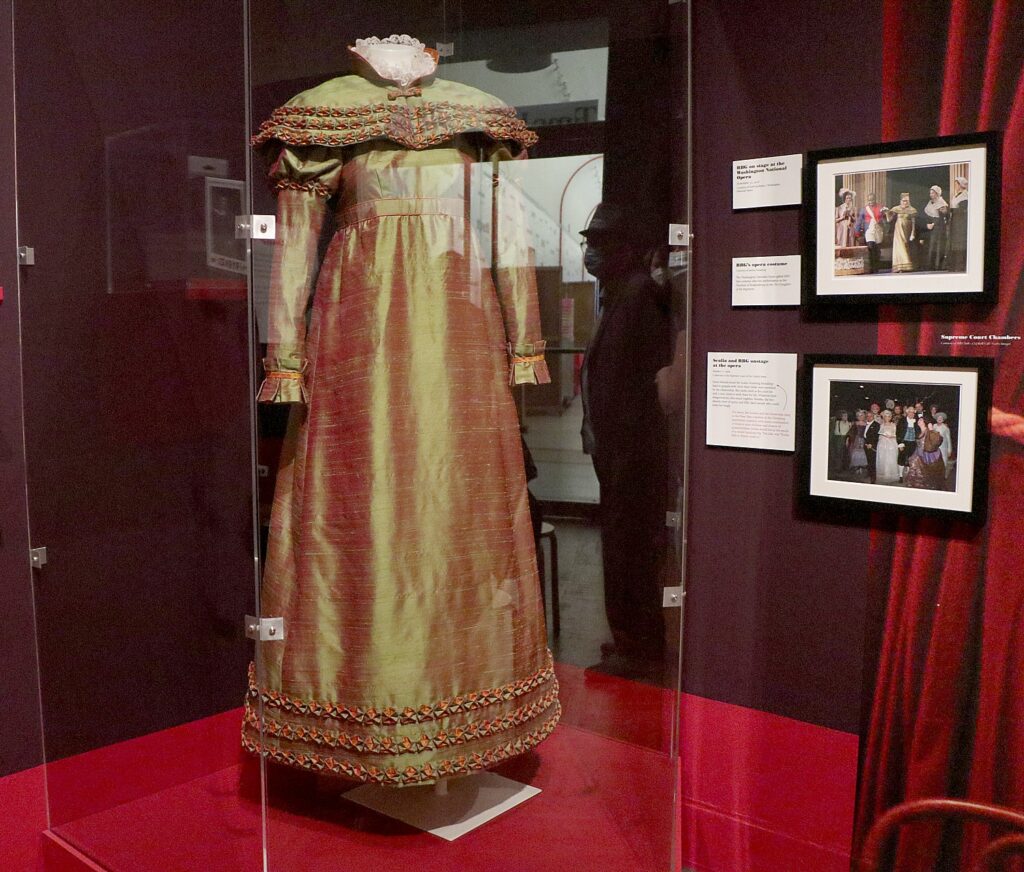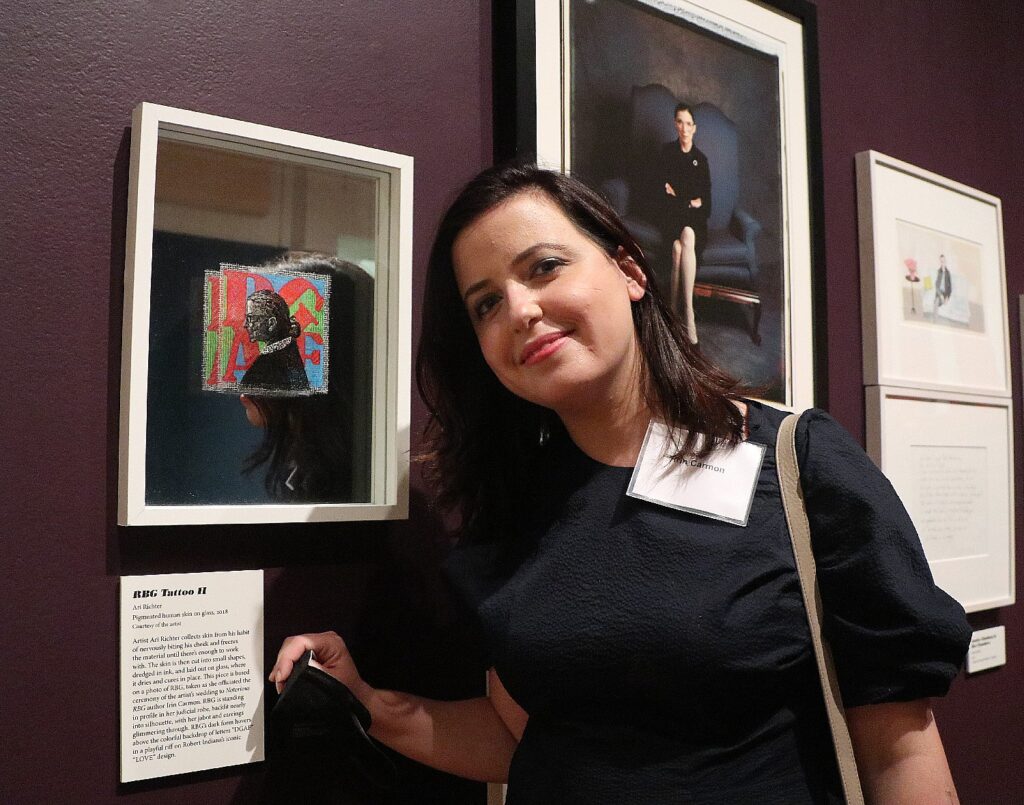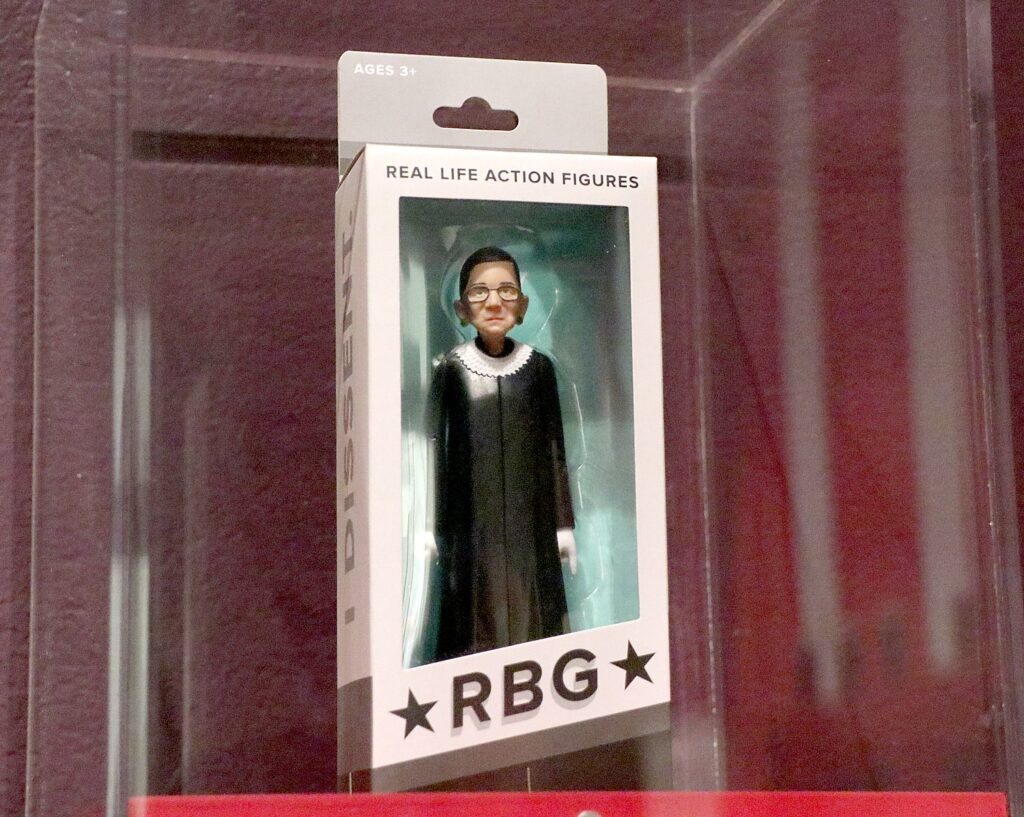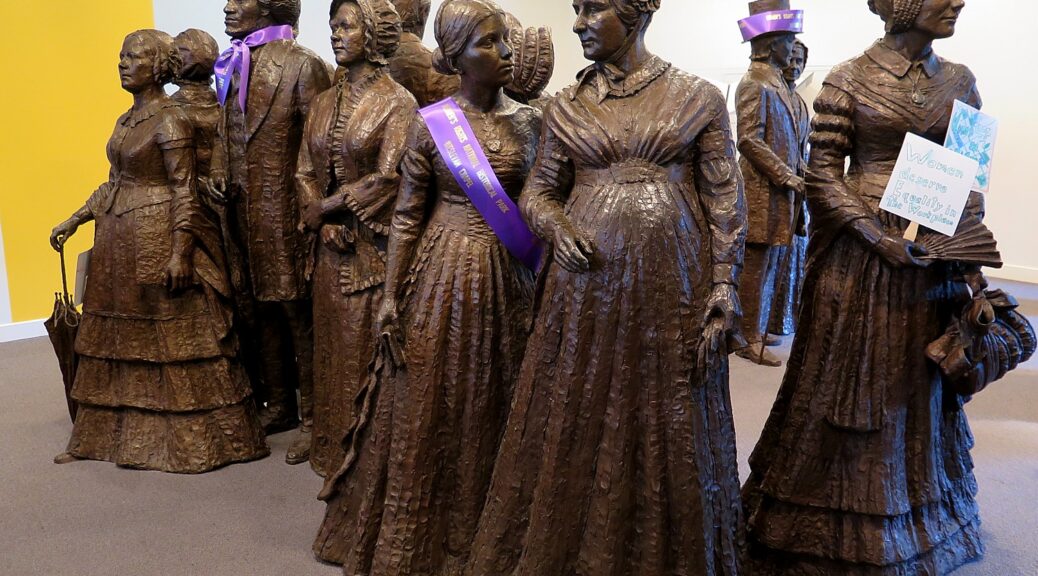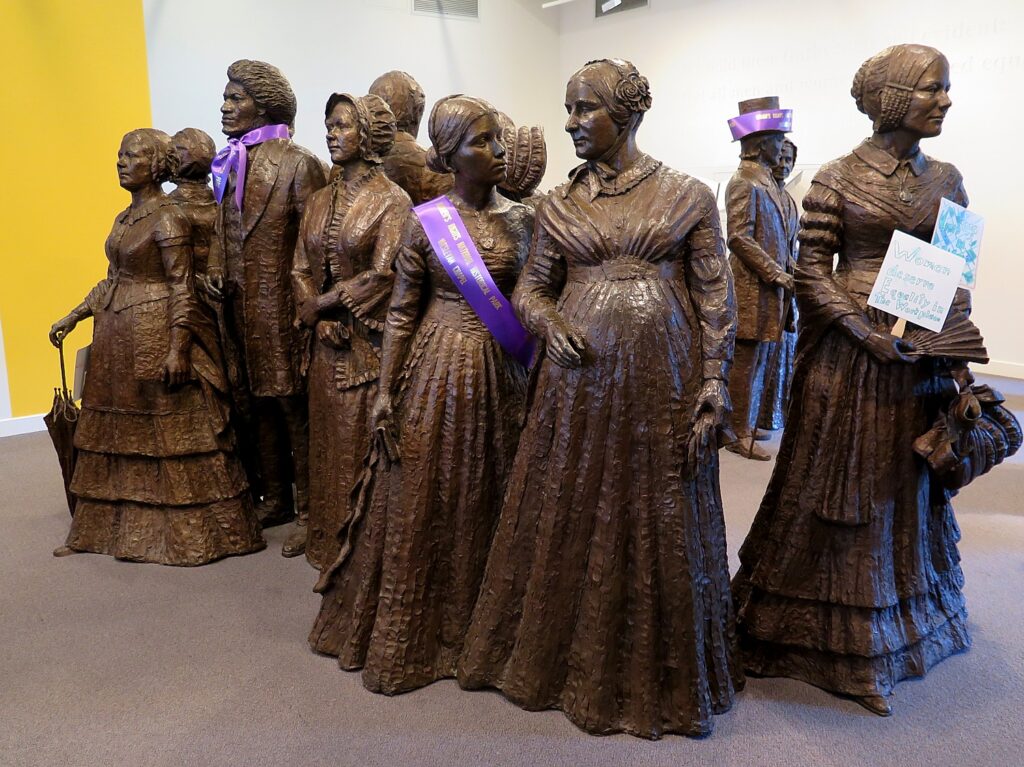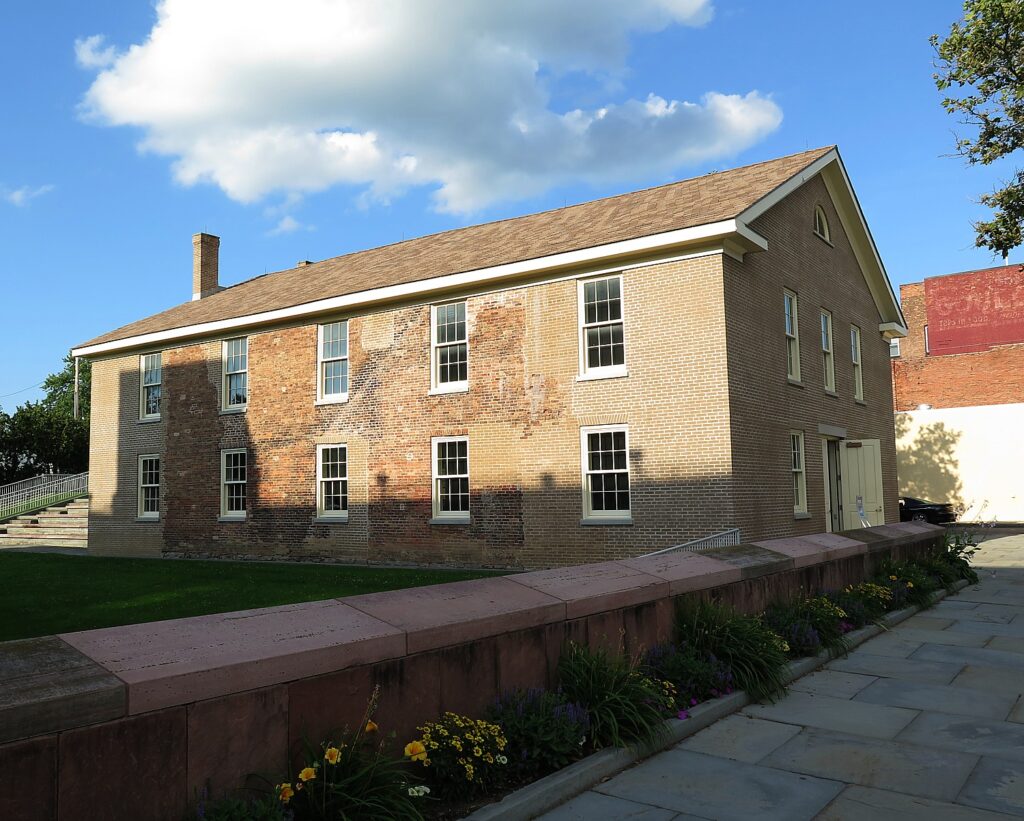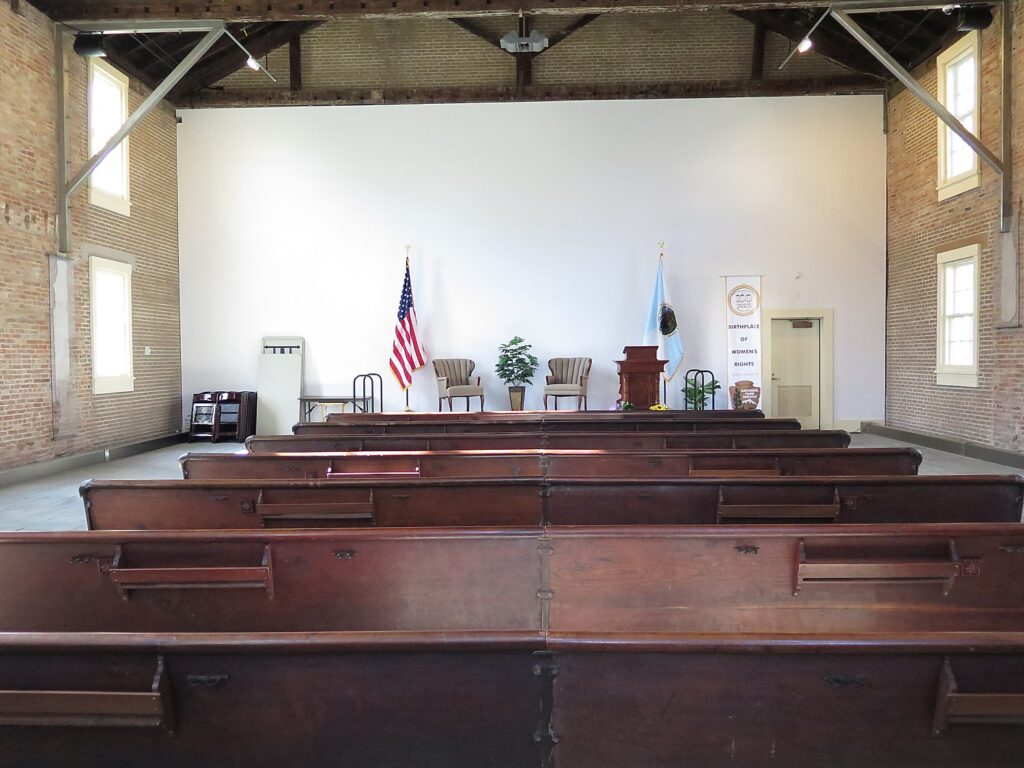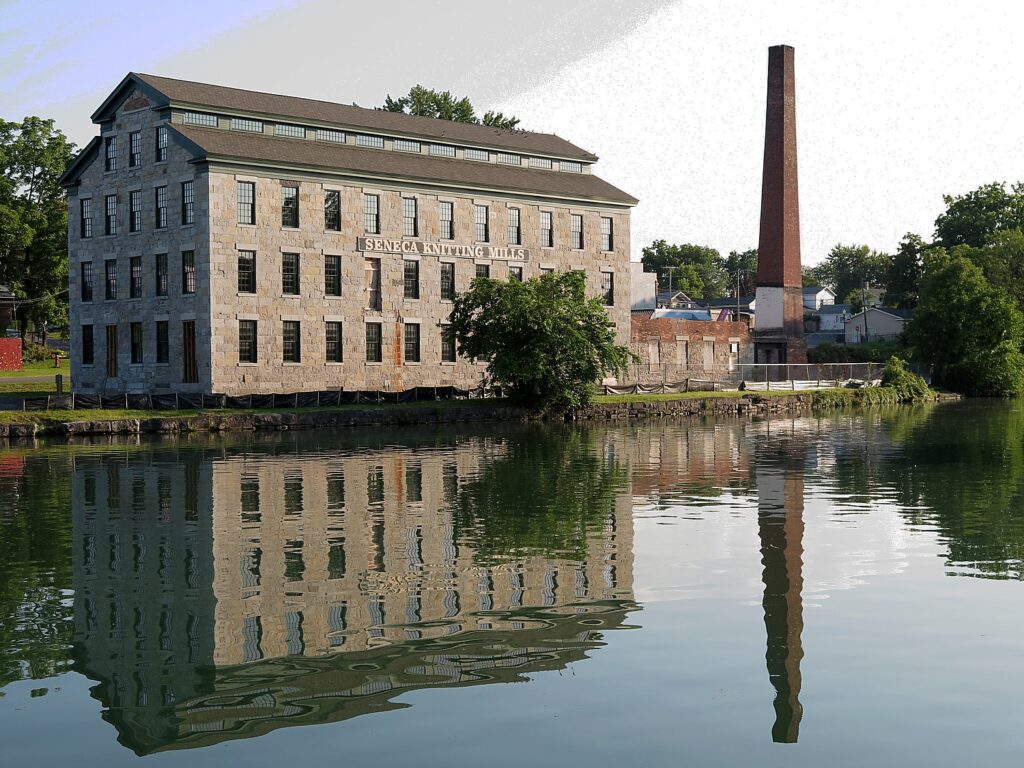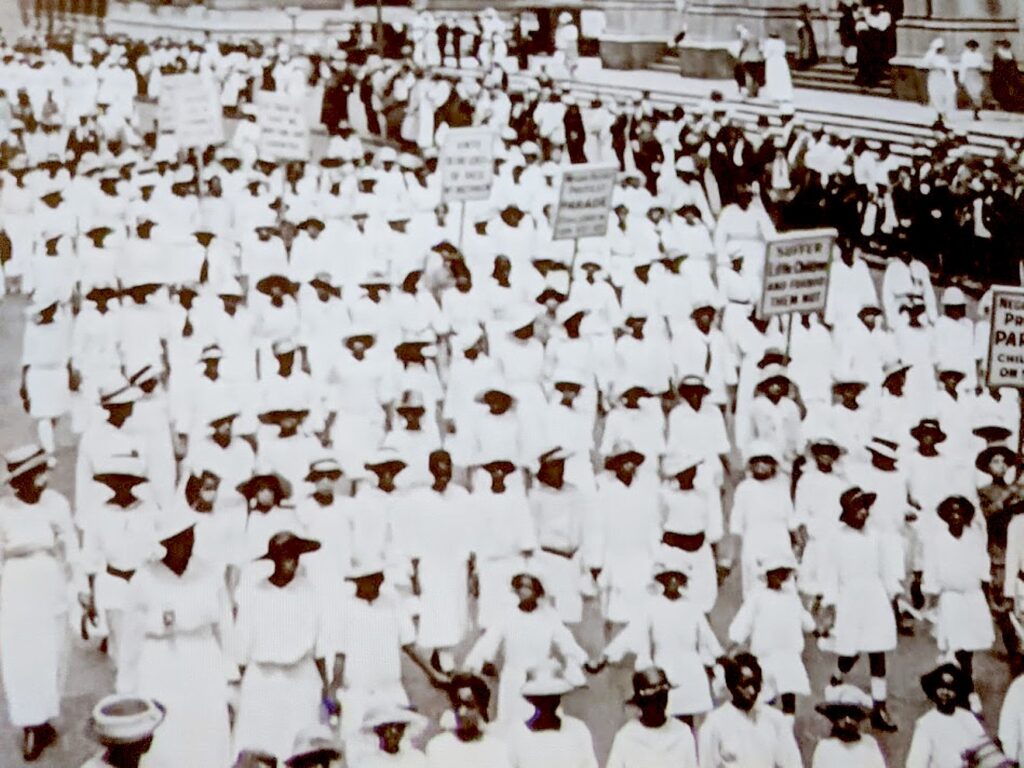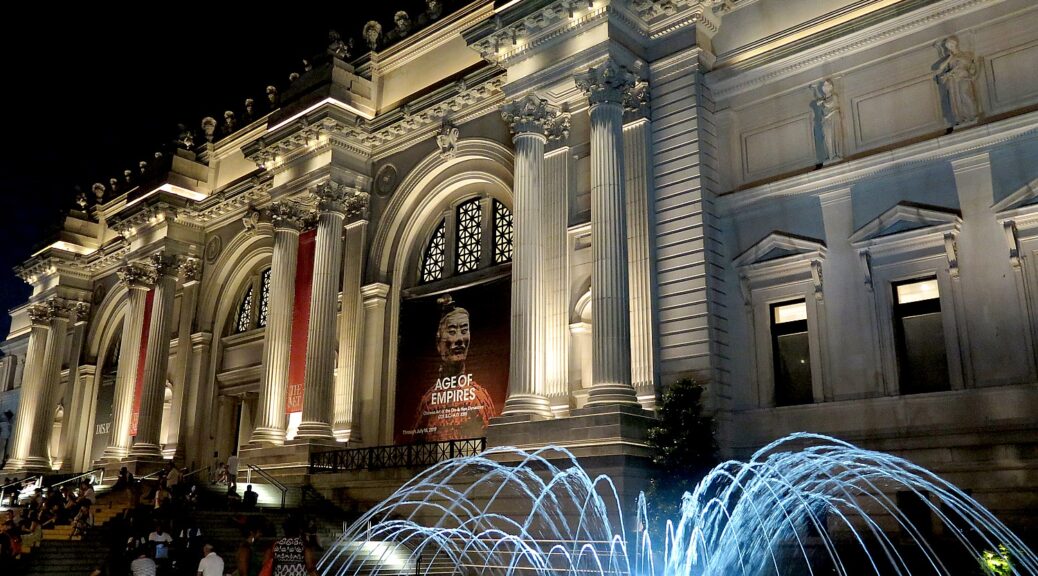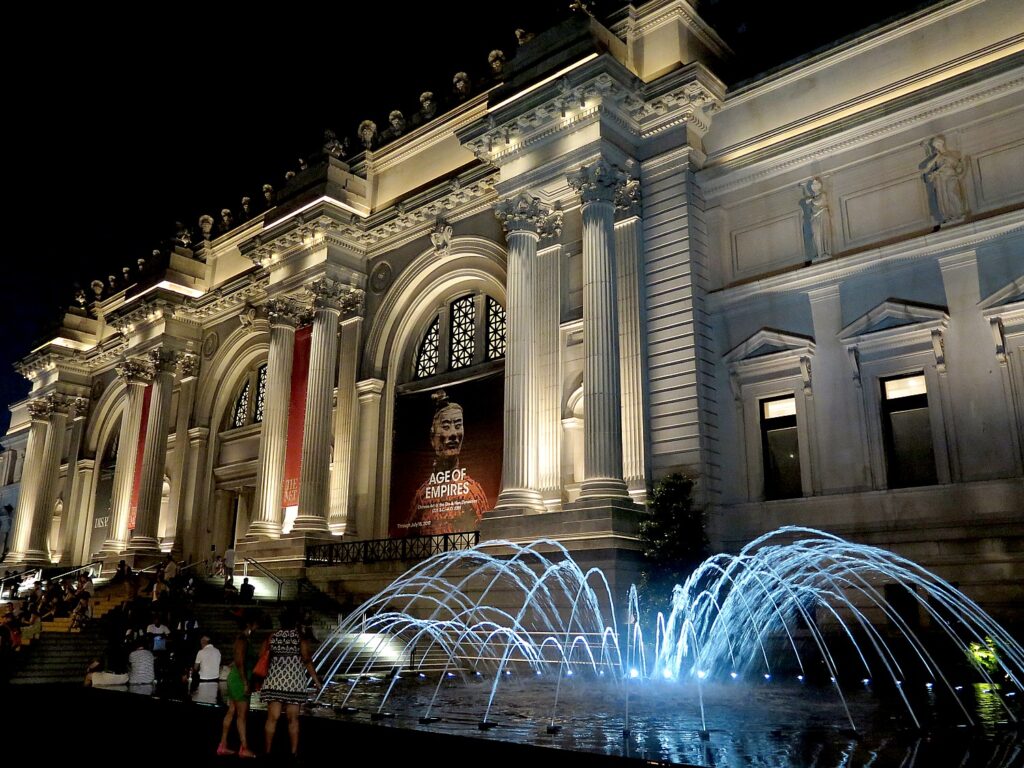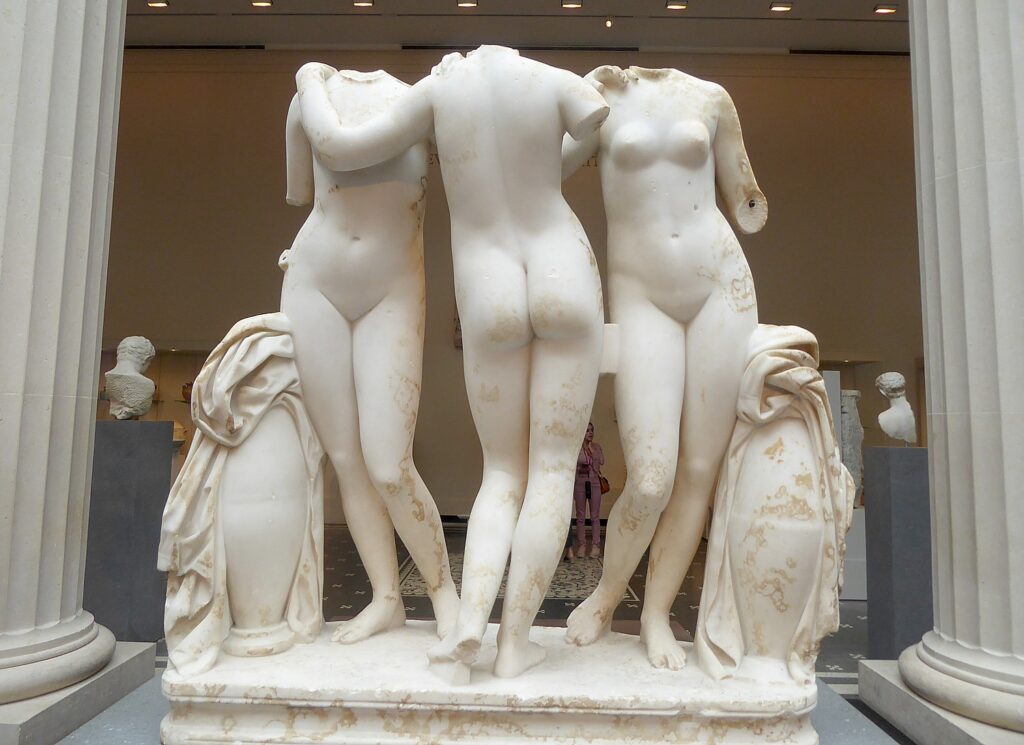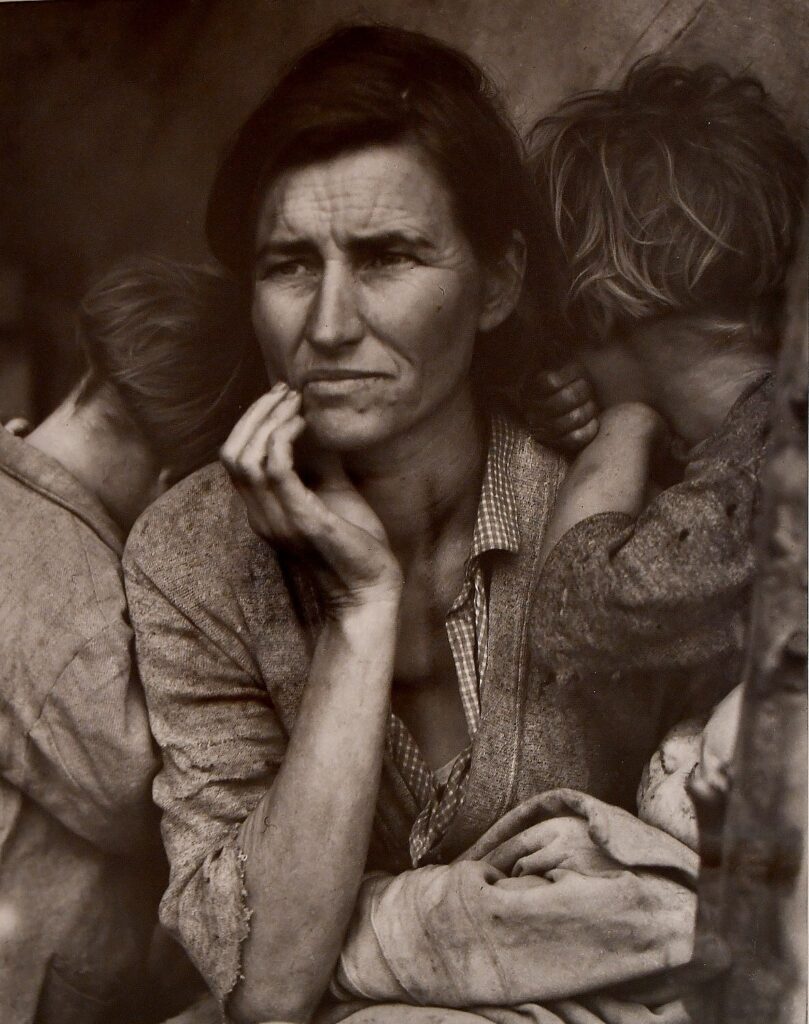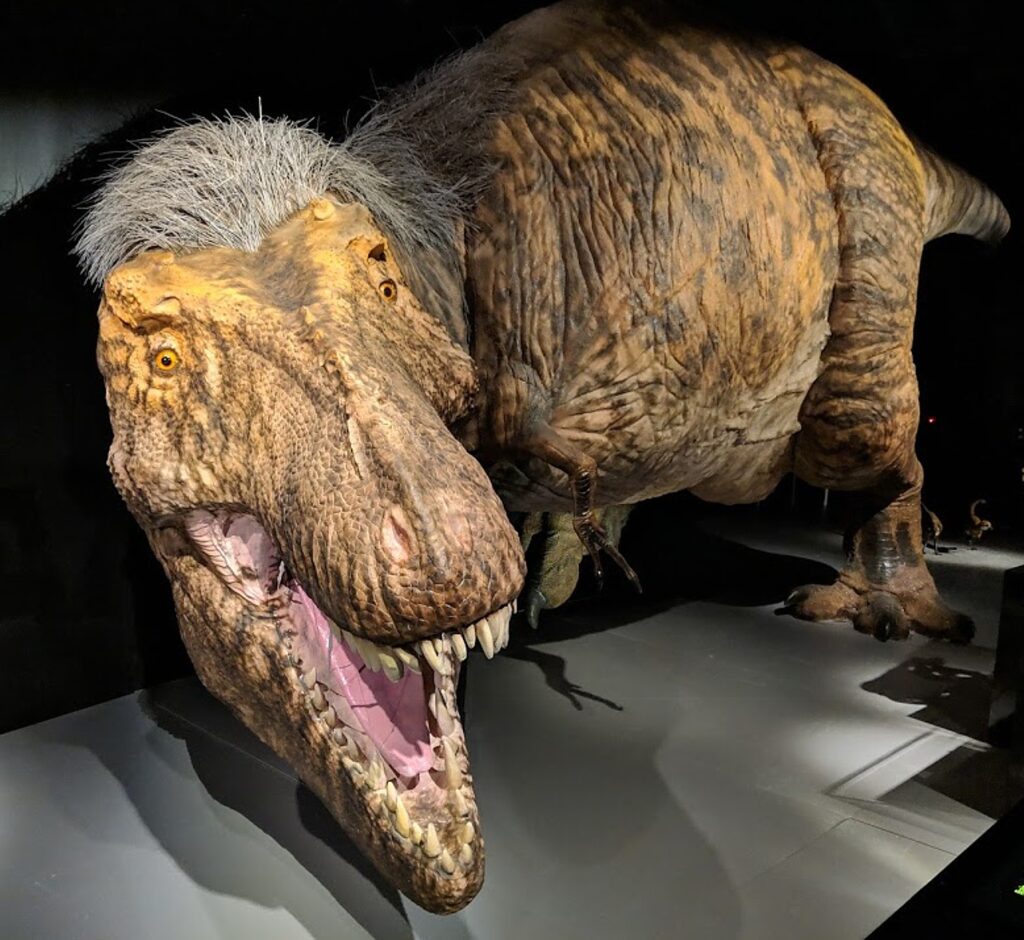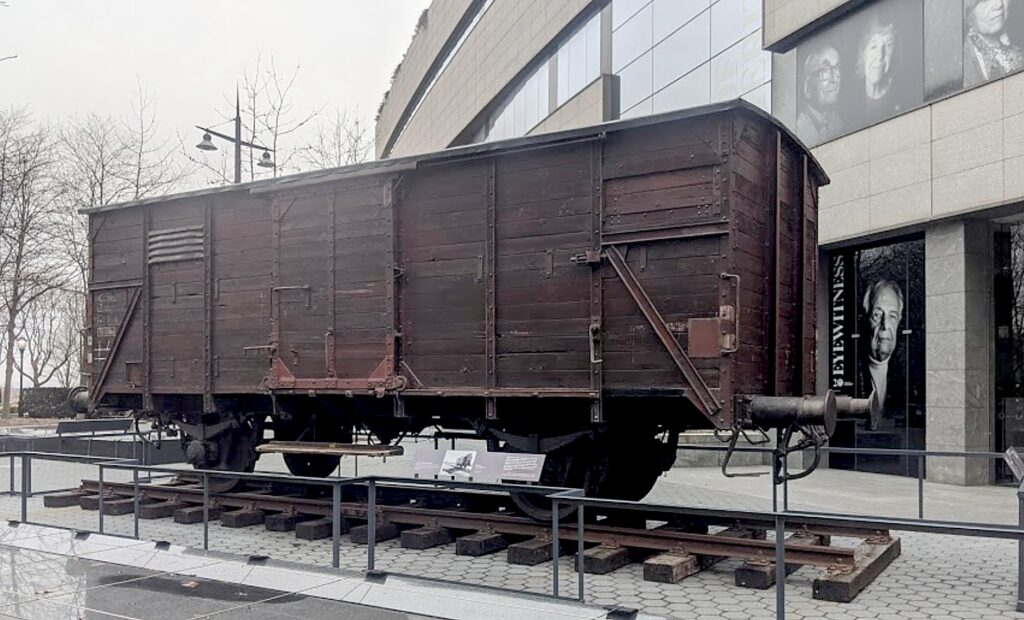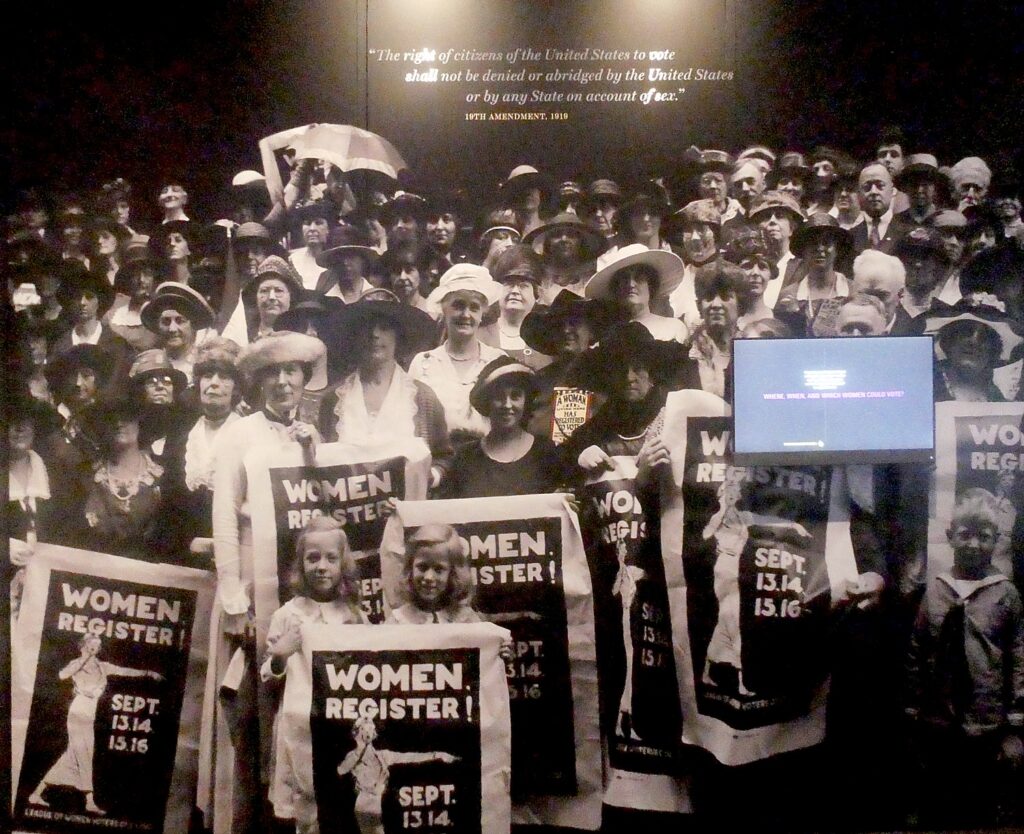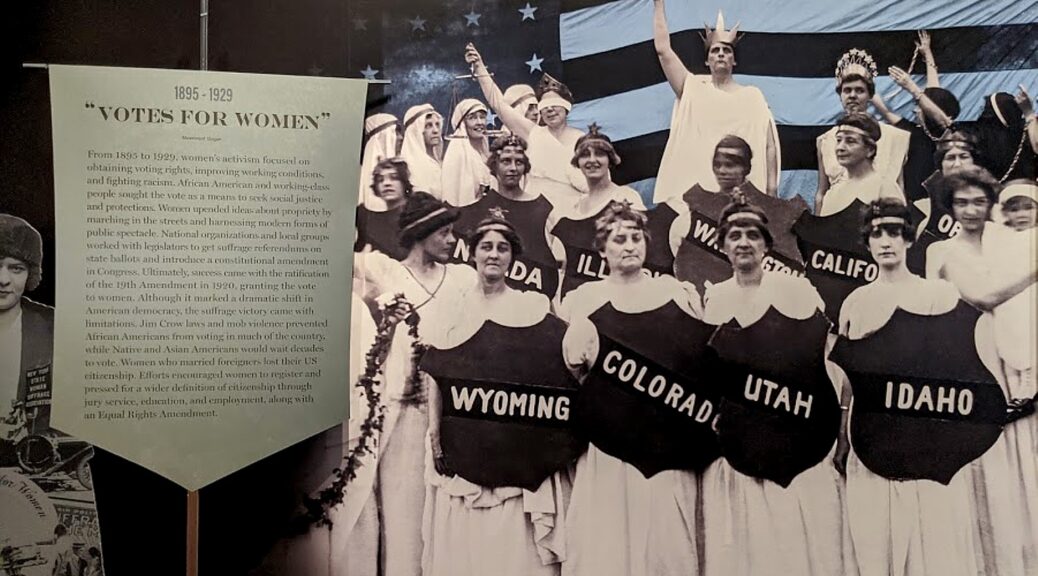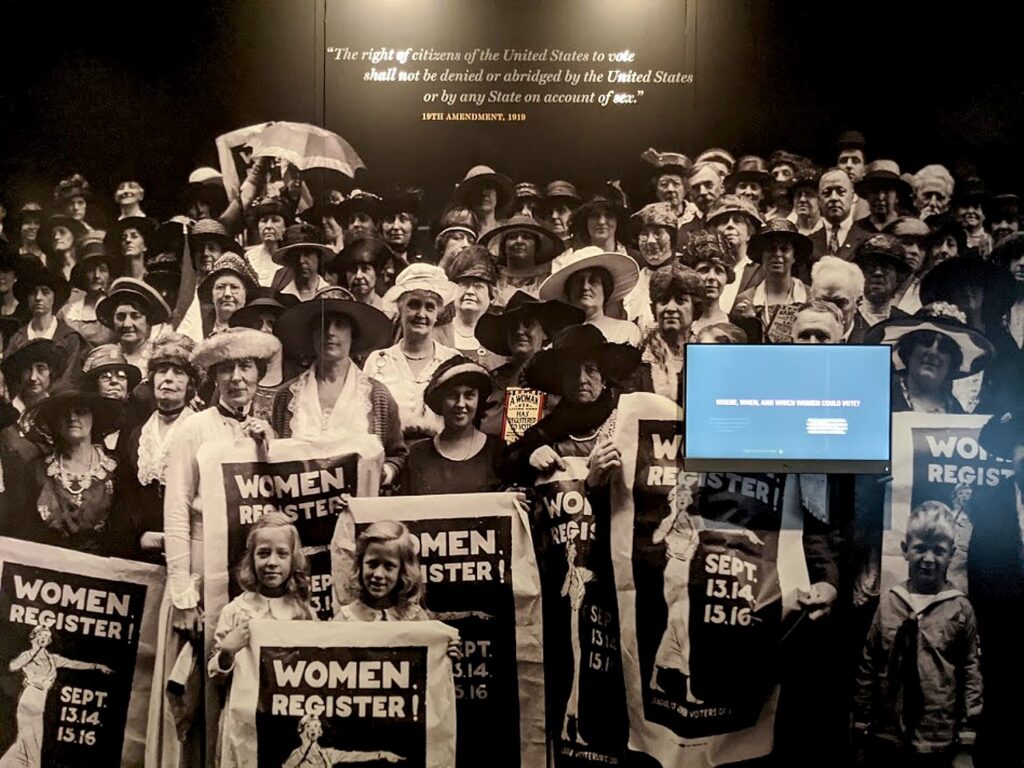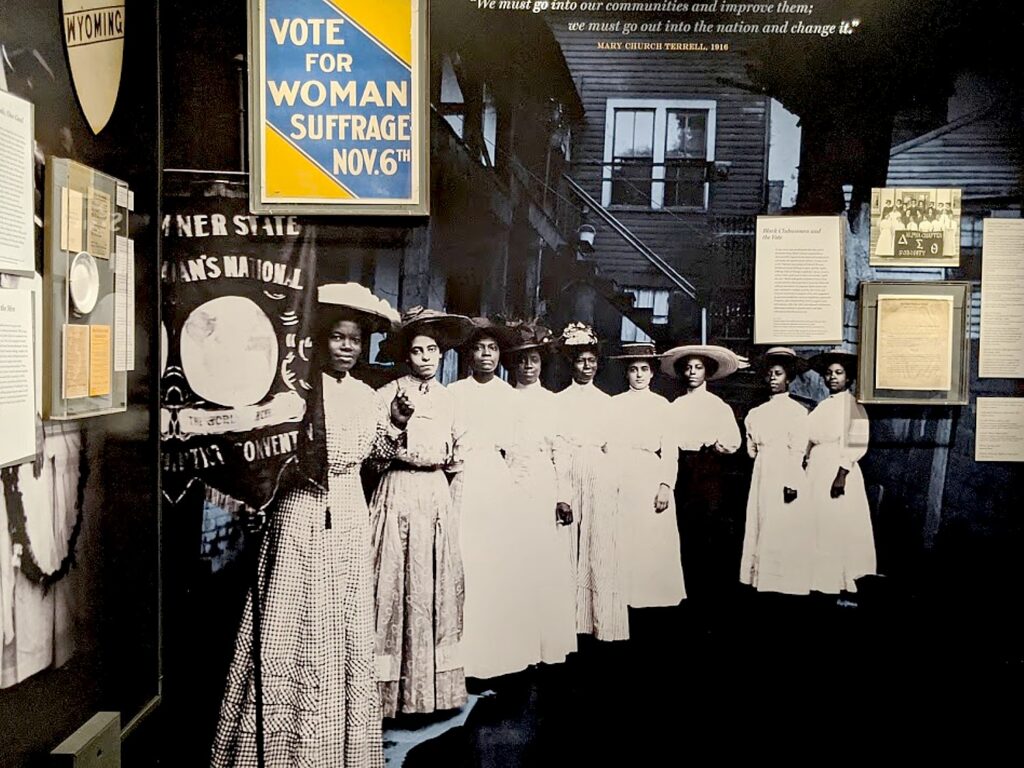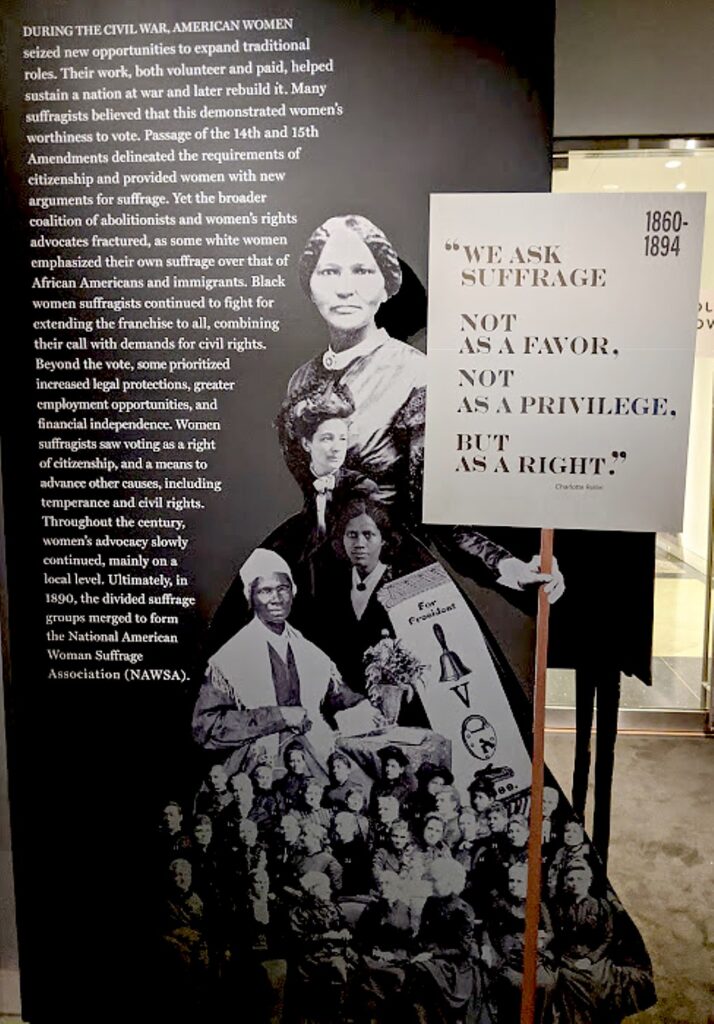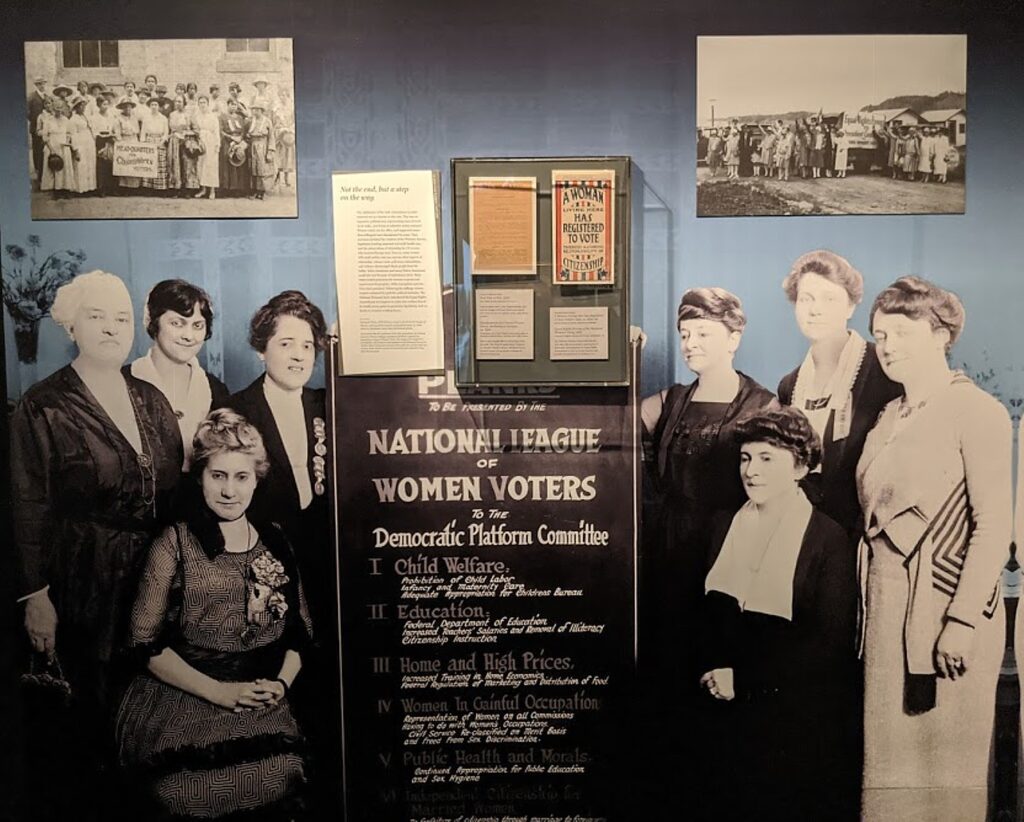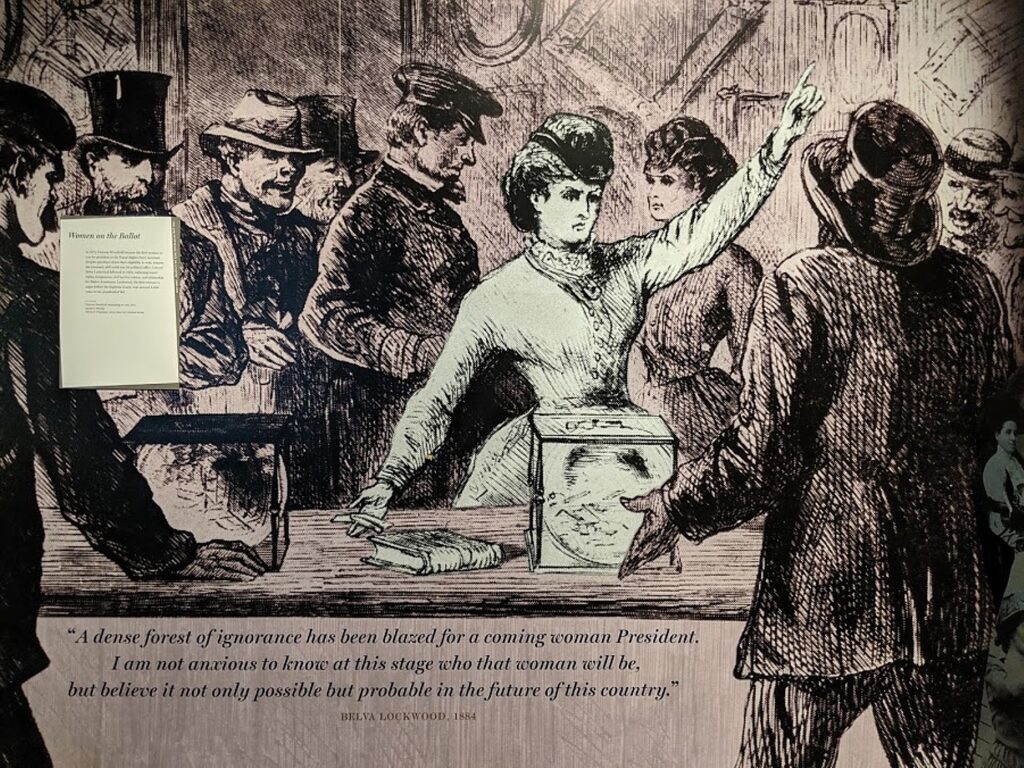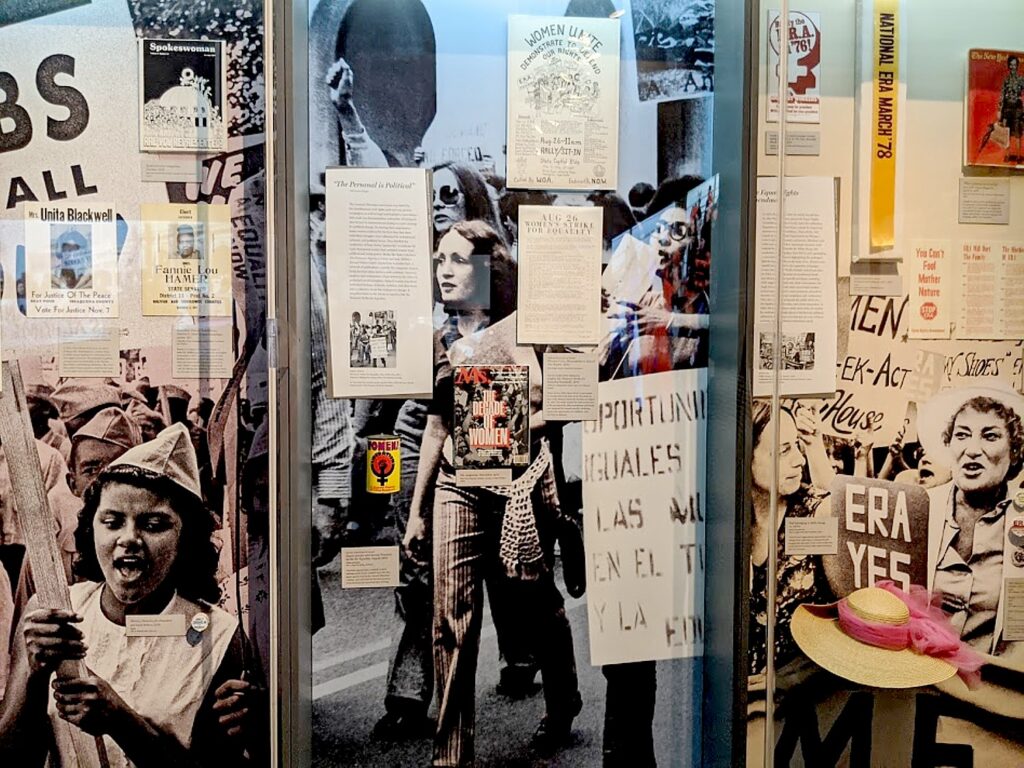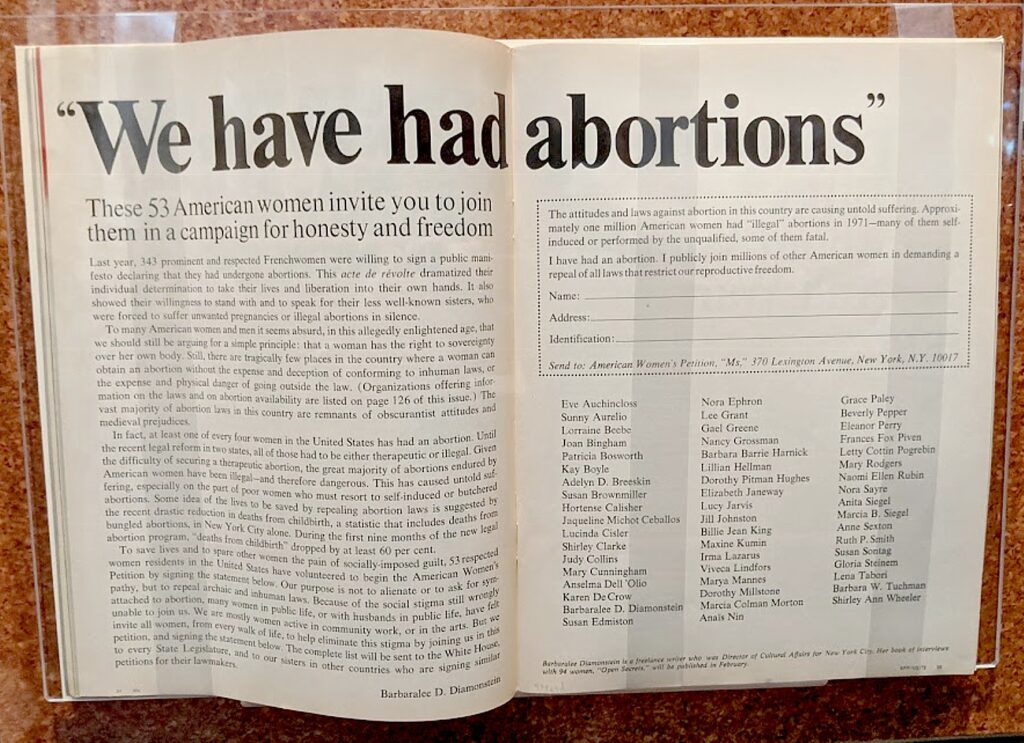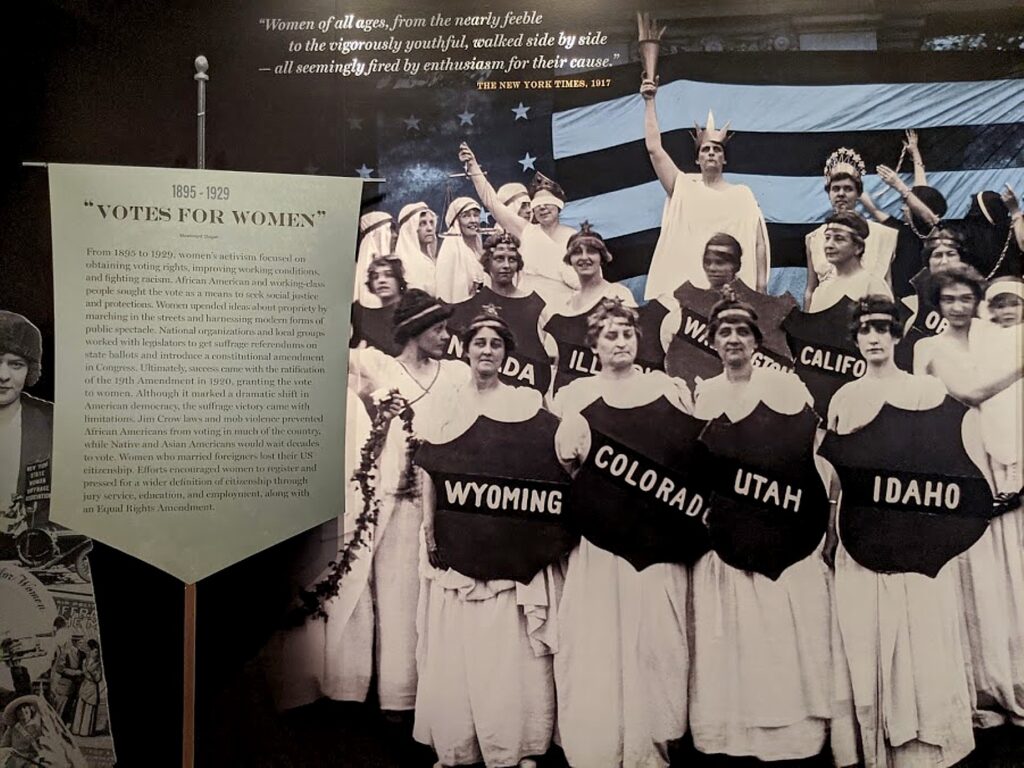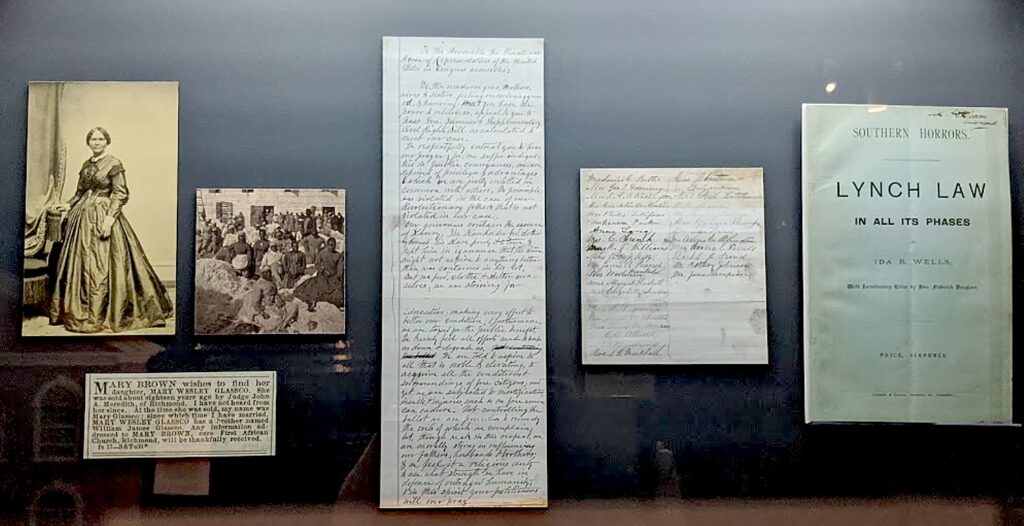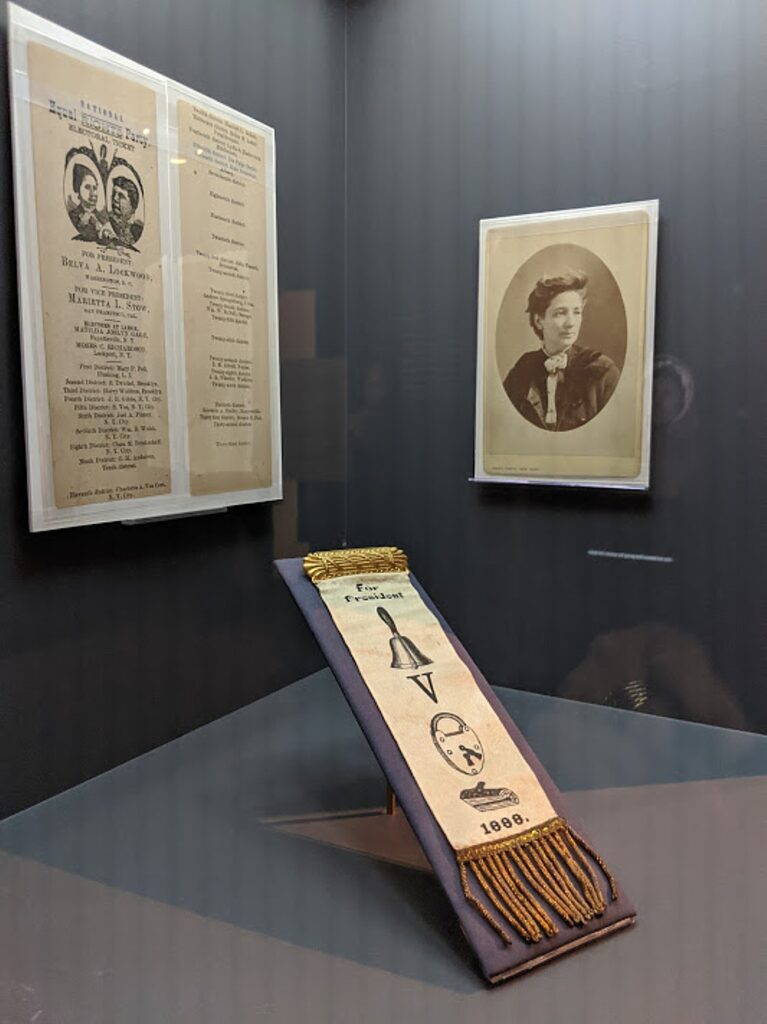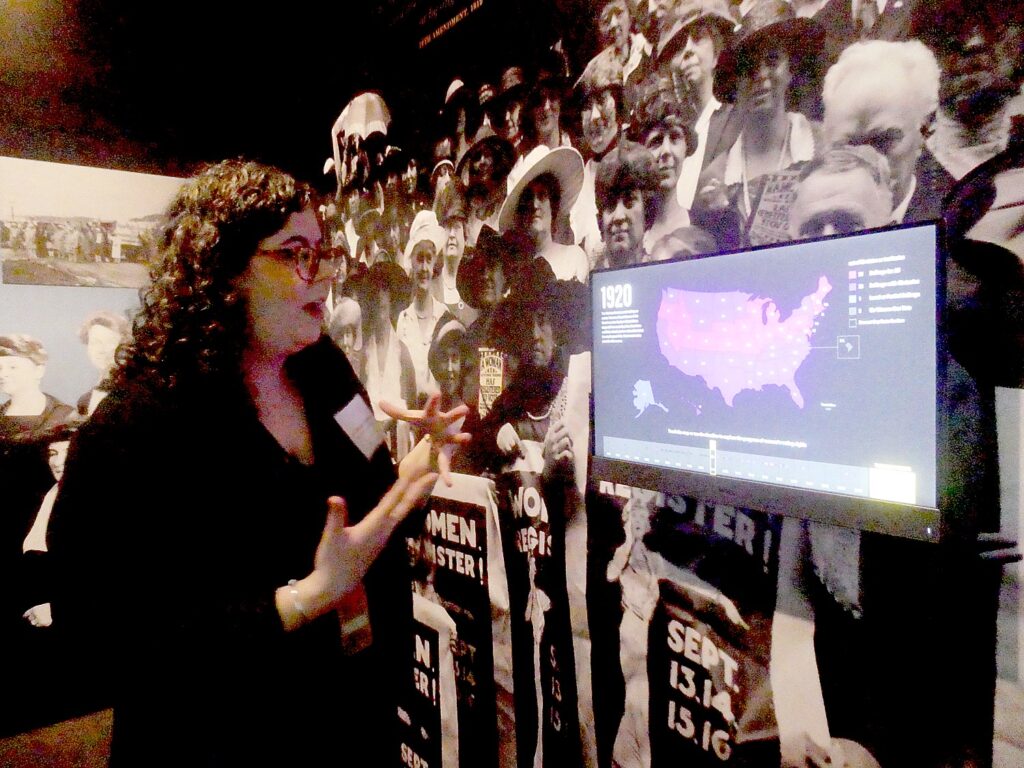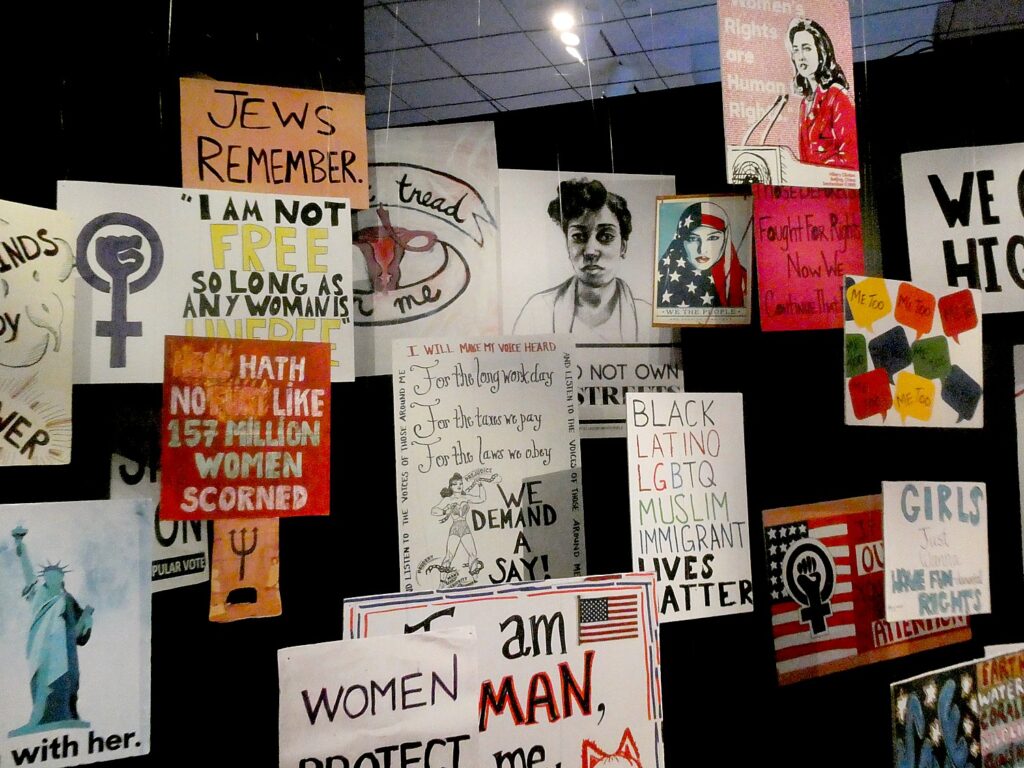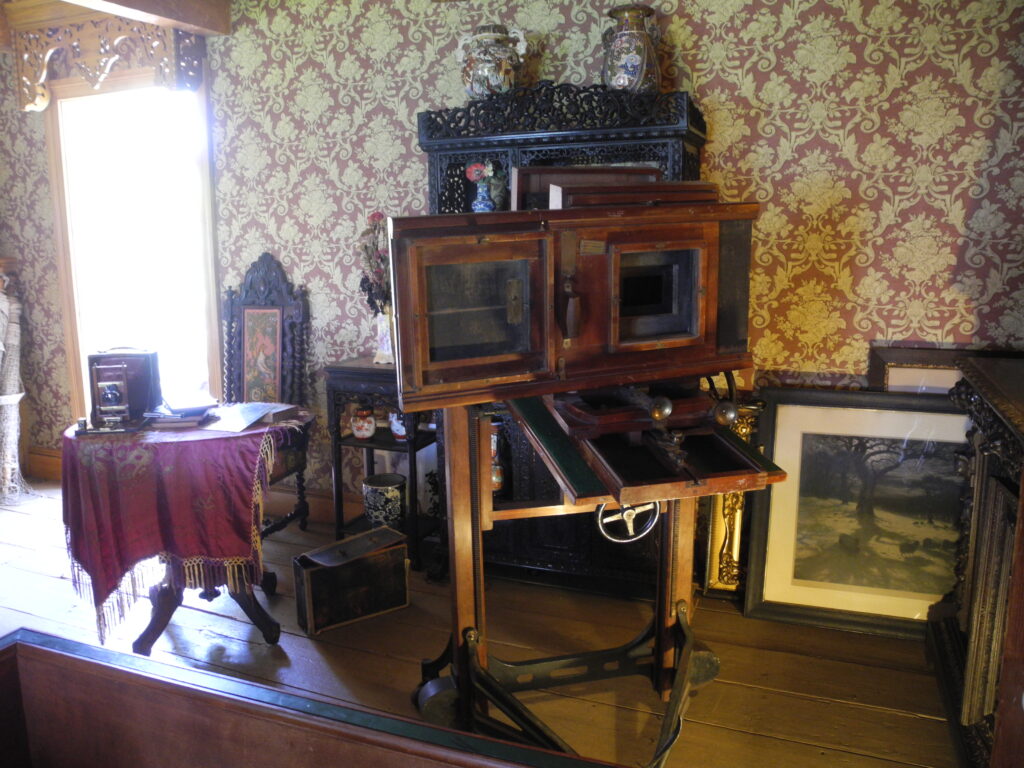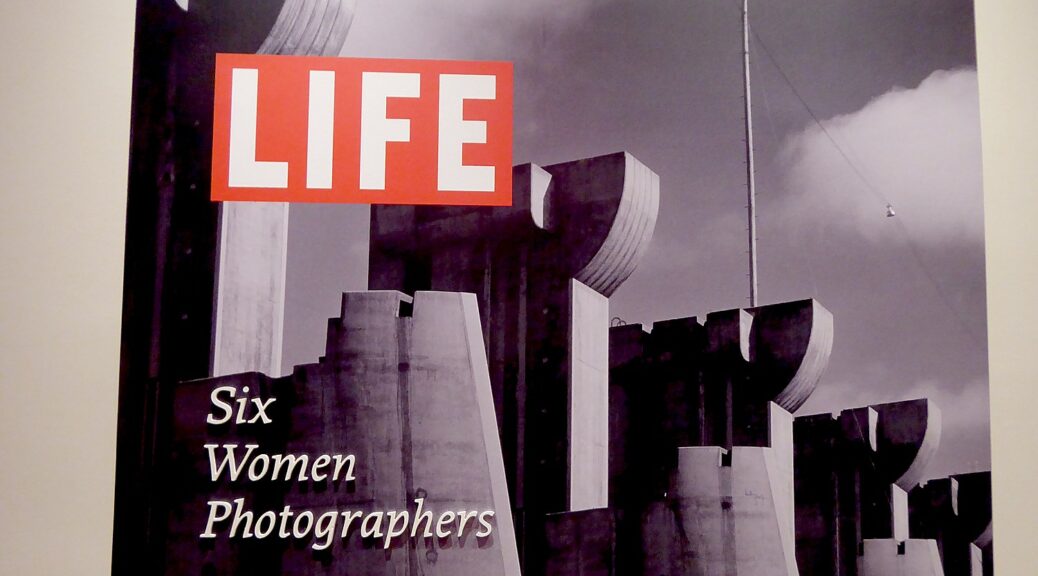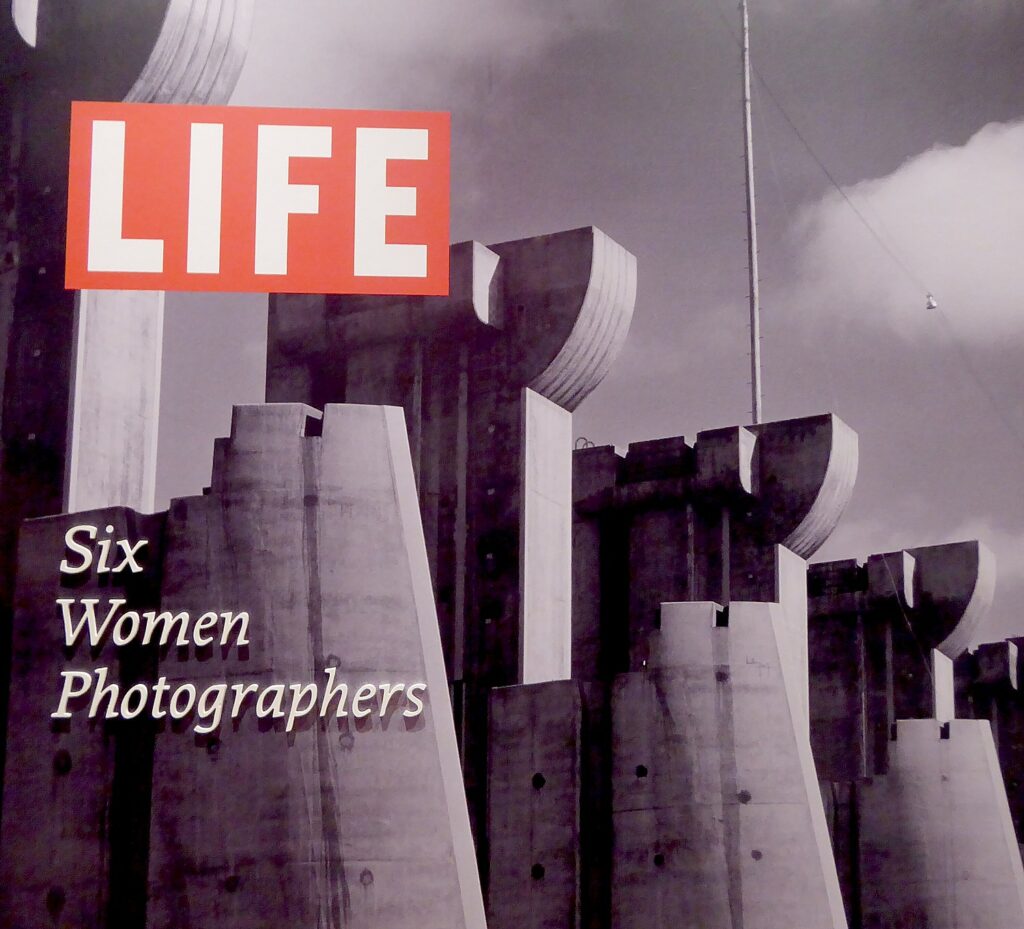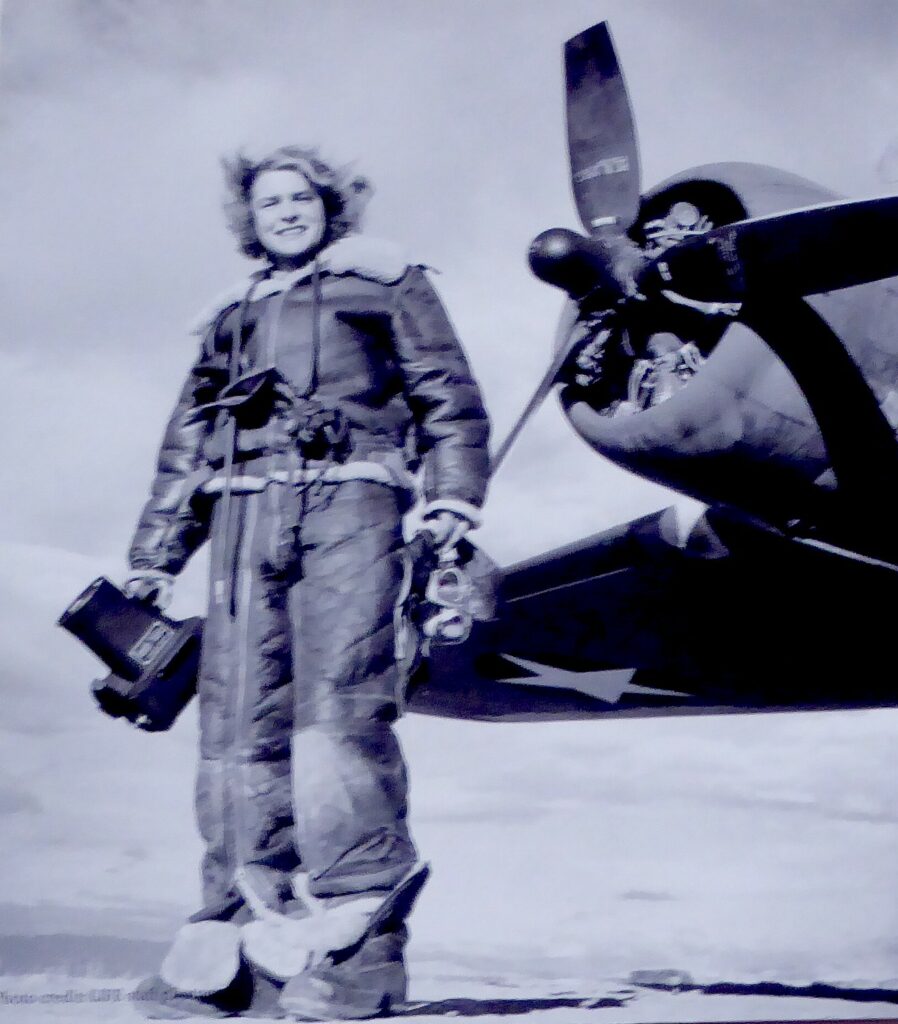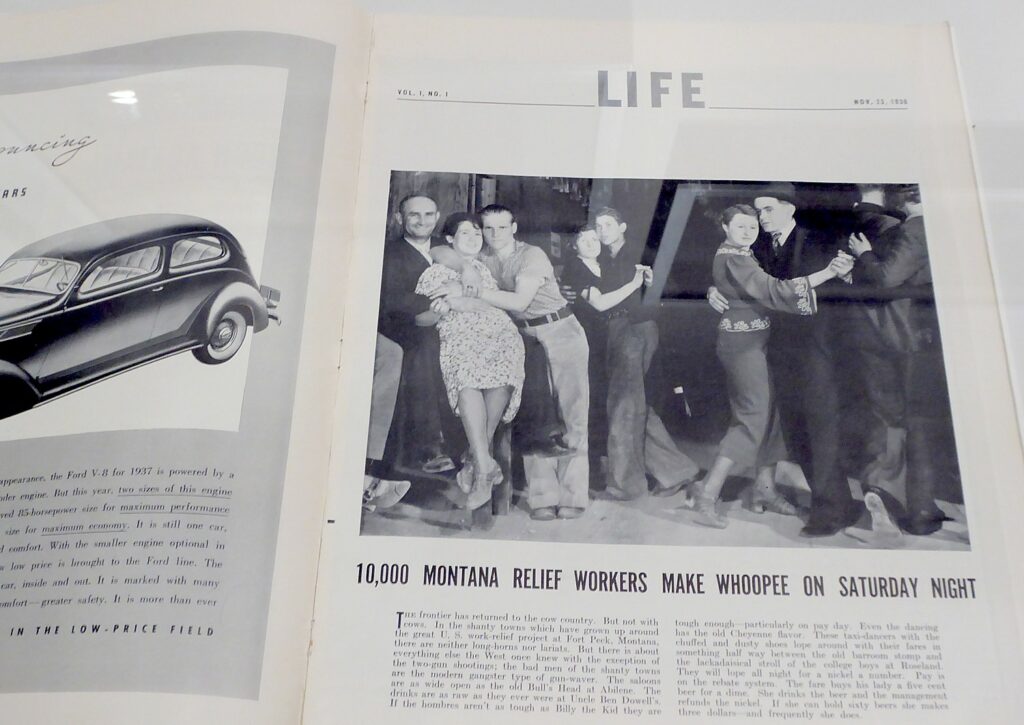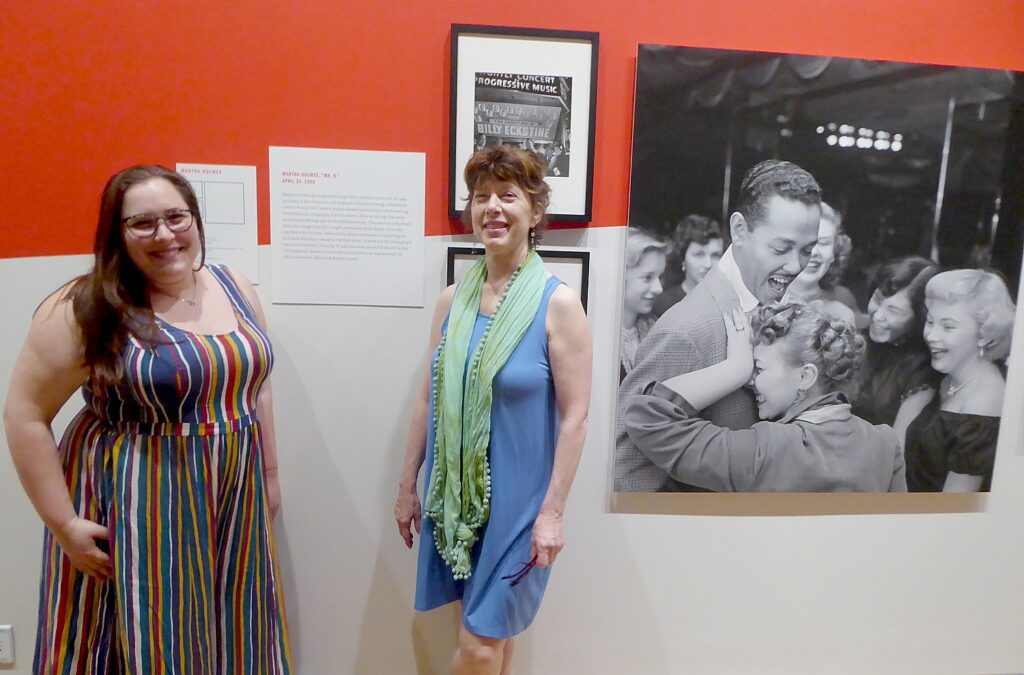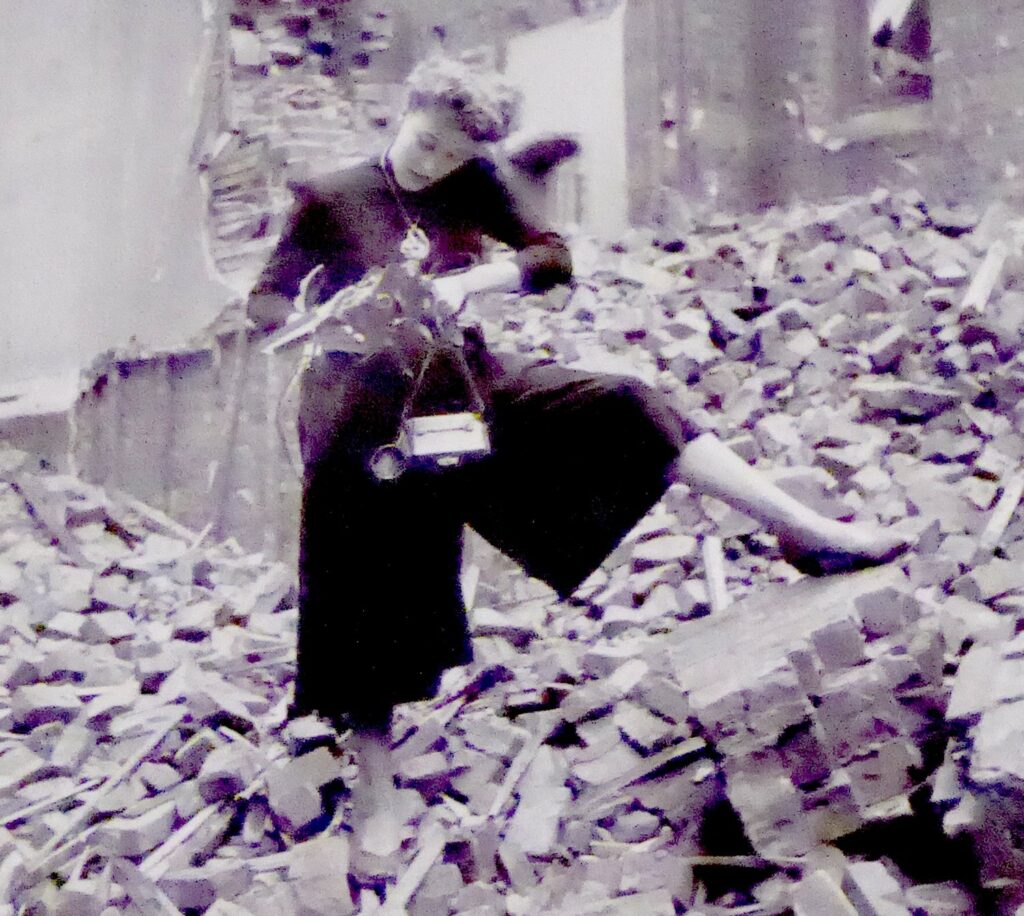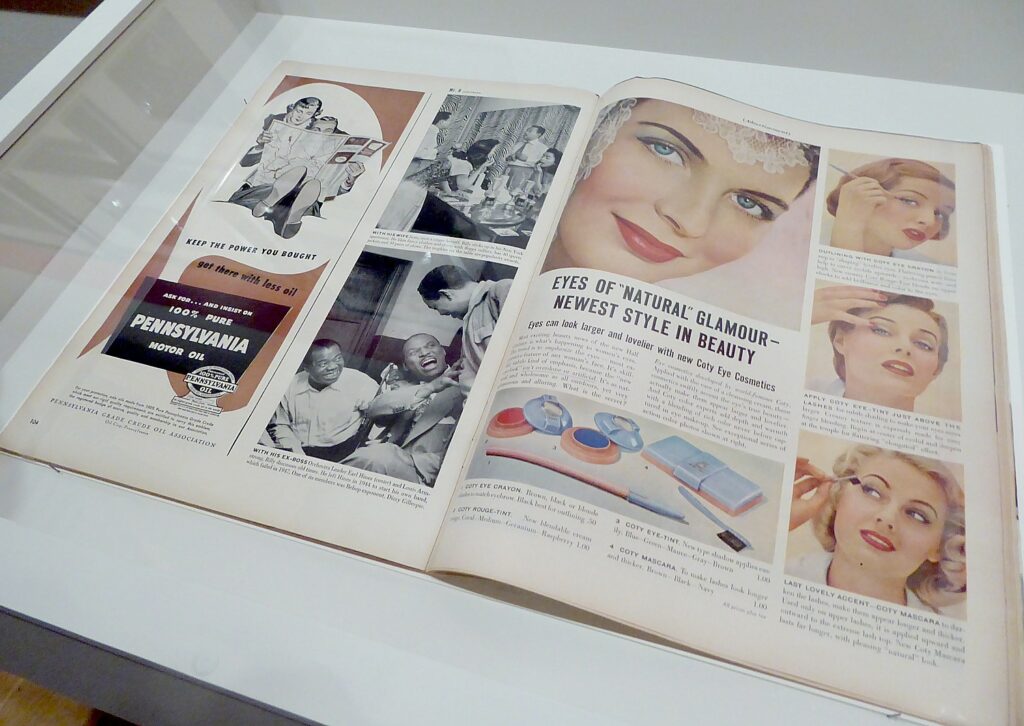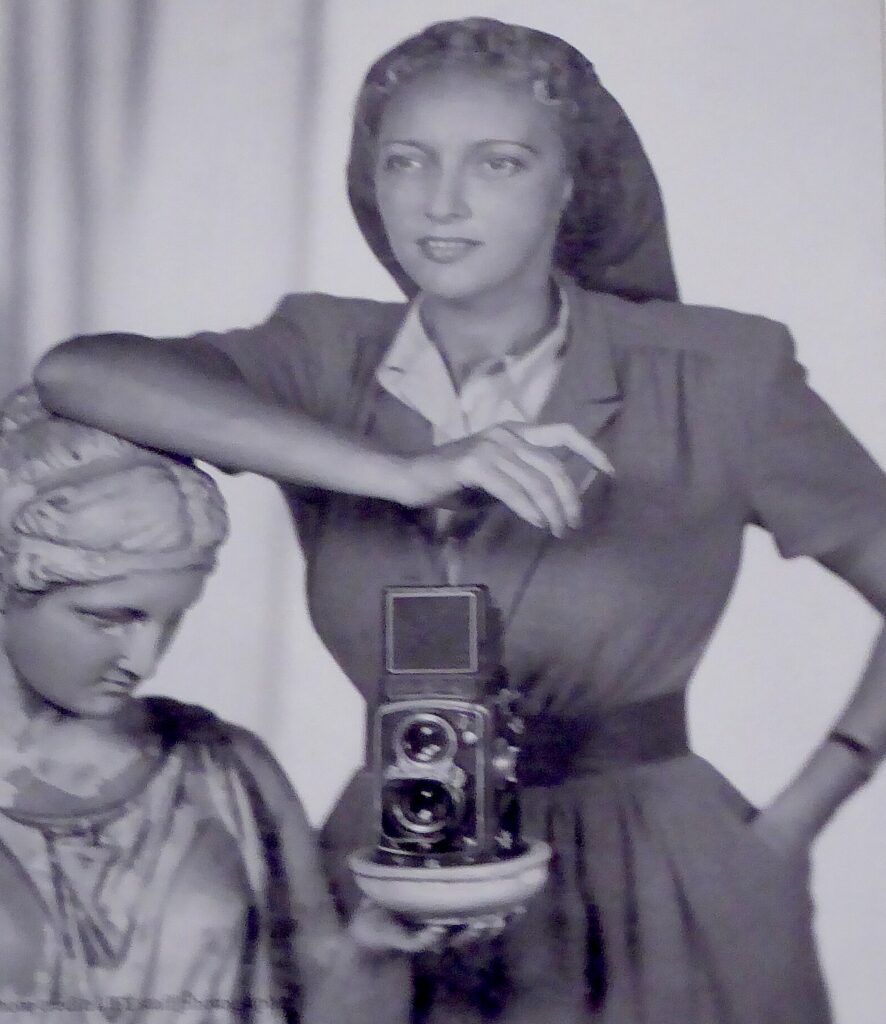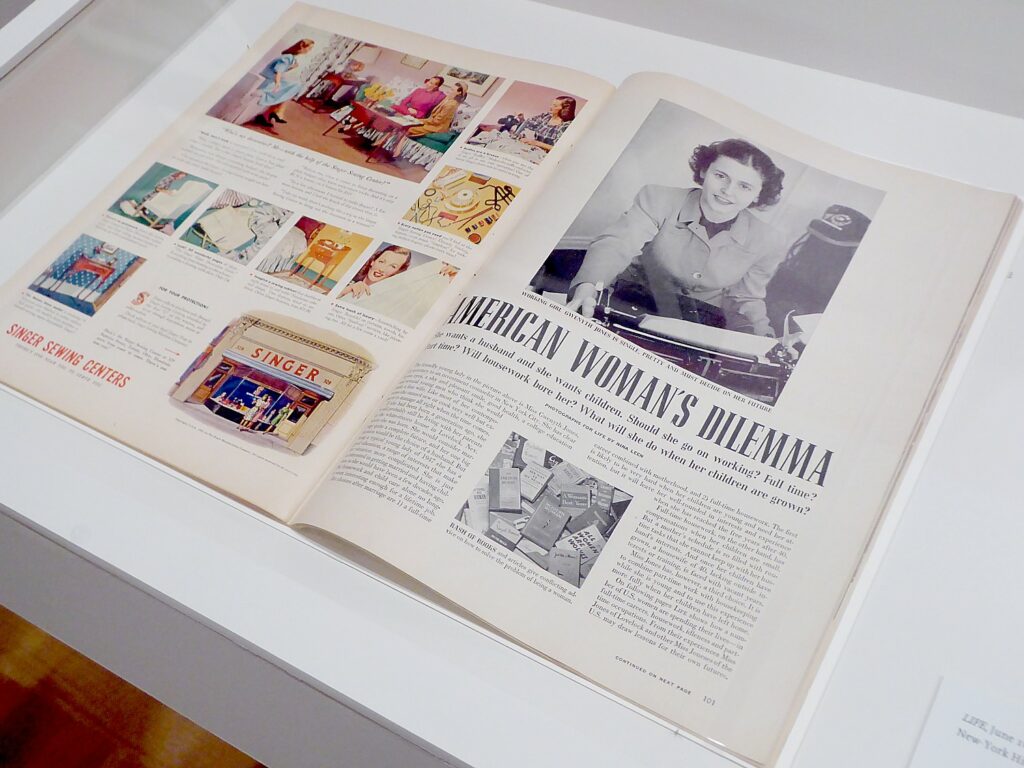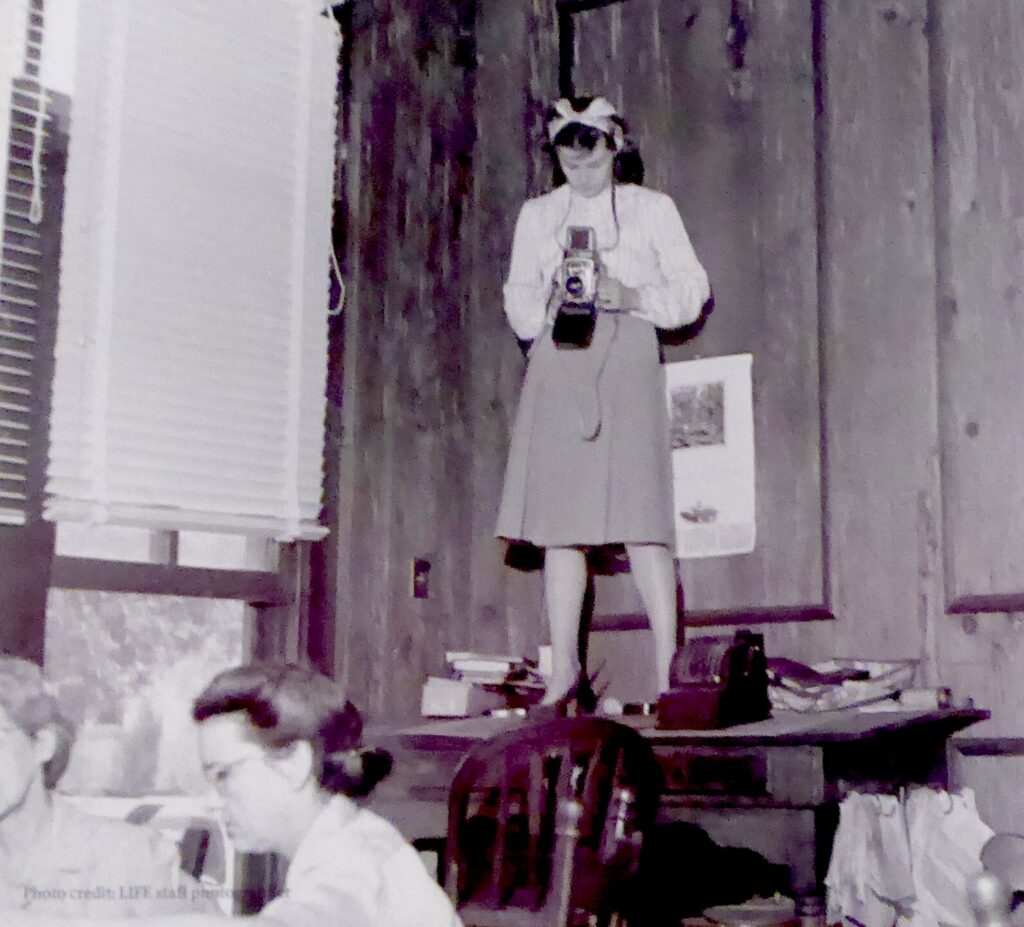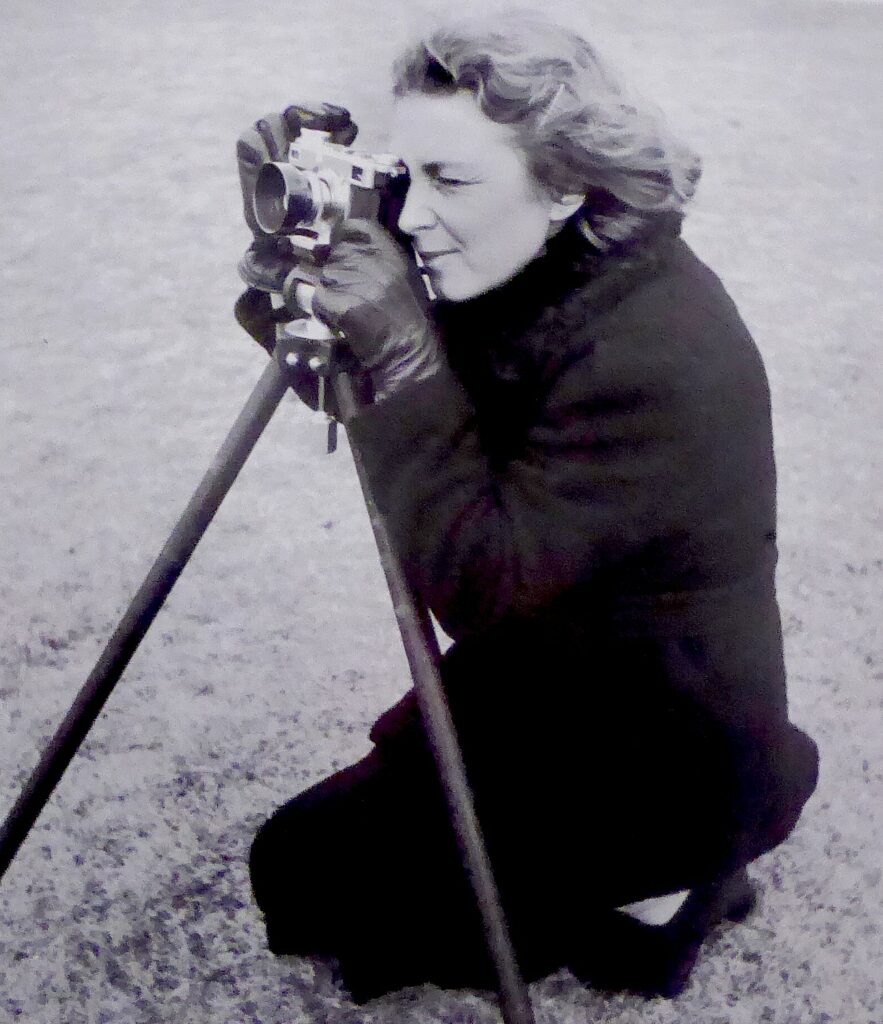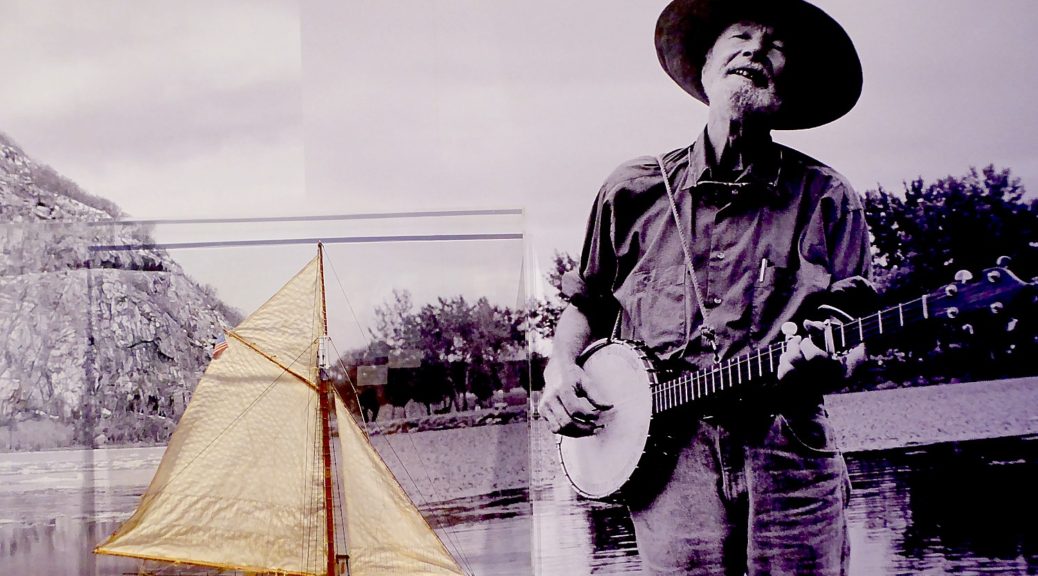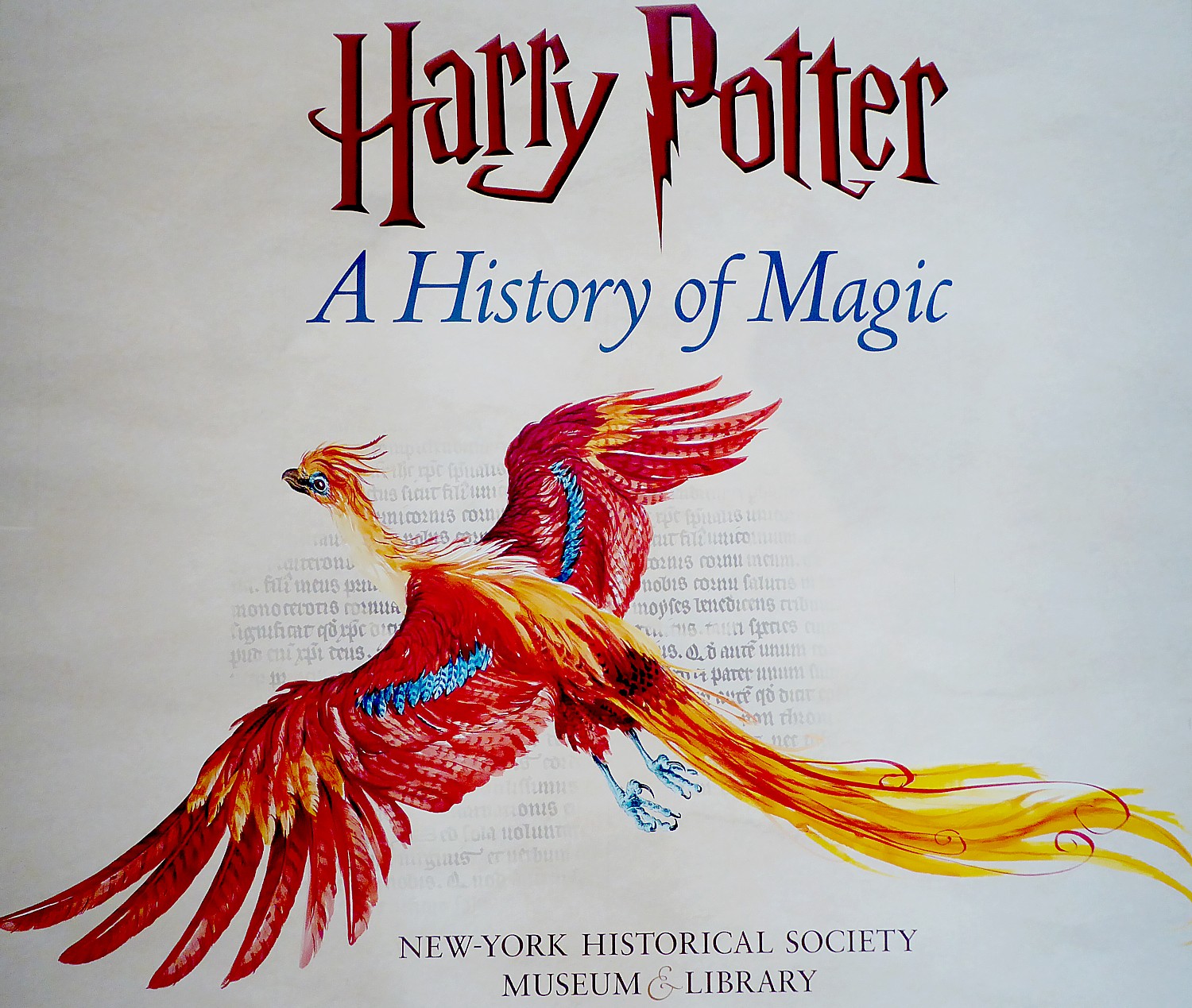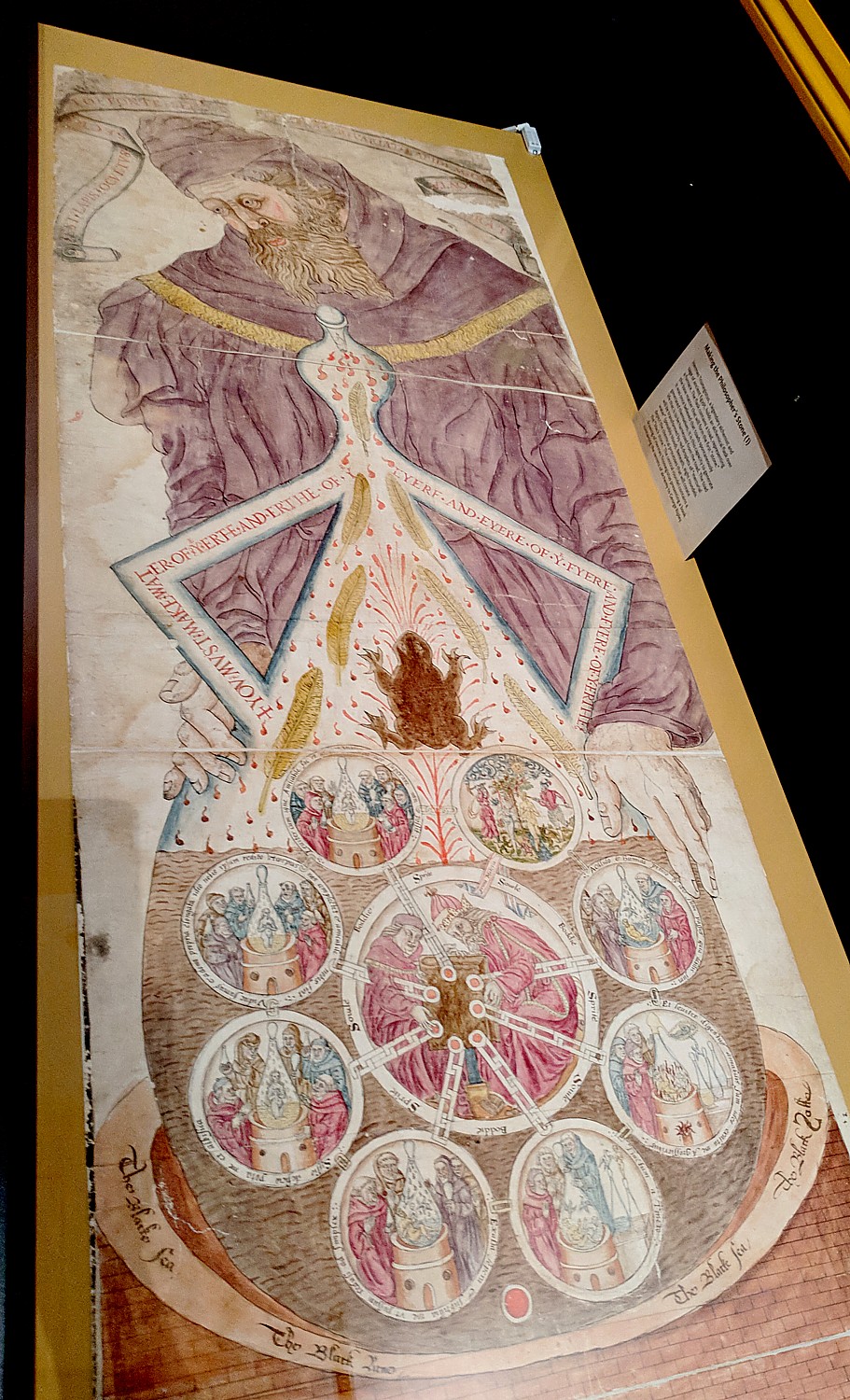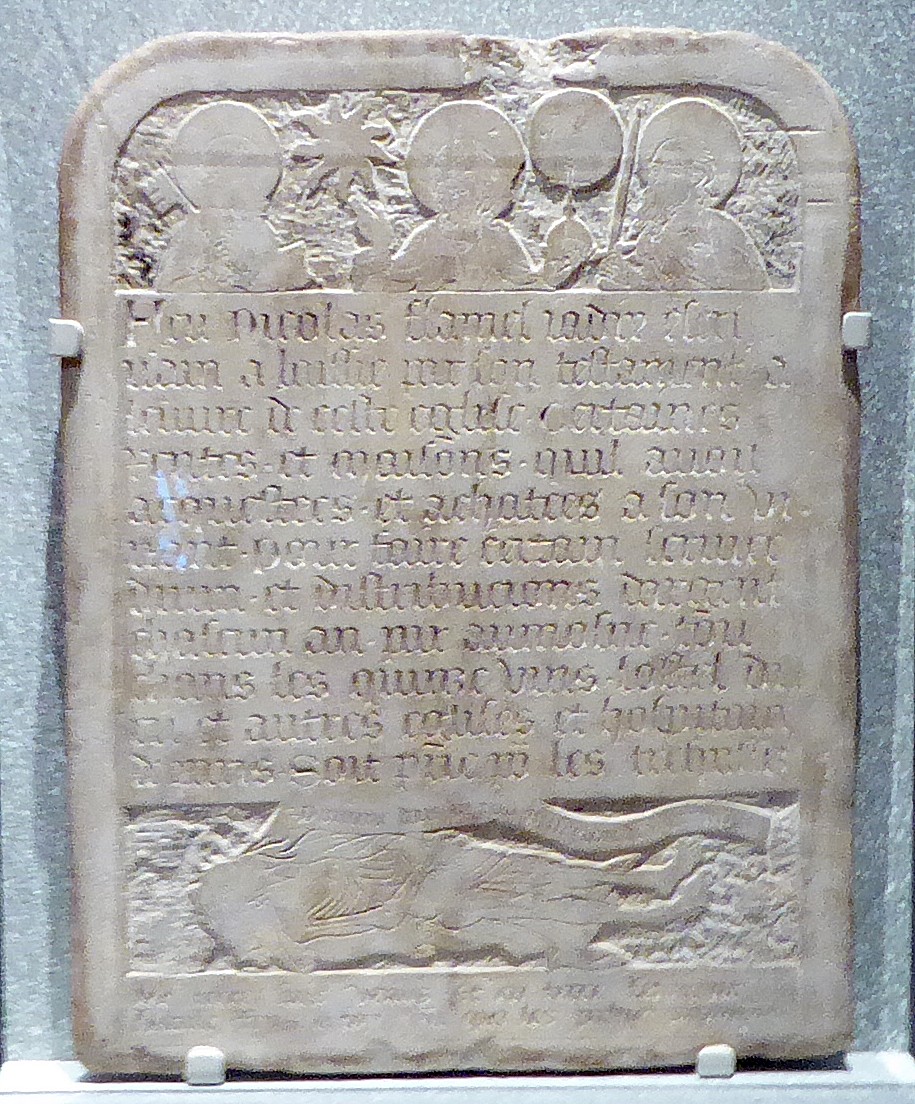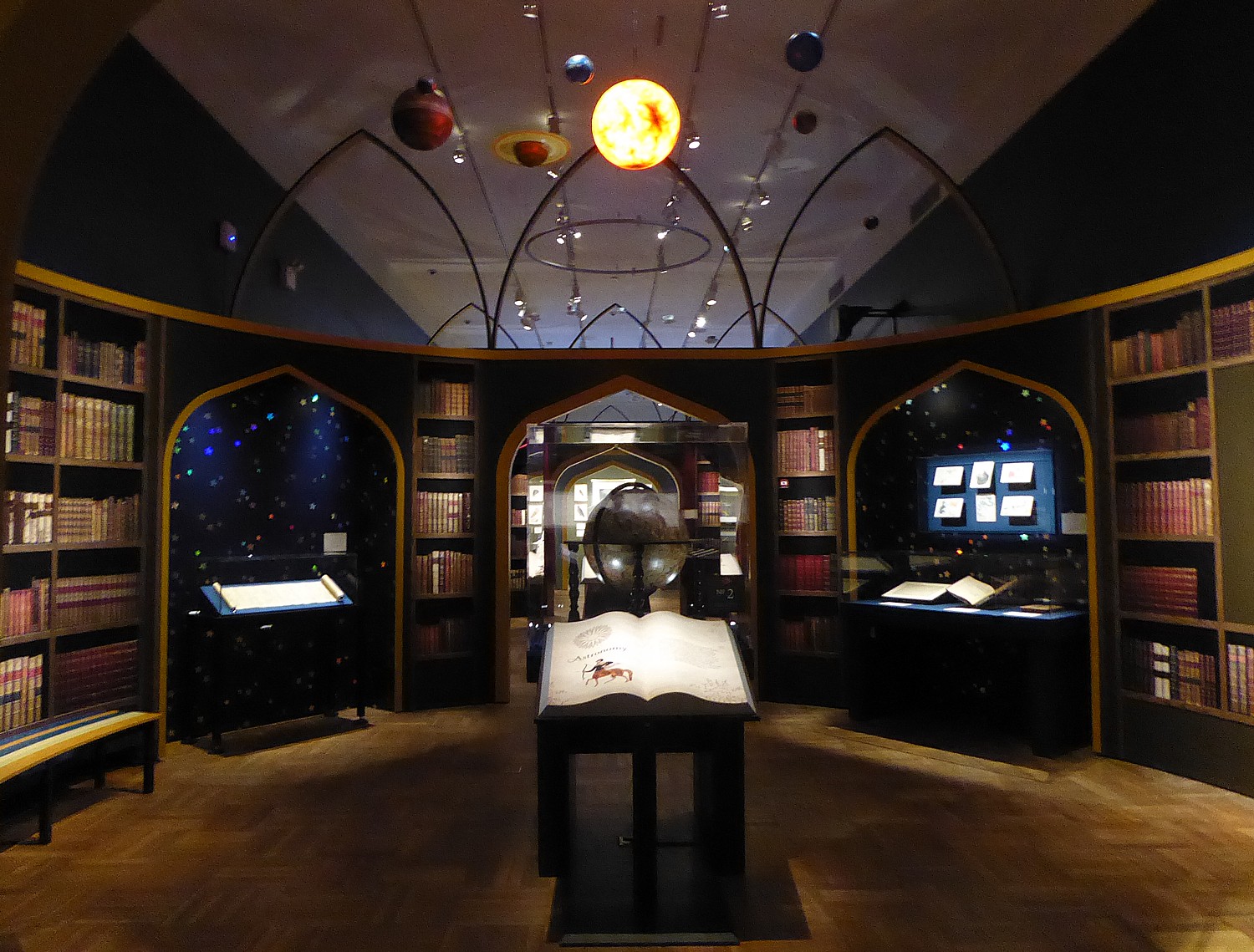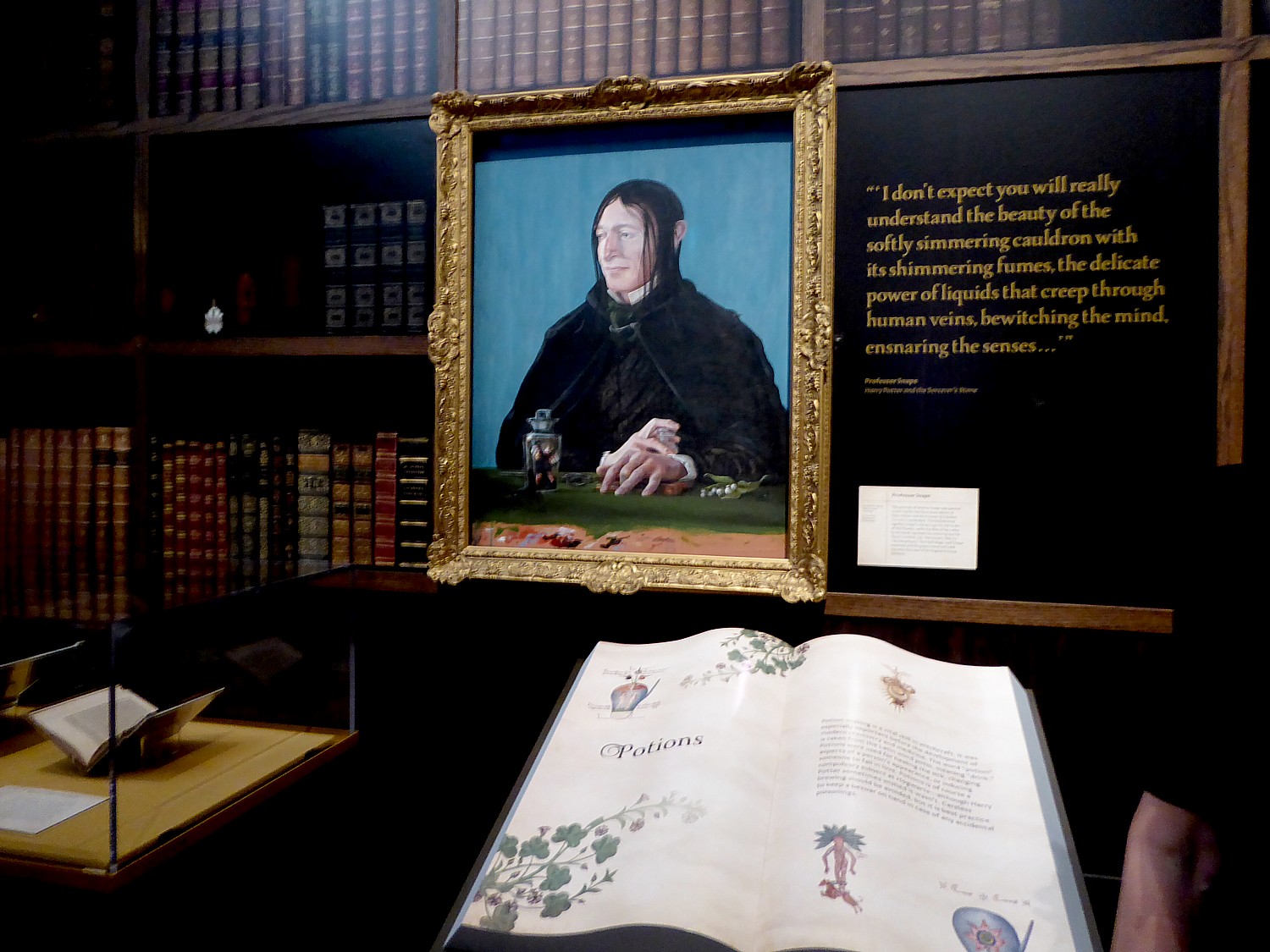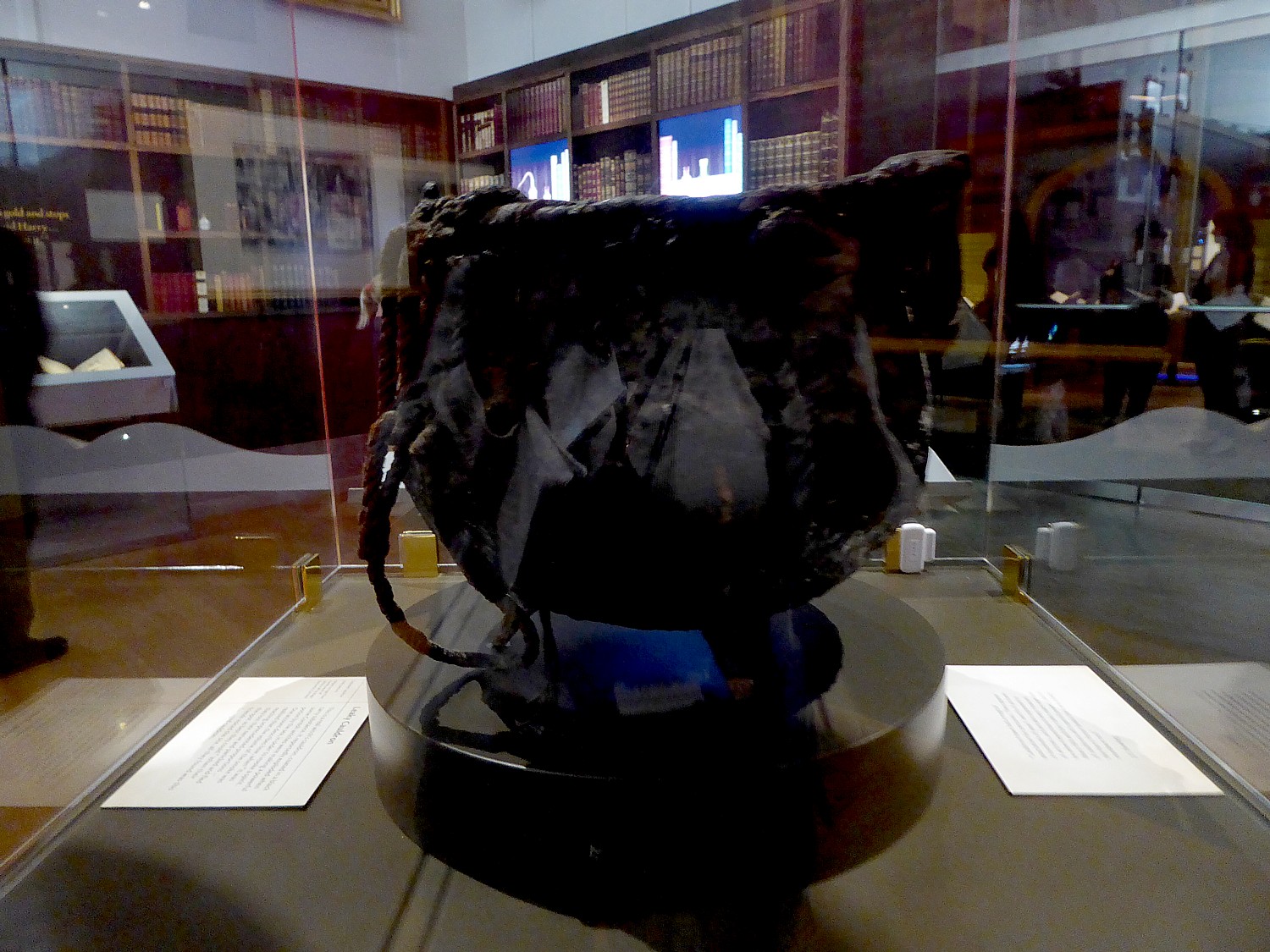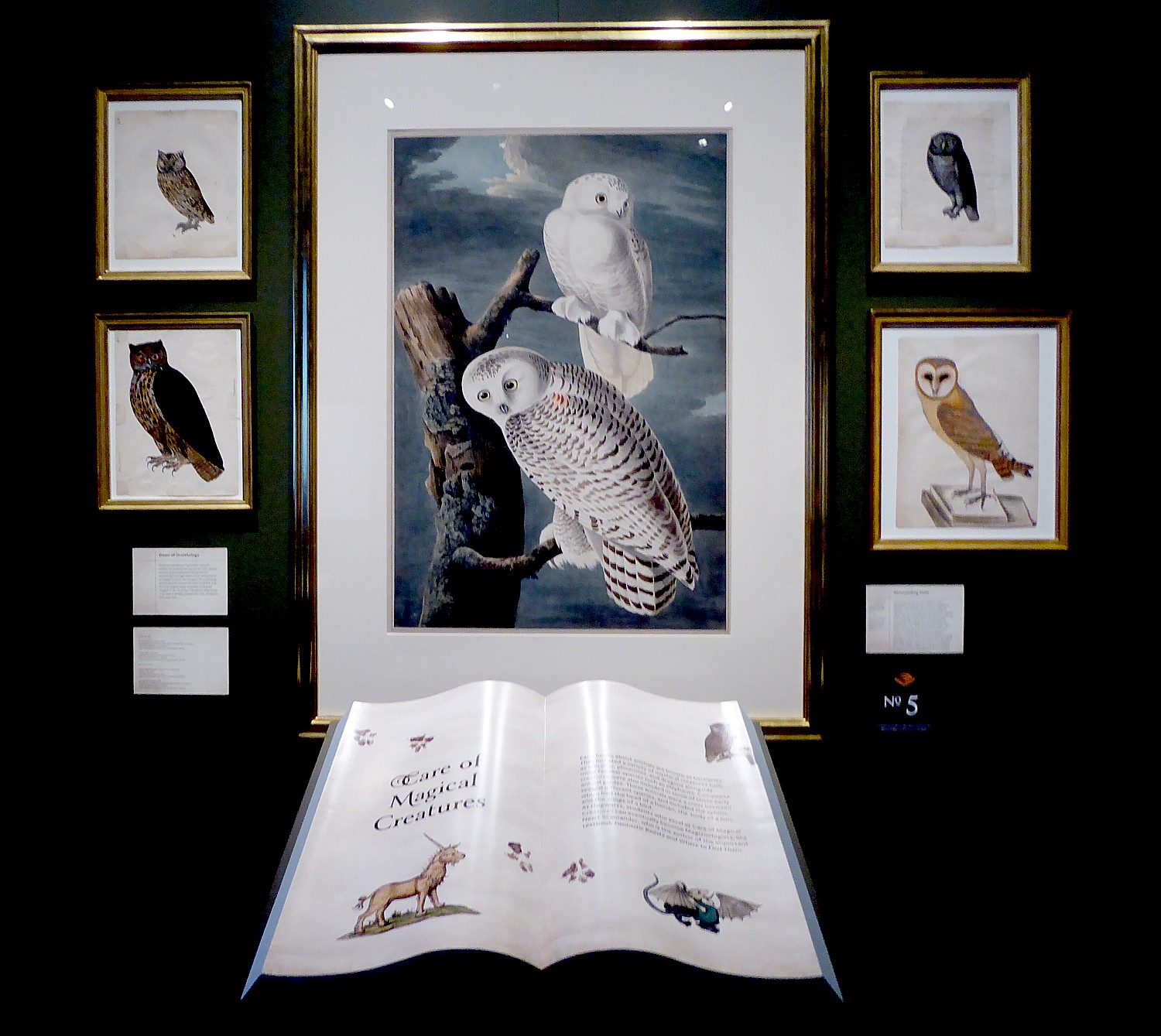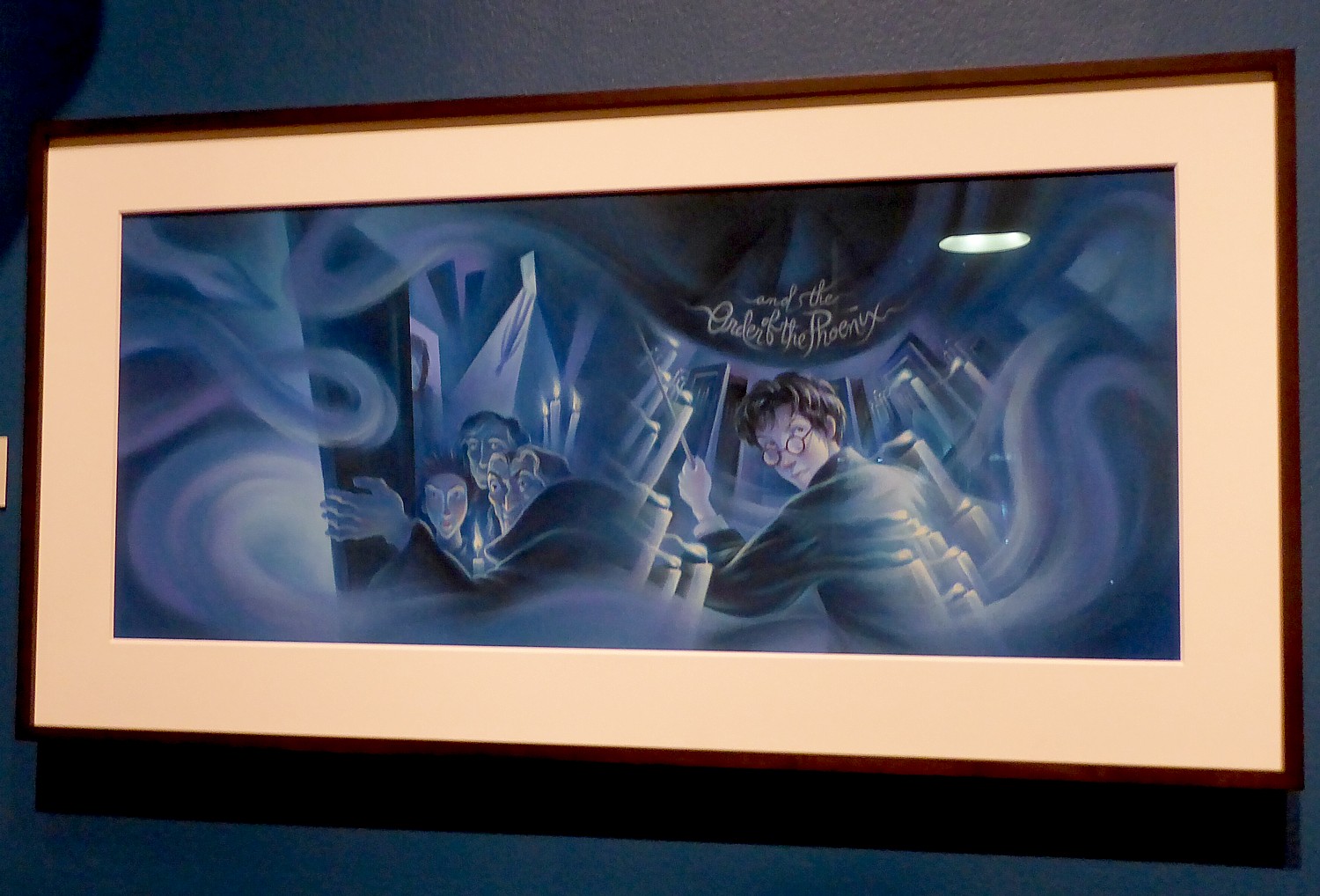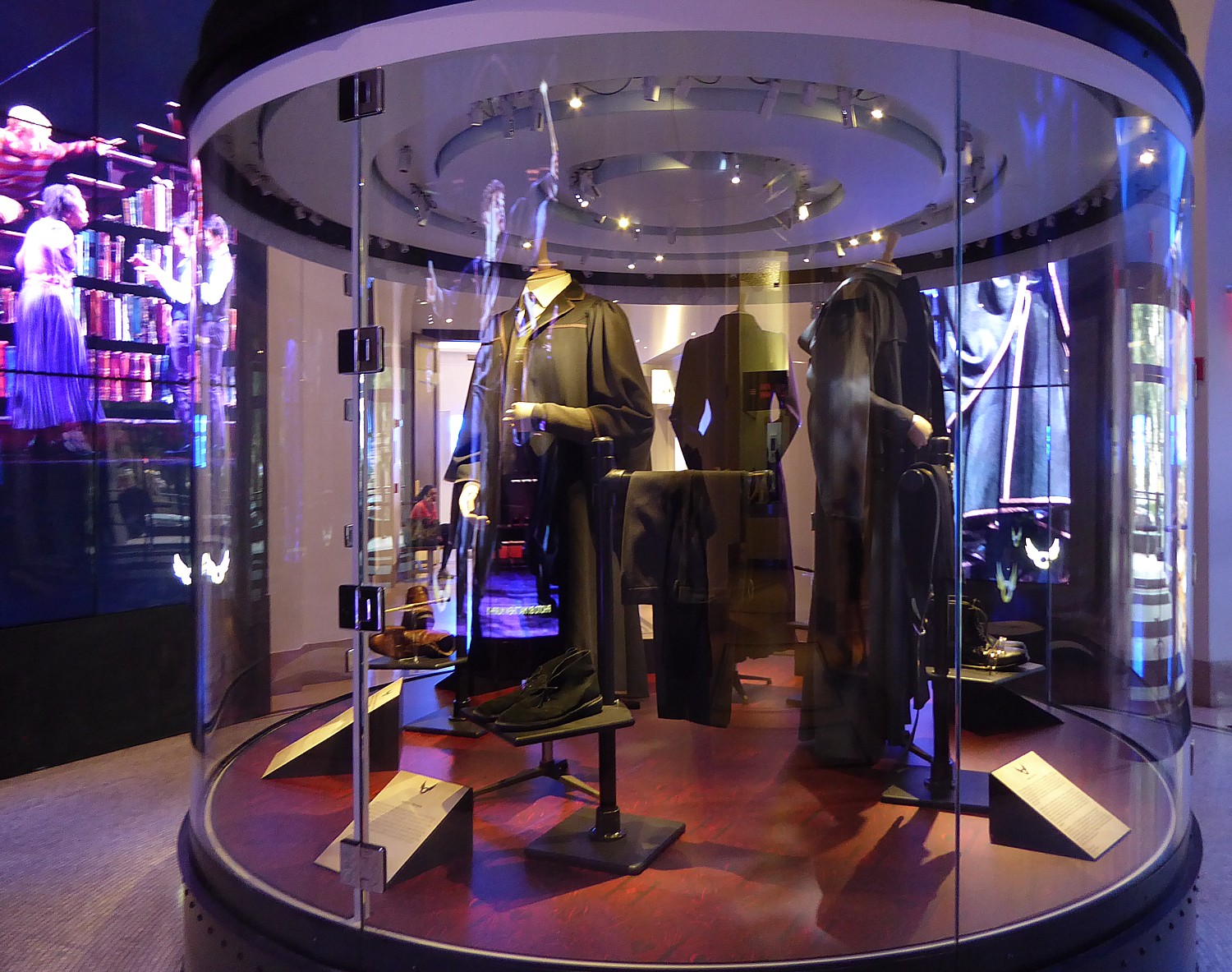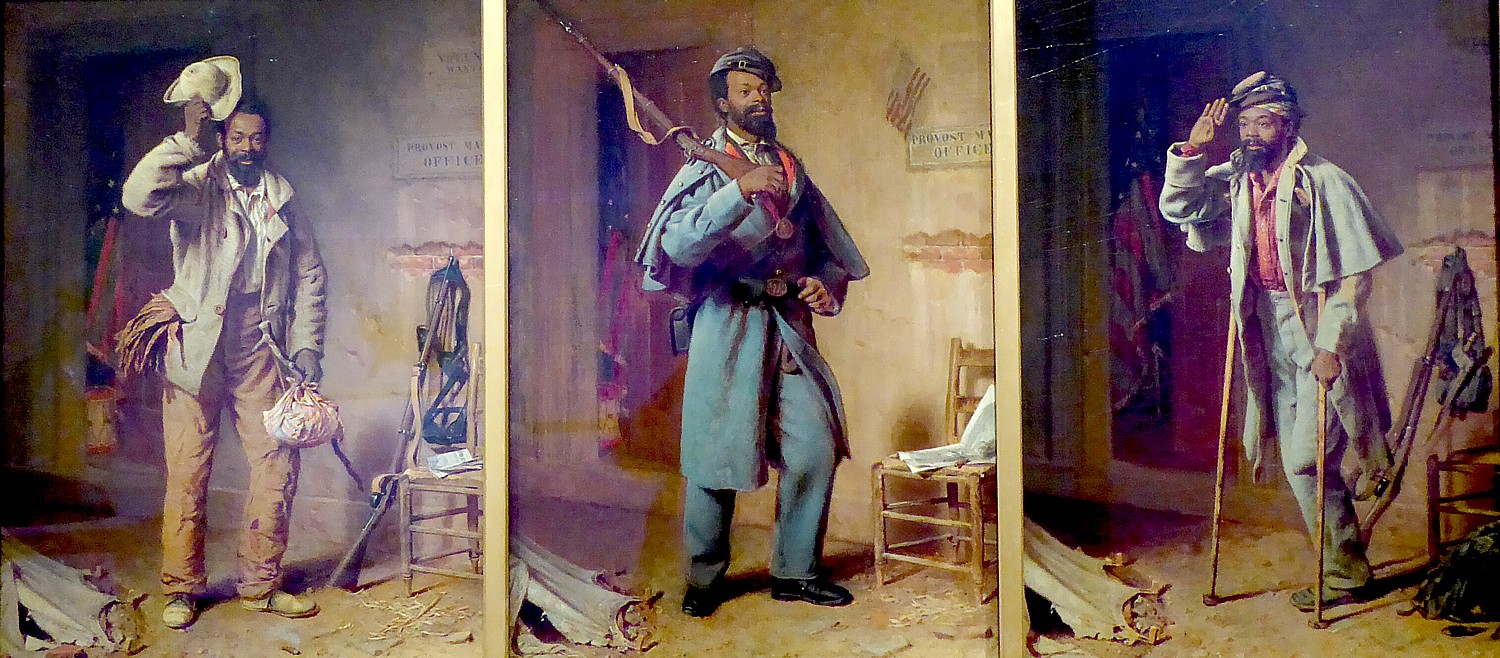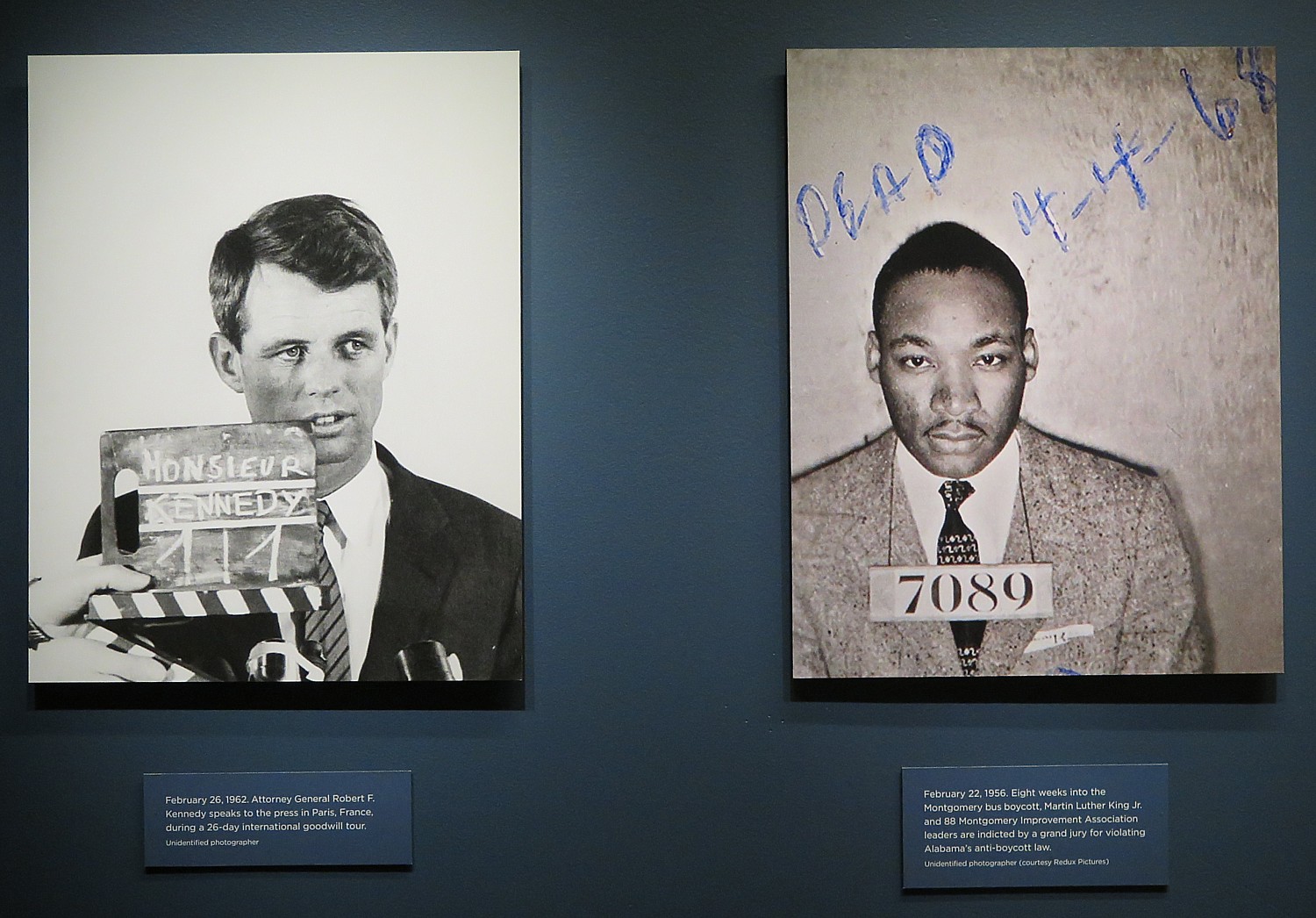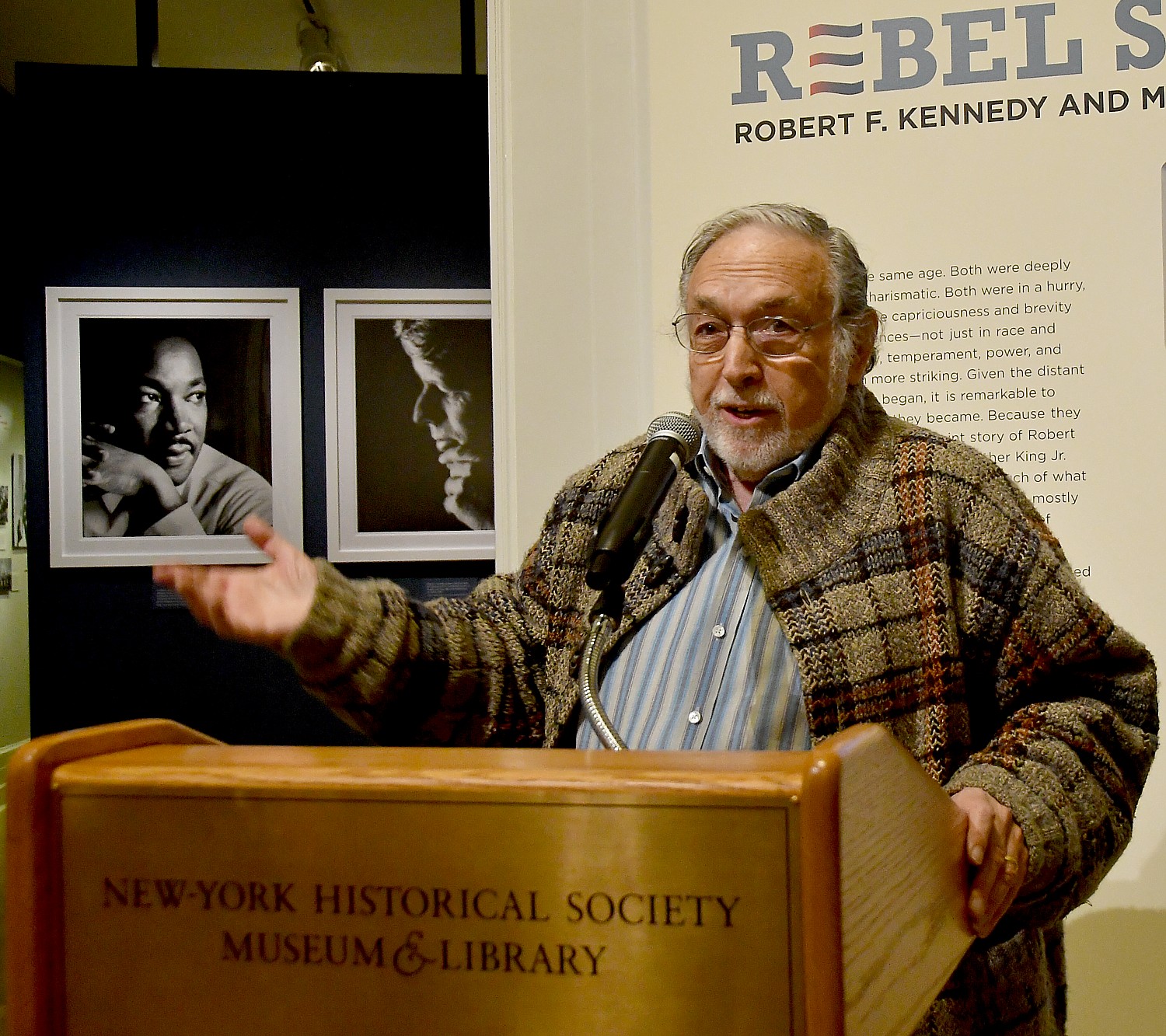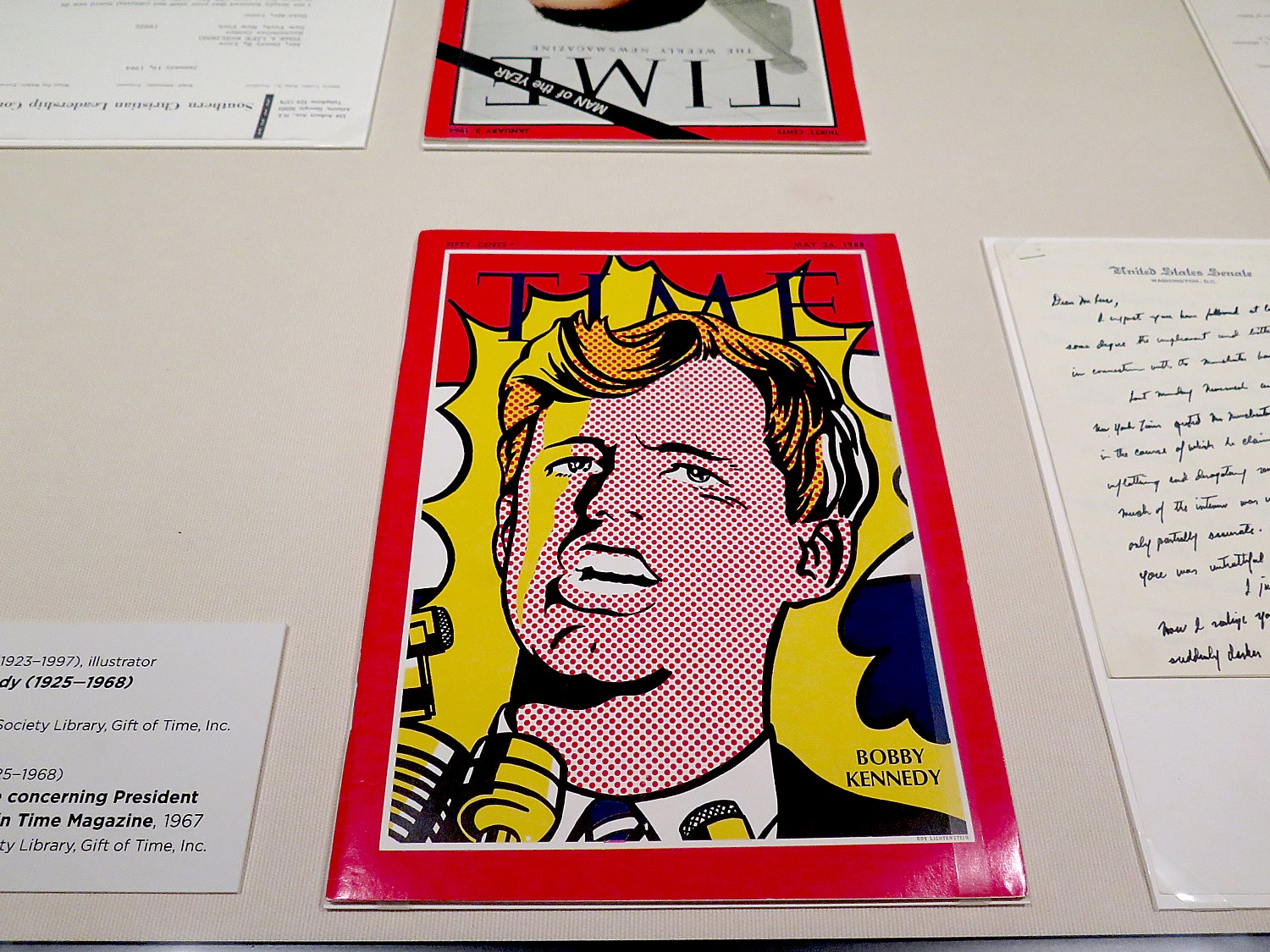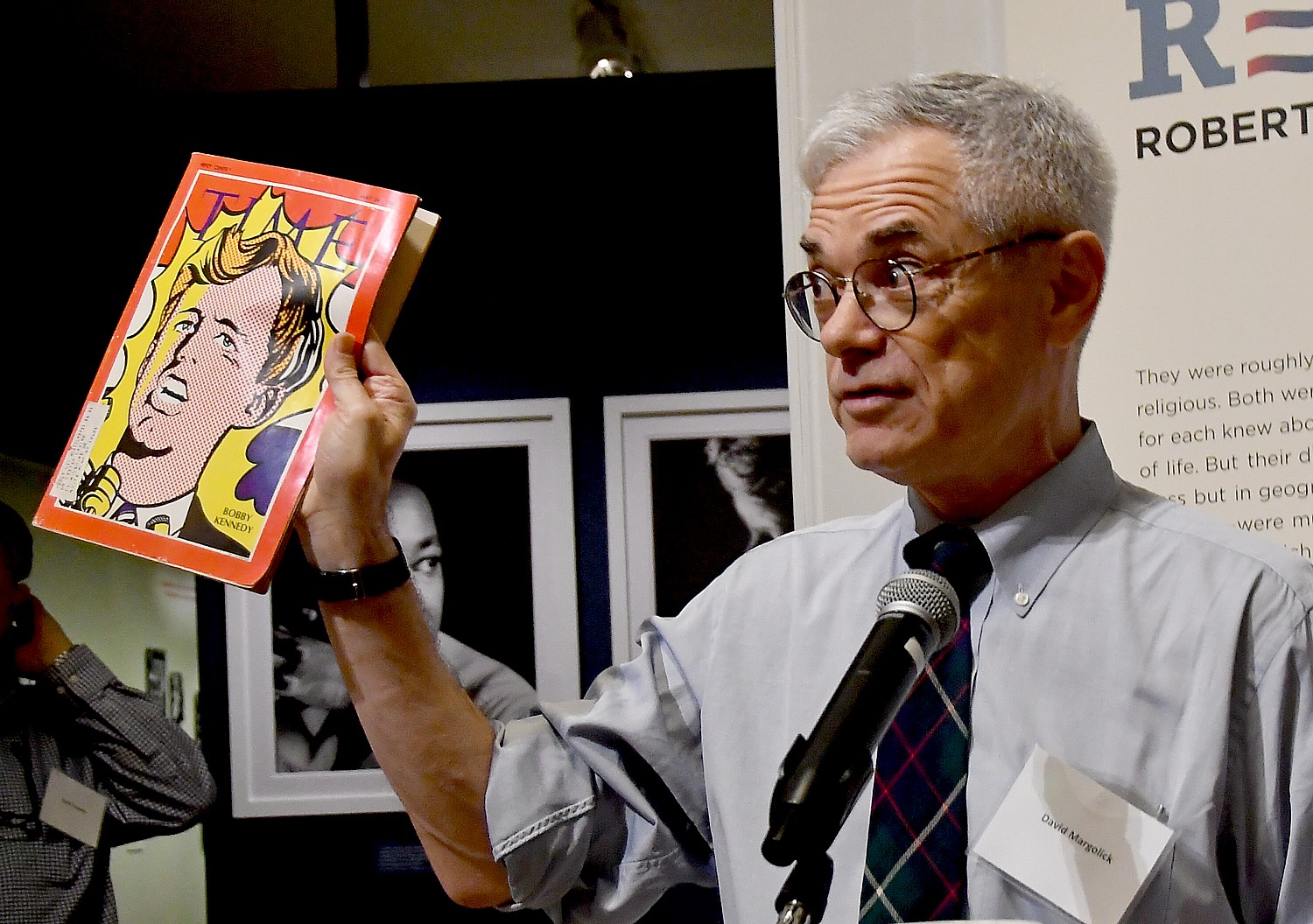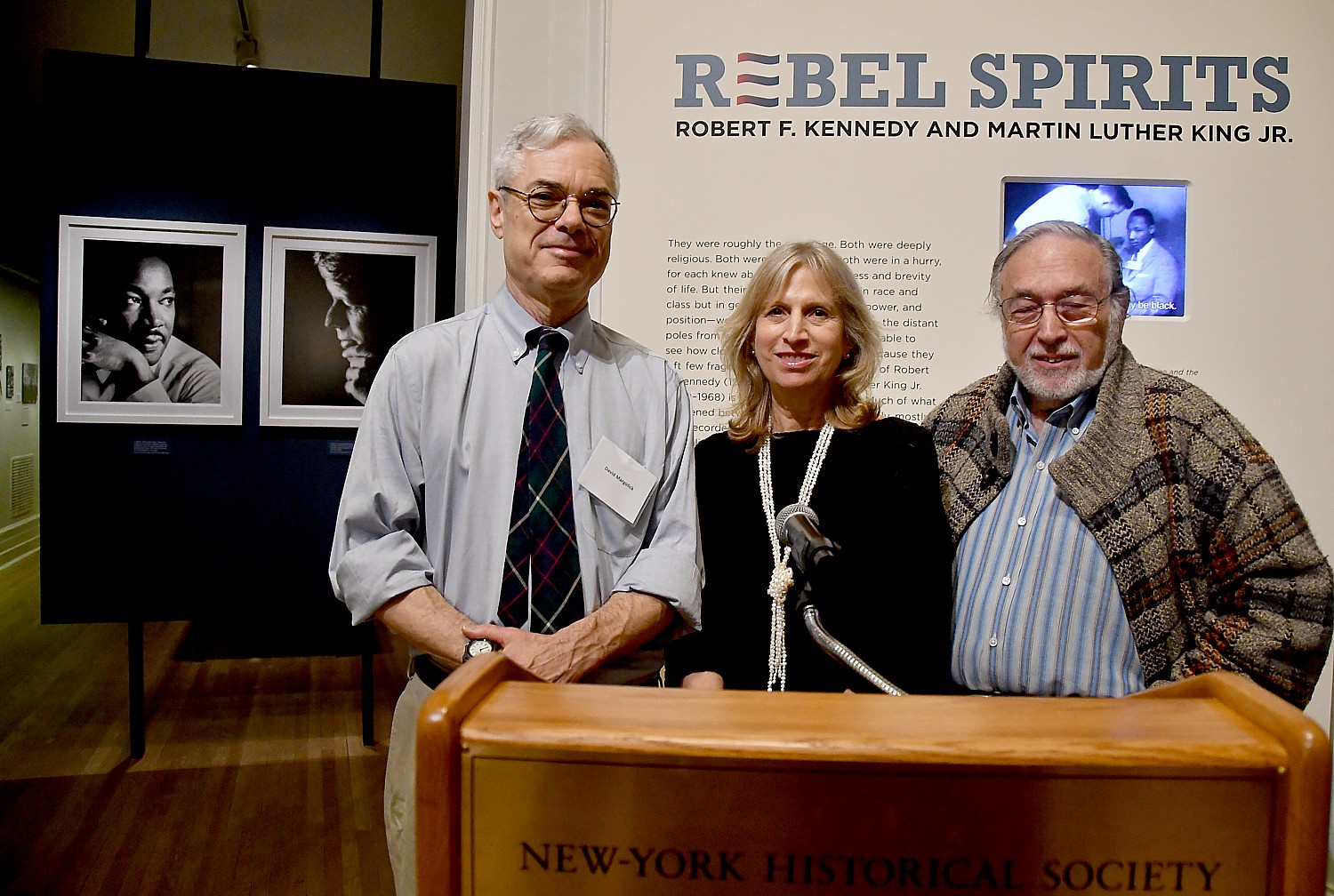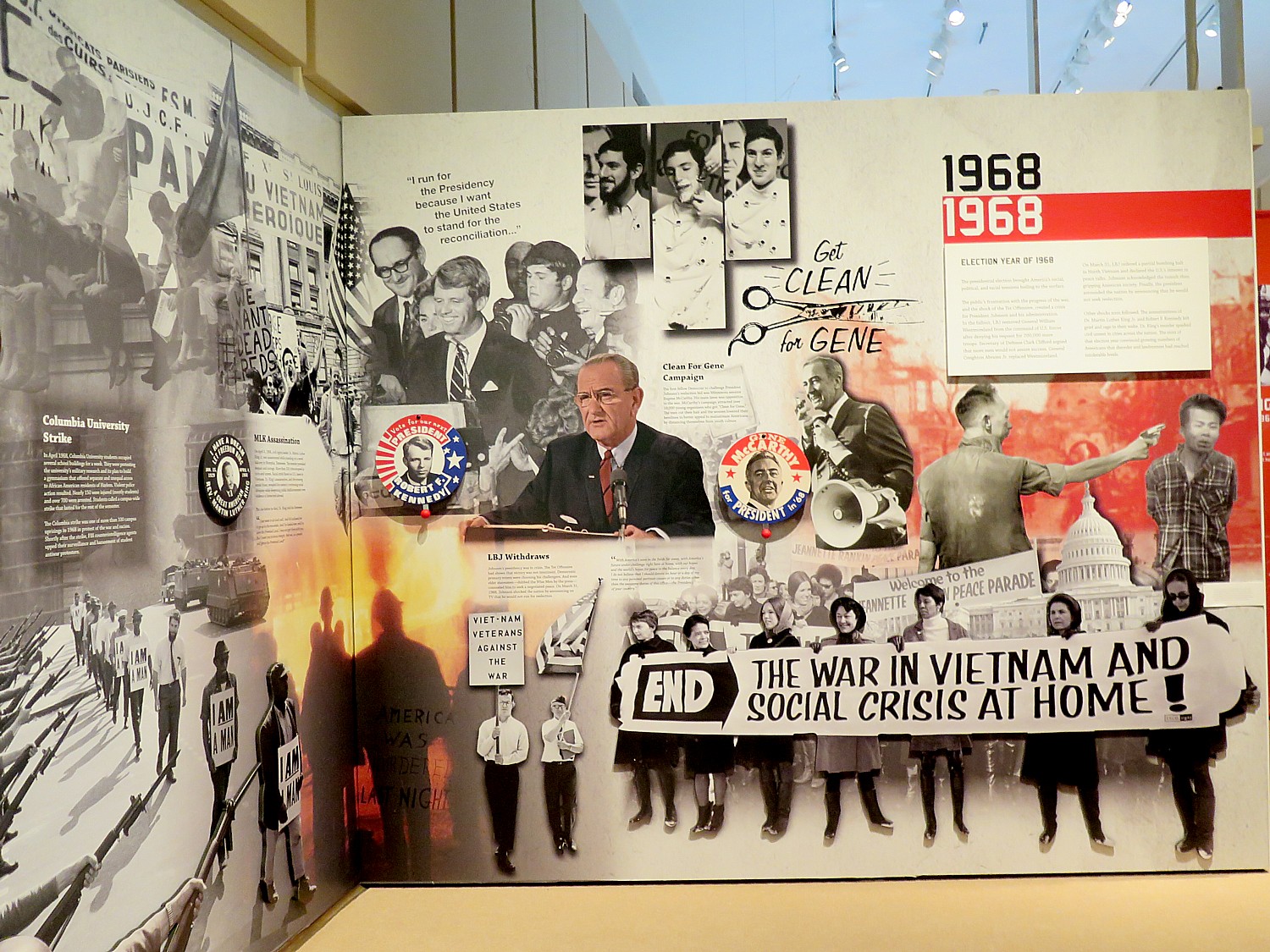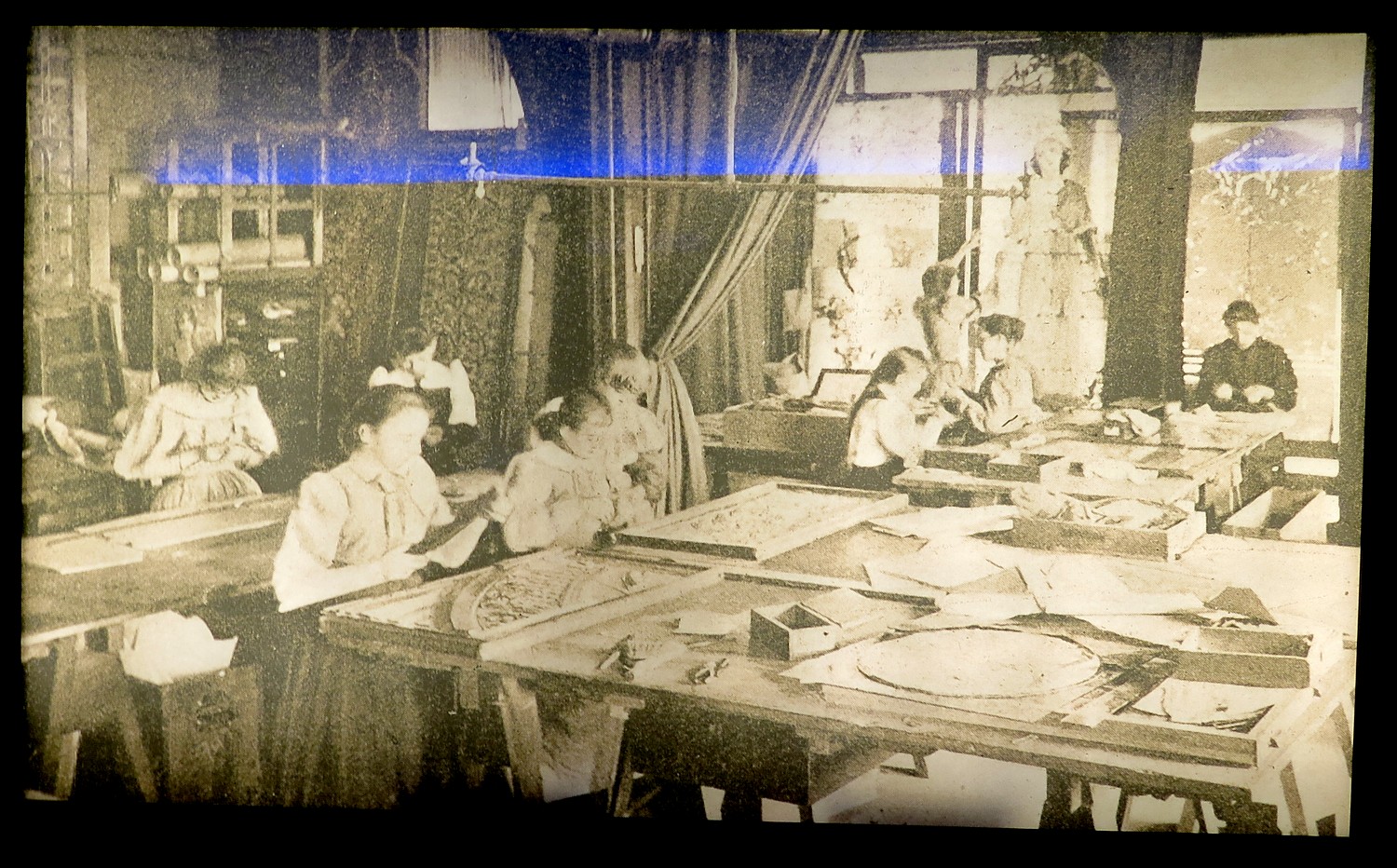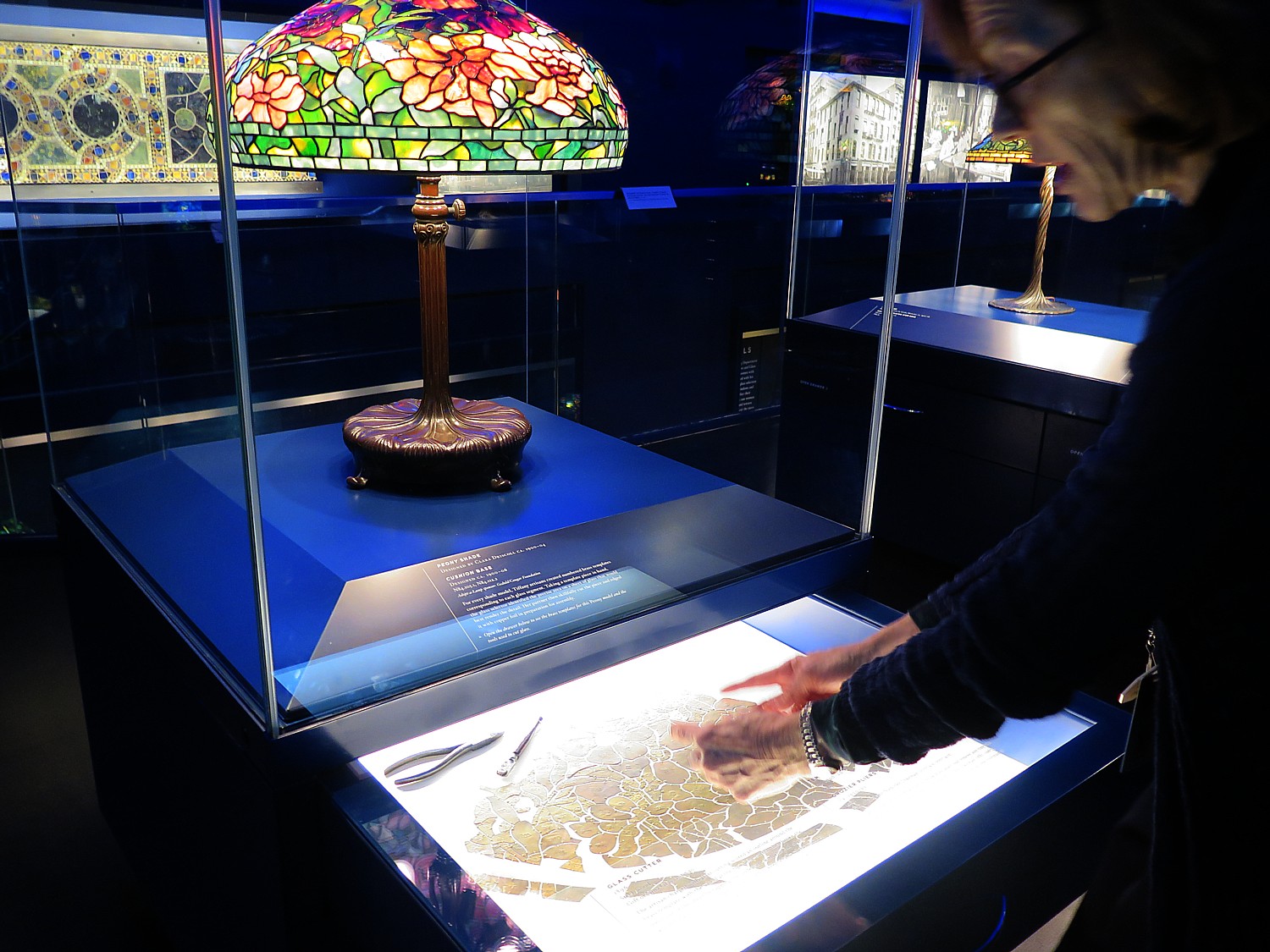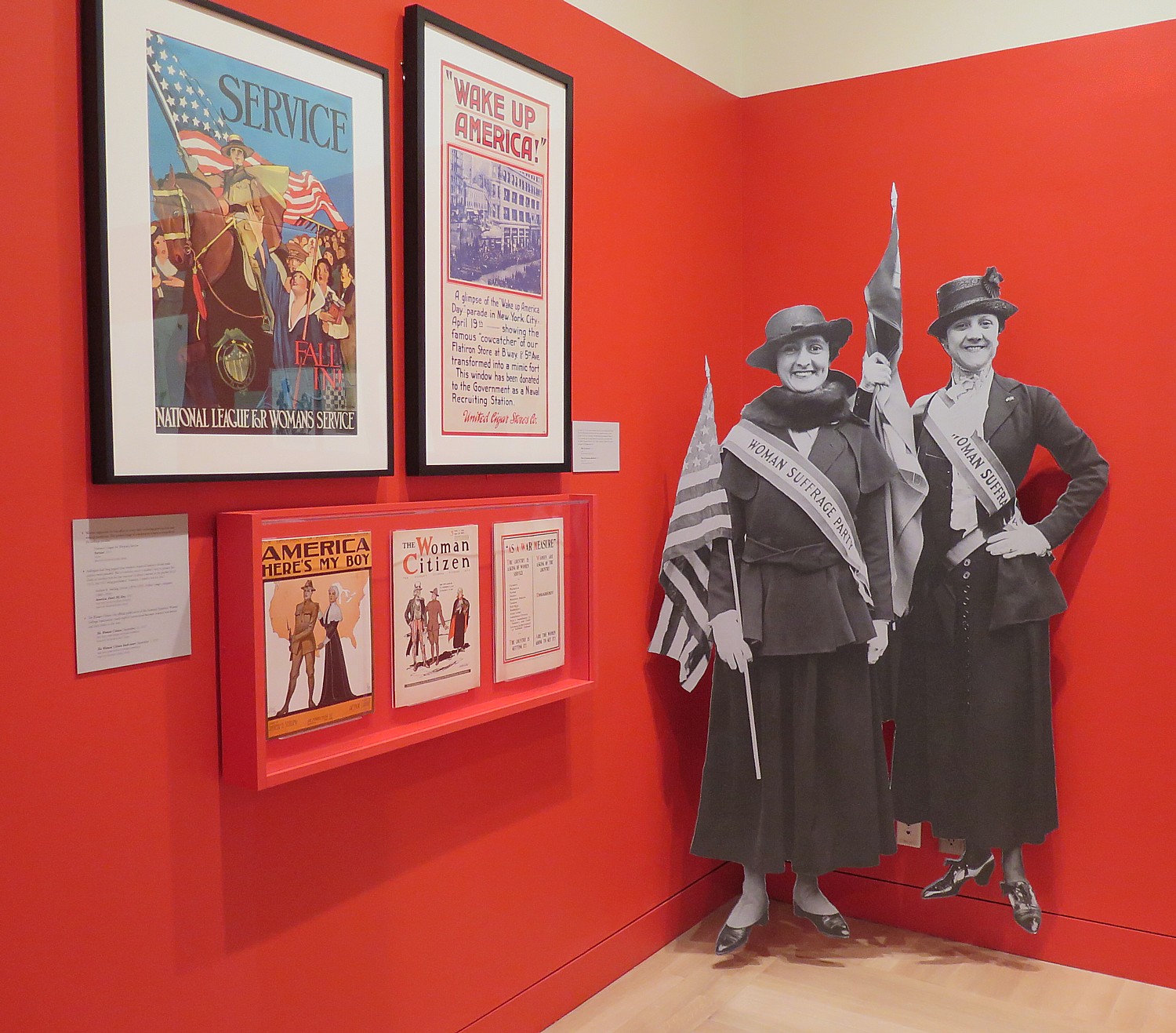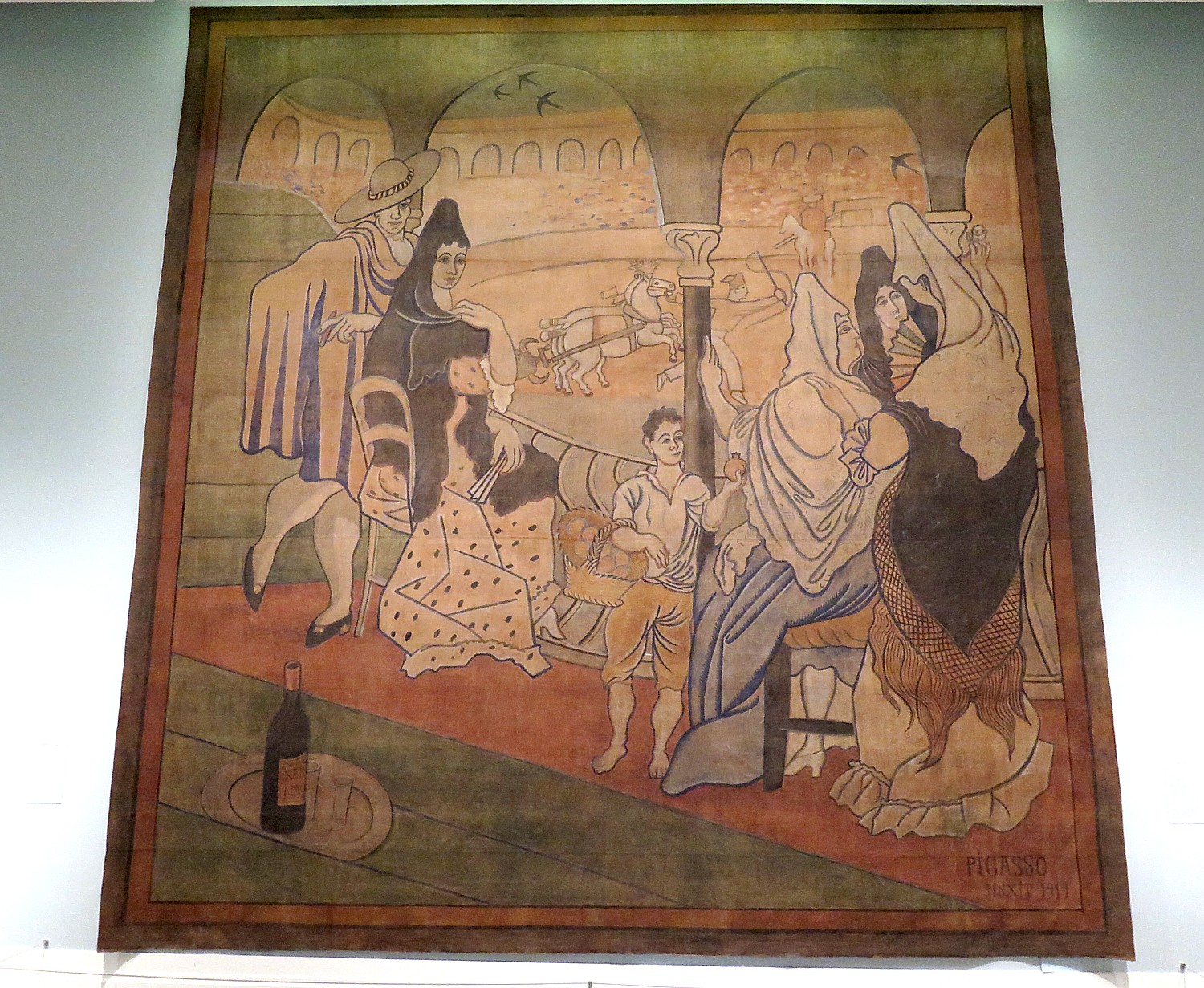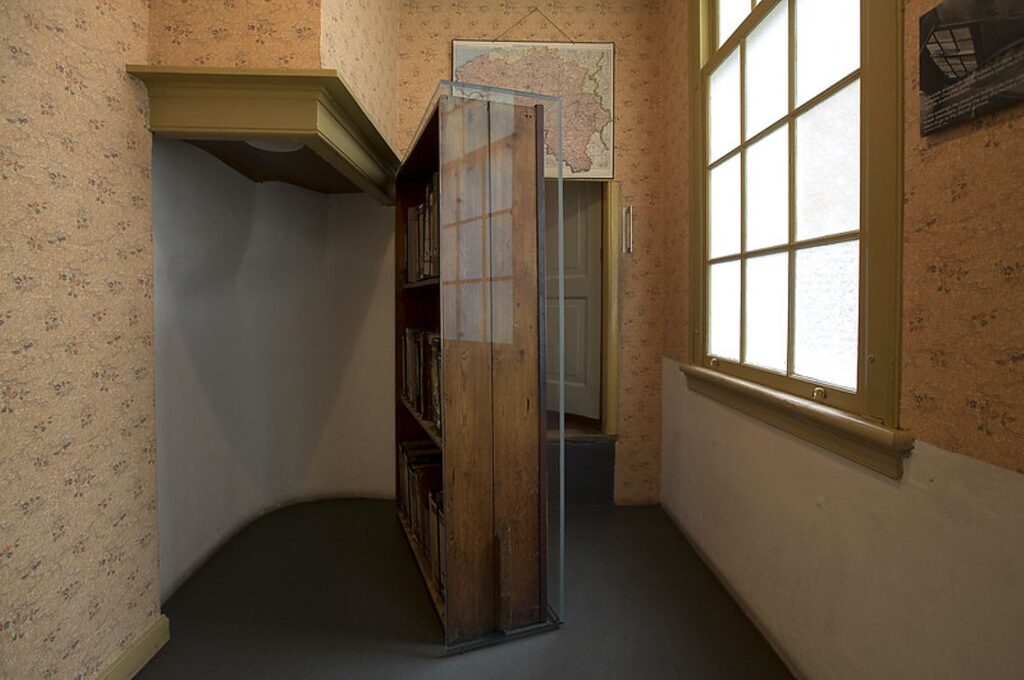
By Karen Rubin, Travel Features Syndicate, goingplacesfarandnear.com
New York is one of the premier cultural capitals of the world and fall is when the culture calendar gets into gear. But here’s a heads-up: the blockbuster exhibit of the year – the opportunity to tour a full-scale re-creation of Anne Frank’s Annex as it stands in Amsterdam – opens January 27, 2025, and tickets are on sale now. Here are highlights of what’s ahead on the culture calendar:
Groundbreaking Full-Scale Re-Creation of Anne Frank’s Annex
Amsterdam and New York – The Anne Frank House, one of the most visited historical sites in Europe, is presenting a pioneering experience: the opportunity to walk through an exact replica of Anne Frank’s hiding place where she wrote her famous diary. Anne Frank The Exhibition opens in New York City on January 27, 2025. Considering that tickets to visit the Anne Frank House in Amsterdam book up three months in advance, tickets for this exhibit are now available at AnneFrankExhibit.org.
This is the first time the Anne Frank House will present this opportunity for visitors outside of Amsterdam to be immersed in a full-scale recreation of the rooms where Anne Frank, her parents and sister, and four other Jews spent two years hiding to evade Nazi capture.
As a nonprofit organization helping to shape global understanding of the Holocaust and its contemporary relevance, including lessons on modern day antisemitism, racism, and discrimination, the Anne Frank House is entrusted with the preservation of the Annex where Anne Frank and her family hid during World War II. This exhibition, presented in New York City in partnership with the Center for Jewish History in Manhattan, opens on International Holocaust Remembrance Day, January 27, 2025, to mark the 80th commemoration of the liberation of Auschwitz.
Anne Frank The Exhibition is a first-of-its-kind, full-scale recreation of the complete Annex, furnished as it would have been when Anne and her family were forced into hiding. Moving through the exhibition, visitors will be able to immerse themselves in the context that shaped Anne’s life—from her early years in Frankfurt, Germany through the rise of the Nazi regime and the family’s 1934 move to Amsterdam, the Netherlands, where Anne lived for ten years until her 1944 arrest and deportation to Westerbork, a large transit camp in the Netherlands, then to Auschwitz-Birkenau, a concentration camp and killing center in Nazi-occupied Poland, and eventually to her death at Bergen-Belsen concentration camp in Germany when she was 15 years old.
Designed for audiences who may not have the opportunity to visit the Netherlands, the new exhibition in New York City is anticipated to draw massive attendance for what will be among the most important presentations of Jewish historical content on view in the United States. Through the recreated Annex; exhibition galleries immersing visitors in place and history through video, sound, photography, and animation; and more than 100 original collection items from the Anne Frank House in Amsterdam, Anne Frank The Exhibition will provide an opportunity to learn about Anne Frank not as a victim but through the multifaceted lens of her life—as a girl, a writer, and a symbol of resilience and strength. This is a story inspired by one of the most translated books in the world.
The New York City exhibition will occupy over 7,500 square feet of gallery space in the heart of Union Square. This marks the first time dozens of artifacts will be seen in the United States—many have never been seen in public.
Artifacts in the exhibition include:
- Anne Frank’s first photo album (1929-1942);
- Anne Frank’s typed and handwritten invitation to her friend for a film screening in her home (by 1942, anti-Jewish measures prohibited Jews from attending the cinema); and
- Handwritten verses by Anne Frank in her friends’ poetry albums.
“Anne Frank’s words resonate and inspire today, a voice we carry to all corners of the world, nearly eight decades later,” Ronald Leopold, Executive Director of the Anne Frank House, said. “As a custodian of Anne’s legacy, we have an obligation to help world audiences understand the historical roots and evolution of antisemitism, including how it fueled Nazi ideology that led to the Holocaust. Anne’s legacy is remarkable, as represented in the diary she left us, and as one of the 1.5 million Jewish children who were murdered at the hands of Nazi officials and their collaborators. Through this exhibition, the Anne Frank House offers insights into how this could have happened and what it means for us today.
“The exhibition provides perspectives, geared toward younger generations, that are certain to deepen our collective understanding of Anne Frank and hopefully provide a better understanding of ourselves. By bringing this exhibition to New York—a place with many ties to Anne’s story— the Anne Frank House is expanding the reach of our work to encourage more people to remember Anne Frank, reflect on her life story, and respond by standing against antisemitism and hatred in their own communities.”
Anne Frank The Exhibition is a limited engagement, scheduled to close on April 30, 2025. Public programming and educational initiatives tied to the exhibition will be announced when the exhibition opens to the public.
Timed entry individual and family tickets are available at AnneFrankExhibit.org. The exhibition is designed for children (ages 10 and older) and adults. All general admission tickets include the exhibition audio guide. Visitors should plan to spend approximately one hour at the exhibition. Last entry is one hour before closing.
Center for Jewish History, 15 West 16th Street, New York, N.Y. between 5th and 6th Avenues
Edges of Ailey at Whitney Museum of American Art
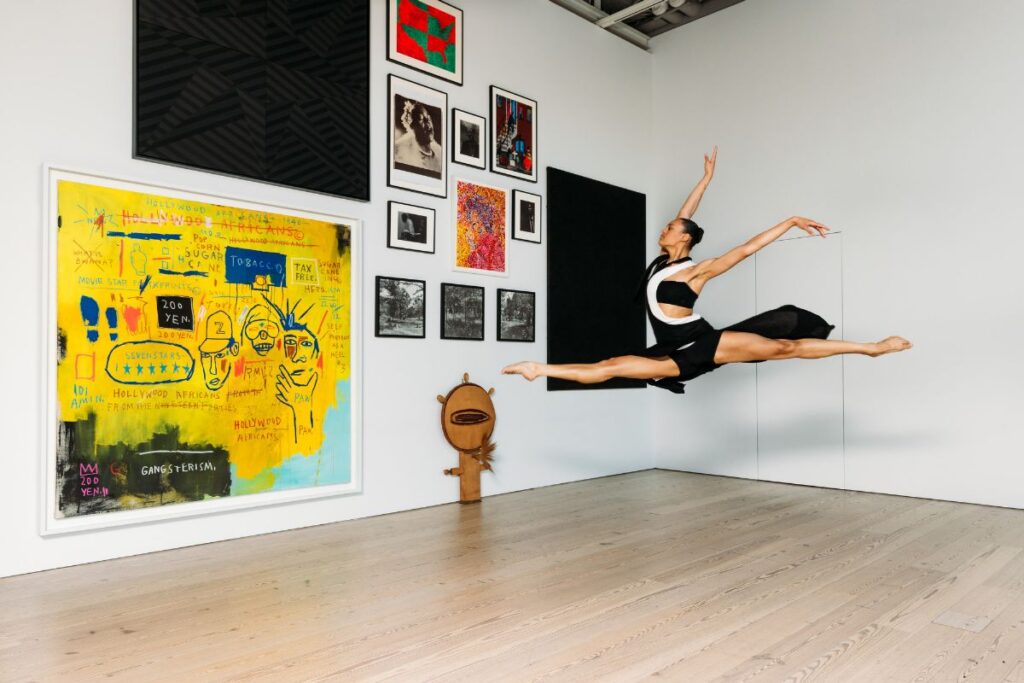
Edges of Ailey at the Whitney Museum of American Art through February 9, 2025, is the first large-scale museum exhibition to celebrate the life, dances, influences, and enduring legacy of visionary artist and choreographer Alvin Ailey. This dynamic showcase brings together visual art, live performance, music, a range of archival materials, and a multi-screen video installation drawn from recordings of Alvin Ailey American Dance Theater (AAADT) repertory to explore the full range of Ailey’s personal and creative life. Described as an “extravganza” by curator Adrienne Edwards, Edges of Ailey is the must-see event of the NYC fall/winter season. The landmark exhibition is on view only in NYC.
Presented at the Museum in multiple parts, Edges of Ailey consists of an immersive exhibition in the Museum’s 18,000 square-foot fifth-floor galleries that includes artworks by over 80 artists and never-before-seen archival materials. Artists featured in the exhibition include Jean-Michel Basquiat, Faith Ringgold, Alma Thomas, Jacob Lawrence, Kara Walker, and many others. A recent acquisition of Eldren Bailey and new works by Karon Davis, Jennifer Packer, Mickalene Thomas, and Lynette Yiadom-Boakye will be presented for the first time in honor of this landmark exhibition.
Edges of Ailey is part of a ‘Season of Ailey’ in New York City, which includes the Alvin Ailey American Dance Theater company’s annual engagement at New York City Center, December 4-January 5.
Also at the Whitney:
Opening November 1, Shifting Landscapes explores how evolving political, ecological, and social issues motivate artists’ representations of the world around them. The 120 works by more than 80 artists—including Firelei Báez, Jean-Michel Basquiat, Jane Dickson, Gordon Matta-Clark, Amalia Mesa-Bains, andPurvis Young—depict the effects of industrialization on the environment, grapple with the impact of geopolitical borders, and give shape to imagined spaces as a way of destabilizing the concept of a “natural” world.
On view through January 5, 2025, Survival Piece #5: Portable Orchard marks the first standalone museum presentation of the fully realized indoor citrus grove conceived and designed in 1972 by artists Helen Mayer Harrison and Newton Harrison. Stretching across the Museum’s eighth-floor gallery, this installation of 18 live citrus trees explores the need for a productive and sustainable food system in an imagined future where natural farming practices are obsolete and cannot be taken for granted.
More information at whitney.org/exhibitions.
Inaugural Perelman Performing Arts Center NYC Icons of Culture Festival
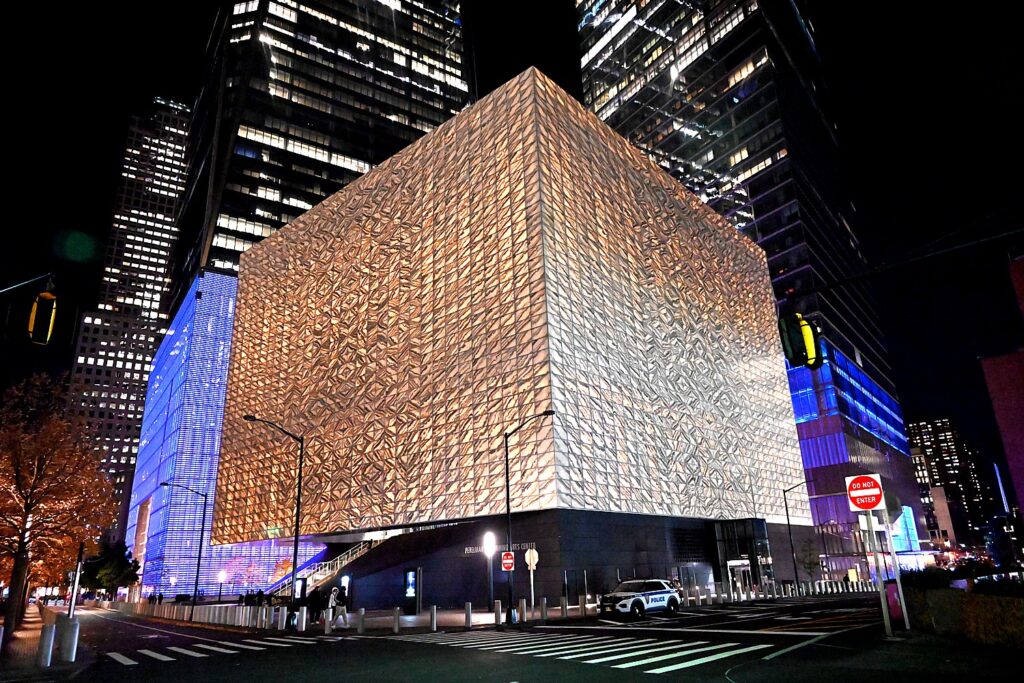
This fall, the Perelman Performing Arts Center [PAC NYC] is staging its inaugural PAC NYC ICONS OF CULTURE FESTIVAL presented by BNY from Tuesday, October 29 – Saturday, November 2, 2024.
PAC NYC ICONS OF CULTURE FESTIVAL will bring audiences into the room with trailblazers in art, music, comedy, film, sports, and more to talk about pushing boundaries, making a mark, and elevating the everyday to the iconic.
Icons to appear in conversation at the festival include Misty Copeland, The Dogist, Alex Edelman, Renée Fleming, Michael Imperioli, Baaba Maal, Philippe Petit, Questlove, Marcus Samuelsson, Kathleen Turner, Serena Williams, and Vanity Fair’s Little Gold Men Live!
A calendar of events is available at www.pacnyc.org
Rich Calendar of Cultural Events
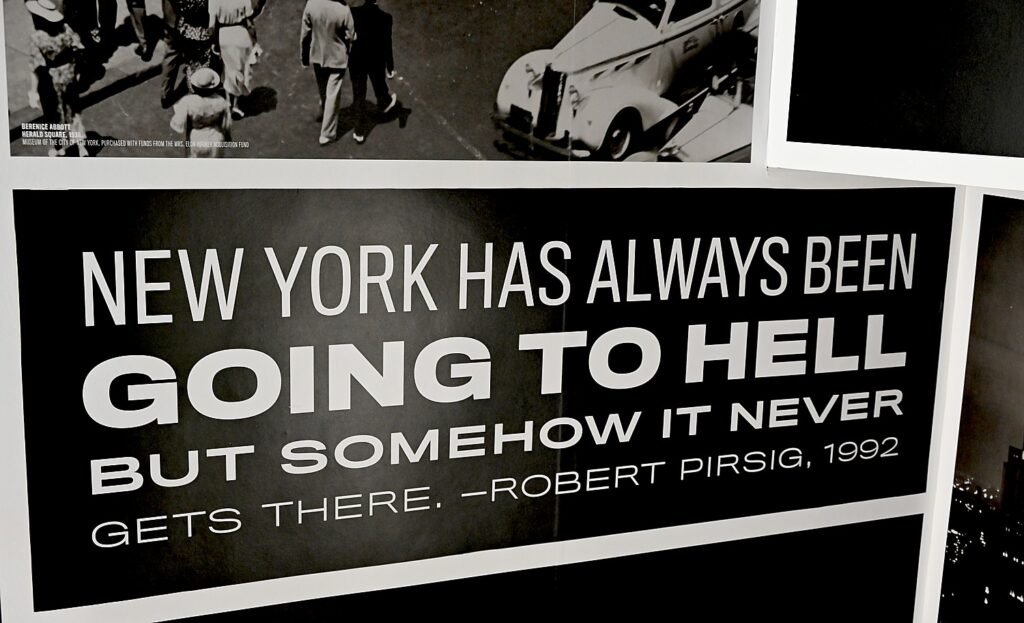
Art Deco City: New York Postcards from the Leonard A. Lauder Collection at Museum of the City of New York, East Harlem, through February 17, 2025: Featuring over 250 postcards alongside decorative arts, fashion, and architectural models, the exhibition highlights the role postcards played in popularizing Art Deco landmarks like the Empire State Building, the Chrysler Building and Rockefeller Center.
Make Way for Berthe Weill: Art Dealer of the Parisian Avant-Garde at Grey Art Museum, Noho, Manhattan, through March 1, 2025: Berthe Weill, the first woman modern art dealer, championed artists like Picasso, Matisse and Modigliani. This survey features around 110 works shown at her gallery in the early 20th century and highlights her work as a gallerist and advocate.
Pets and the City at The New-York Historical Society, Upper West Side, Manhattan, October 25, 2024—April 20, 2025: Featuring a diverse range of art, objects, memorabilia and media clips, this exhibition highlights pets’ lives in NYC, from early Indigenous cultures to today’s pampered companions. It also examines the growing pet population and addresses topics such as pet adoption and the importance of service animals. Also:

From Paul Revere to Edward Hopper: Treasures from the Leonard L. Milberg Collection of American Prints, Drawings, and Watercolors, through October 27, 2024, showcases more than 140 prints, drawings, and watercolors from one of the most admired collections of historical American works on paper
Scenes of New York City: Selections from the Elie and Sarah Hirschfeld Collection, through October 27, 2024: The inaugural display in the new Hirschfeld Gallery and Hall presents a selection of artworks from an extraordinary promised gift to New-York Historical by prominent philanthropists and art collectors Elie and Sarah Hirschfeld, who have amassed a stunning collection honoring their hometown. The collection features renowned artists—both national and international—and presents vivid snapshots of Gotham and its streetscapes.
Enchanting Imagination: The Objets d’Art of André Chervin and Carvin French Jewelers, through January 5, 2025: This dazzling exhibition of meticulously created objets d’art is on view to the public for the very first time. André Chervin (born 1927 in Paris), with his New York atelier, Carvin French, is one of the most acclaimed makers of handcrafted fine jewelry in the world.
A Billion Dollar Dream: The 1964-1965 New York World’s Fair on its 60th Anniversary at Queens Museum, Flushing Meadows Corona Park, Queens, November 3, 2024—March 9, 2025: A Billion Dollar Dream celebrates the 60th anniversary of the 1964–1965 New York World’s Fair by examining its legacy through social, political and environmental lenses. Featuring materials from the Queens Museum’s collection, the exhibition highlights the Fair’s promotion of progress and nationhood while reflecting contemporary issues, including civil rights and the women’s liberation movement.
Solid Gold at The Brooklyn Museum, Prospect Heights, Brooklyn, November 16, 2024—July 6, 2025: Solid Gold celebrates the allure of gold, presenting over 500 works that explore the color and material’s significance in art, fashion, film and design throughout history. Opening for the Brooklyn Museum’s 200th anniversary, the exhibition features stunning pieces from renowned designers like Christian Dior and Yves Saint Laurent, alongside gold-ground paintings, sculptures and jewelry by notable artists such as Alexander Calder and Bulgari.

Flight into Egypt: Black Artists and Ancient Egypt, 1876–Now at The Metropolitan Museum of Art, Upper East Side, Manhattan, November 17, 2024—February 17, 2025: Flight into Egypt: Black Artists and Ancient Egypt, 1876–Now examines how Black artists and cultural figures have engaged with ancient Egypt through art, literature and performance over nearly 150 years. Featuring 200 works, the exhibition explores themes like the creation of a unifying identity and the contributions of Black scholars. It also includes a dedicated gallery for performance art, featuring live performances on select days.
Lillie P. Bliss and the Birth of the Modern at The Museum of Modern Art, Midtown Manhattan, November 17, 2024—March 29, 2025: The Museum of Modern Art will host this exhibition in celebration of one of its founders and her crucial role in promoting modern art in the US. The exhibit marks 90 years since Bliss’s contributions to MoMA and will feature about 40 works. The exhibition will also display archival materials, highlighting her lasting impact on the museum and the acceptance of modern art in America.
Ceremonies Out of the Air: Ralph Lemon at MoMA PS1, Long Island City, Queens, November 14, 2024—March 25, 2025: Showcasing over 60 works by Ralph Lemon, this exhibition presents dance, sculpture, video and more. Ceremonies Out of the Air will highlight his storytelling through movement and features the central installation Rant redux (2020–24). It will also include a series of live performances that enhance the immersive experience.
Magazine Fever: Gen X Asian American Periodicals at The Museum of Chinese in America, Nolita, Manhattan, through March 30, 2025: Magazine Fever: Gen X Asian American Periodicals examines the impact of Asian American magazines in shaping identity during the 1980s and ’90s. Featuring over 80 rare issues from notable publications like A. Magazine and Hyphen, the exhibition showcases how these magazines provided a platform for Asian Americans to assert their narratives and portray their identities.
FUTURA 2000: BREAKING OUT at The Bronx Museum of the Arts, South Bronx, Through March 30, 2025: FUTURA 2000: BREAKING OUT is a retrospective of the legendary NYC artist’s career. Running through winter 2025, it showcases five decades of his work, including sculptures, drawings, prints and new installations. The exhibition highlights his signature techniques, science-fiction motifs and the iconic 1980 graffiti piece, Break, which cemented his influence in the art world.

New York Gilbert & Sullivan Players Celebrates 50th Anniversary Season: New York Gilbert & Sullivan Players (NYGASP), America’s preeminent professional Gilbert & Sullivan repertory company, announces a Golden Jubilee, celebrating its 50th anniversary season and honoring 150 years of the wit and wonder of Gilbert & Sullivan. The celebrated full company and orchestra will perform “Ruddigore” on Nov. 23– 24, 2024; “The Pirates of Penzance” on Jan. 4– 12, 2025; and “Iolanthe” on April 5–6, 2025 at the Gerald Lynch Theatre at John Jay College. Info and tickets at www.nygasp.org.
And on Long Island:
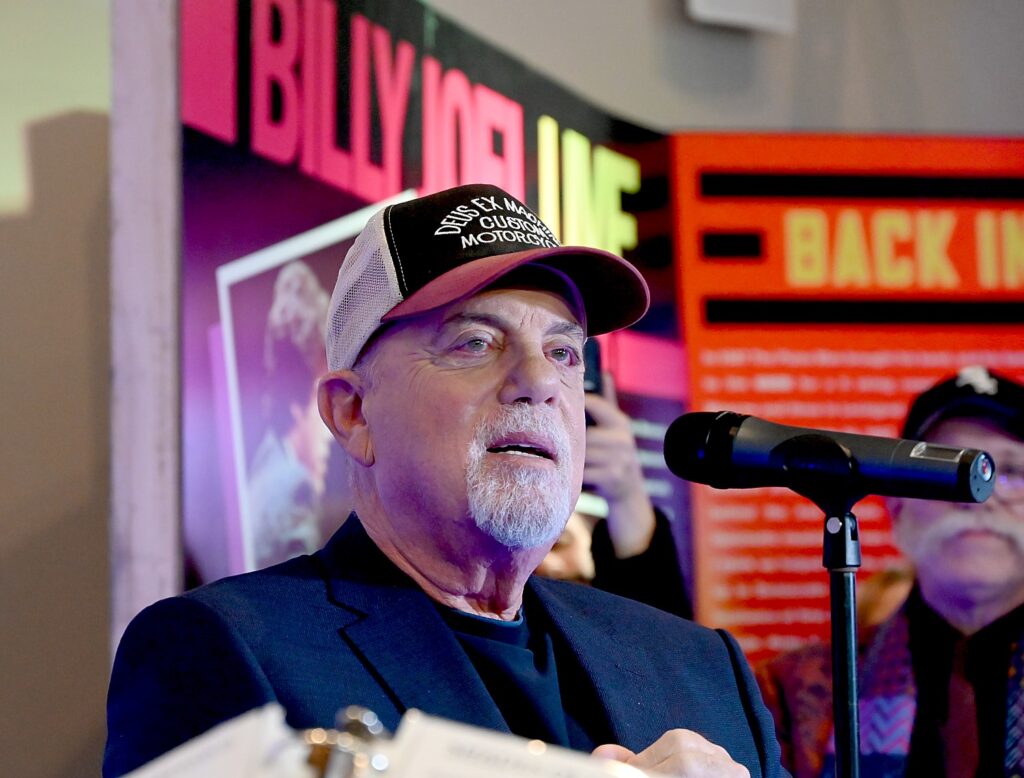
‘Billy Joel – My Life, A Piano Man’s Journey’ Exhibit at LIMEHOF Extended: The Long Island Music and Entertainment Hall of Fame (LIMEHOF) has is extending the run of the first ever exhibit dedicated exclusively to LIMEHOF Inductee and Legendary Long Island Musician Billy Joel through spring 2025. Billy Joel- My Life, A Piano Man’s Journey spans Joel’s life and career from growing up in Hicksville to his legendary run at Madison Square Garden. It includes over 50 years of Billy Joel’s most cherished items including rare memorabilia, behind-the-scenes video, dozens of awards, rare audio and video recordings, vintage instruments and historic photos, many donated by Billy Joel himself. Timed entry and VIP tickets and special holiday packages and gift cards are available at www.TheBillyExhibit.com (LIMEHOF, 97 Main Street, Stony Brook, Long Island, www.limusichalloffame.org).
_______________________
© 2024 Travel Features Syndicate, a division of Workstyles, Inc. All rights reserved. Visit goingplacesfarandnear.com and travelwritersmagazine.com/TravelFeaturesSyndicate/. Blogging at goingplacesnearandfar.wordpress.com and moralcompasstravel.info. Visit instagram.com/going_places_far_and_near and instagram.com/bigbackpacktraveler/ Send comments or questions to FamTravLtr@aol.com. Tweet @TravelFeatures. ‘Like’ us at facebook.com/NewsPhotoFeatures
